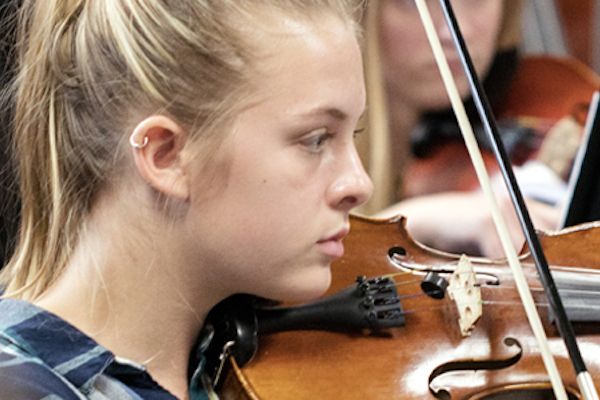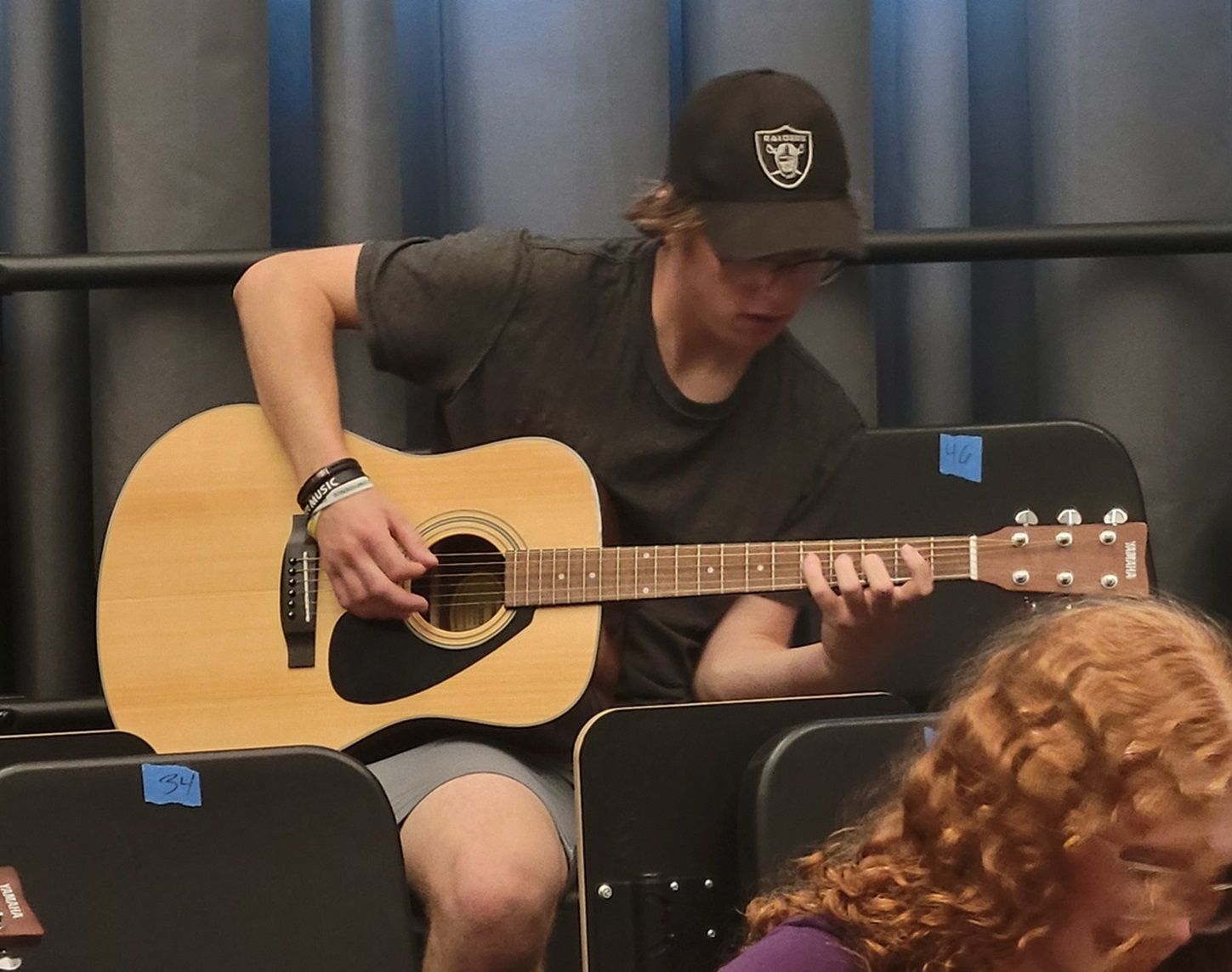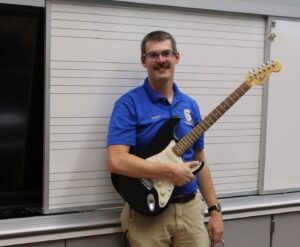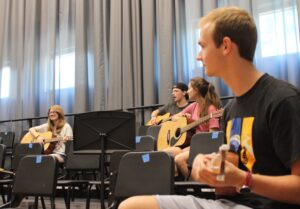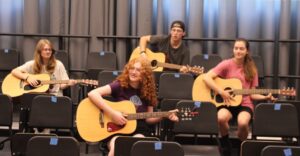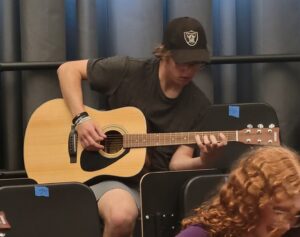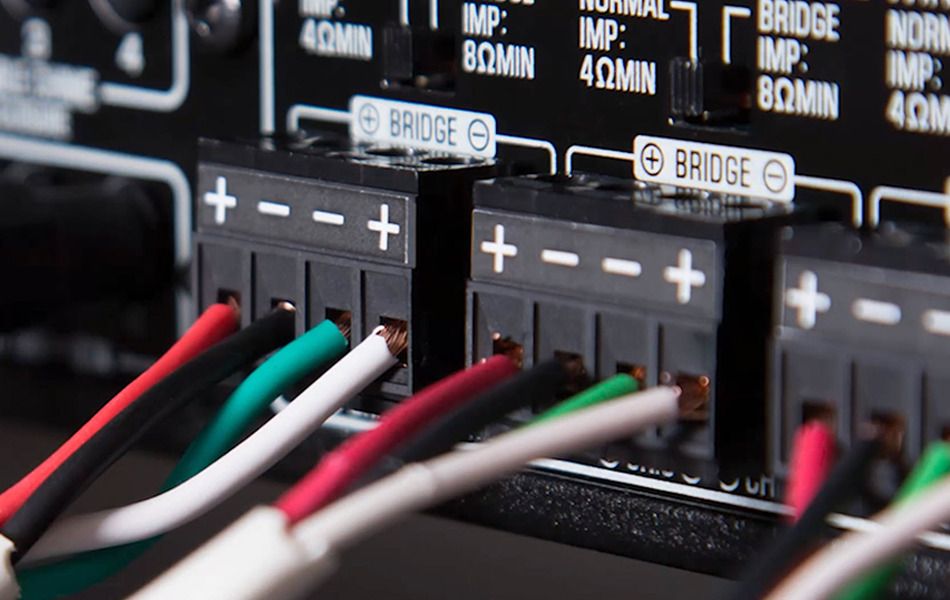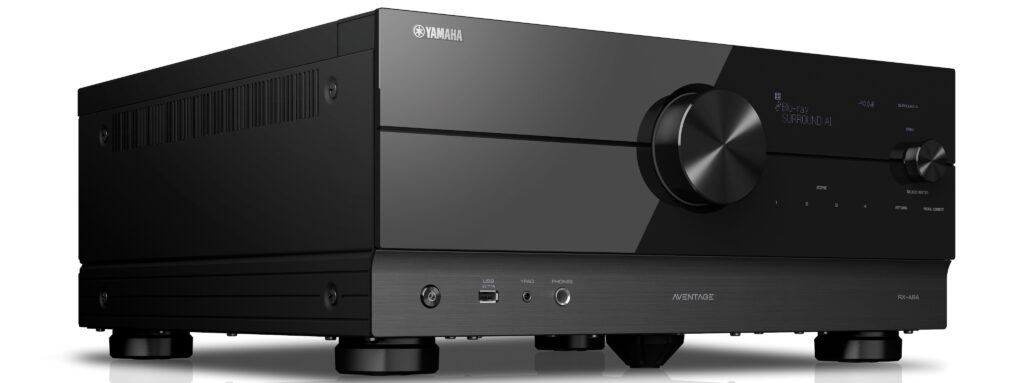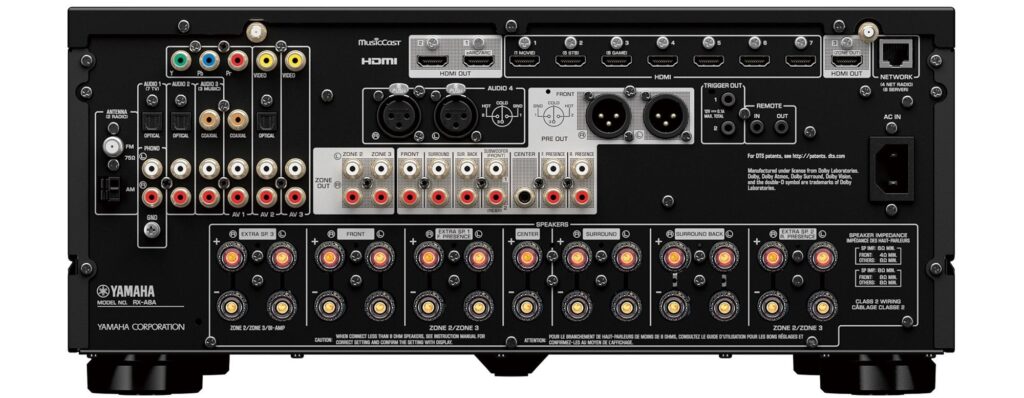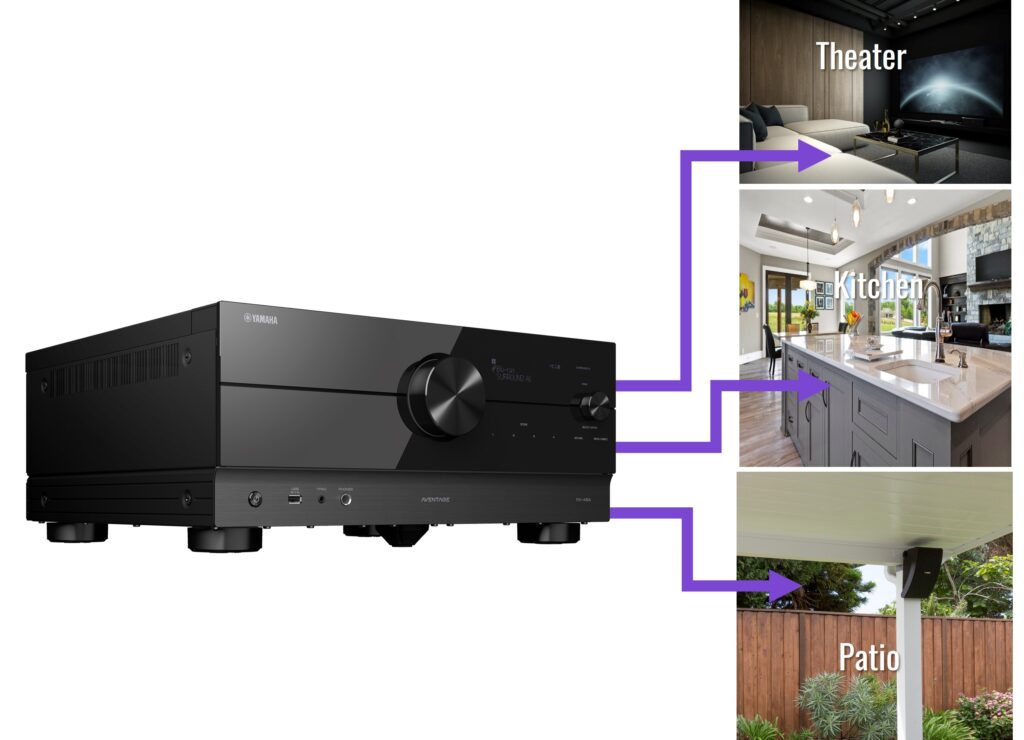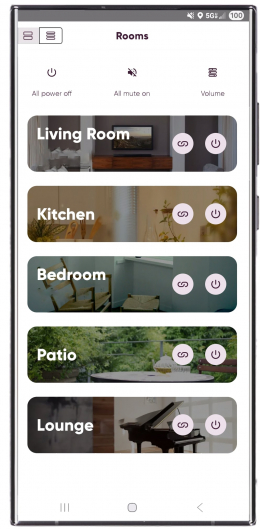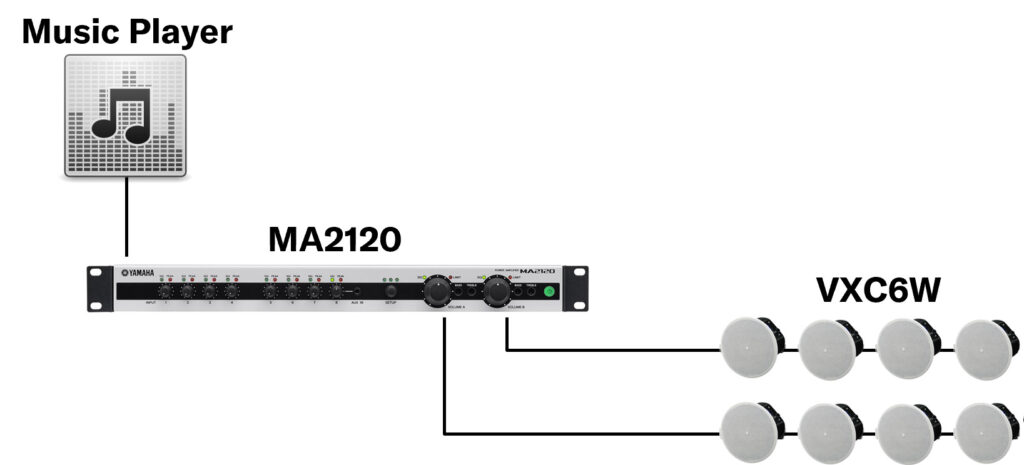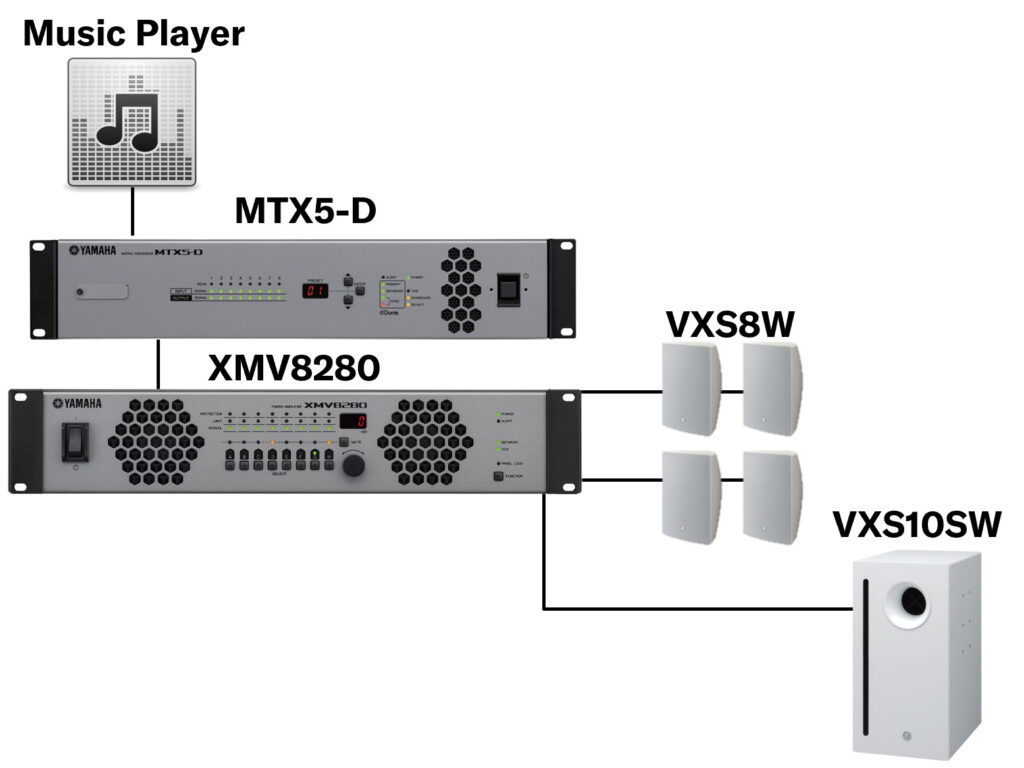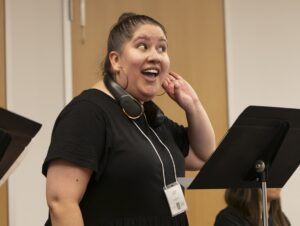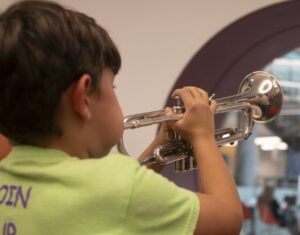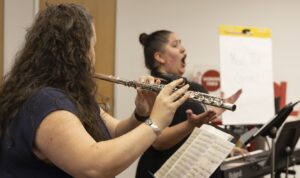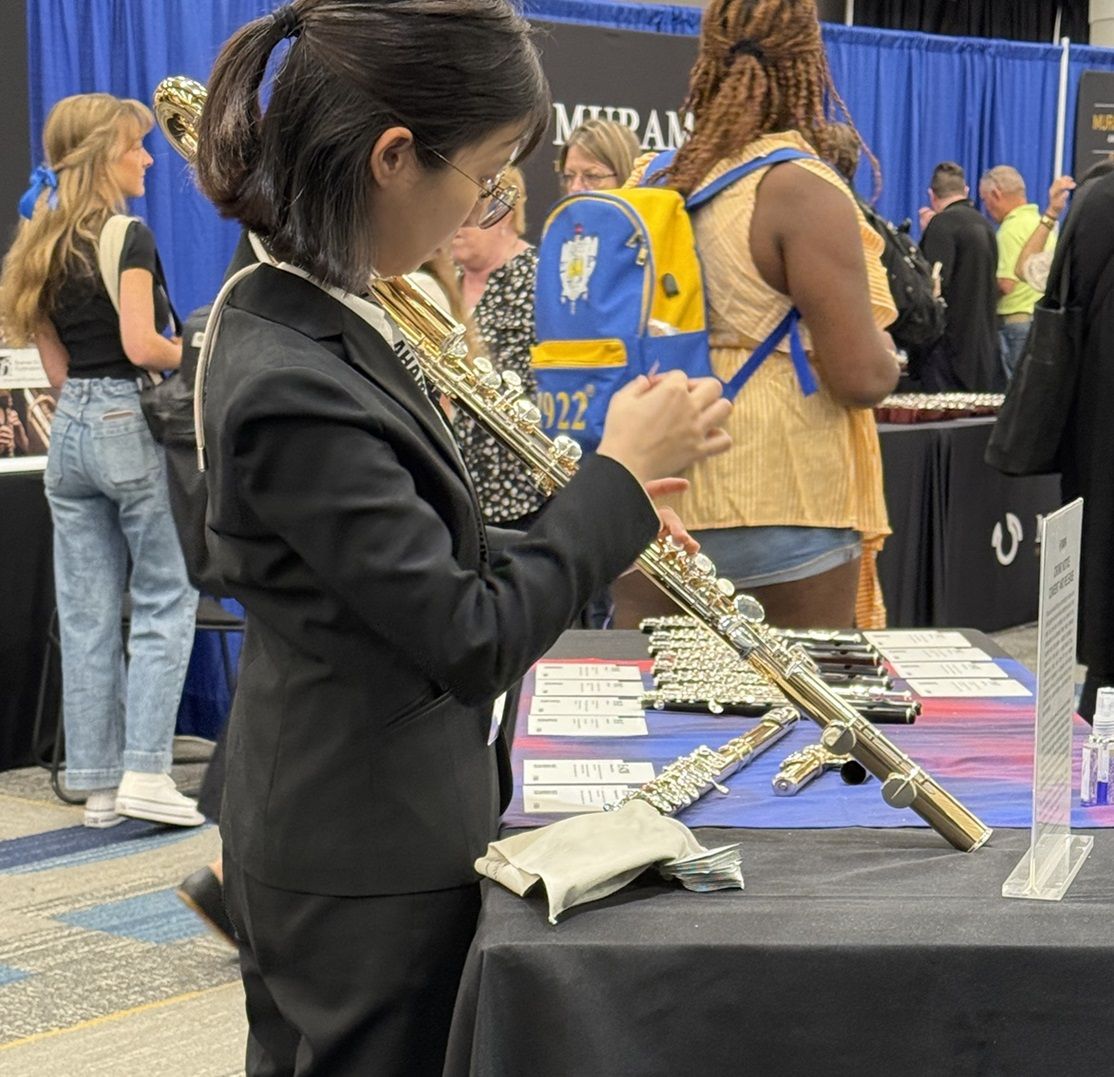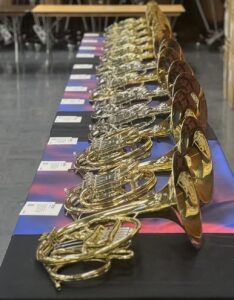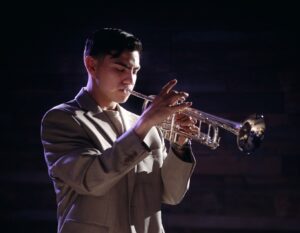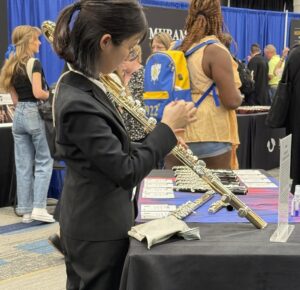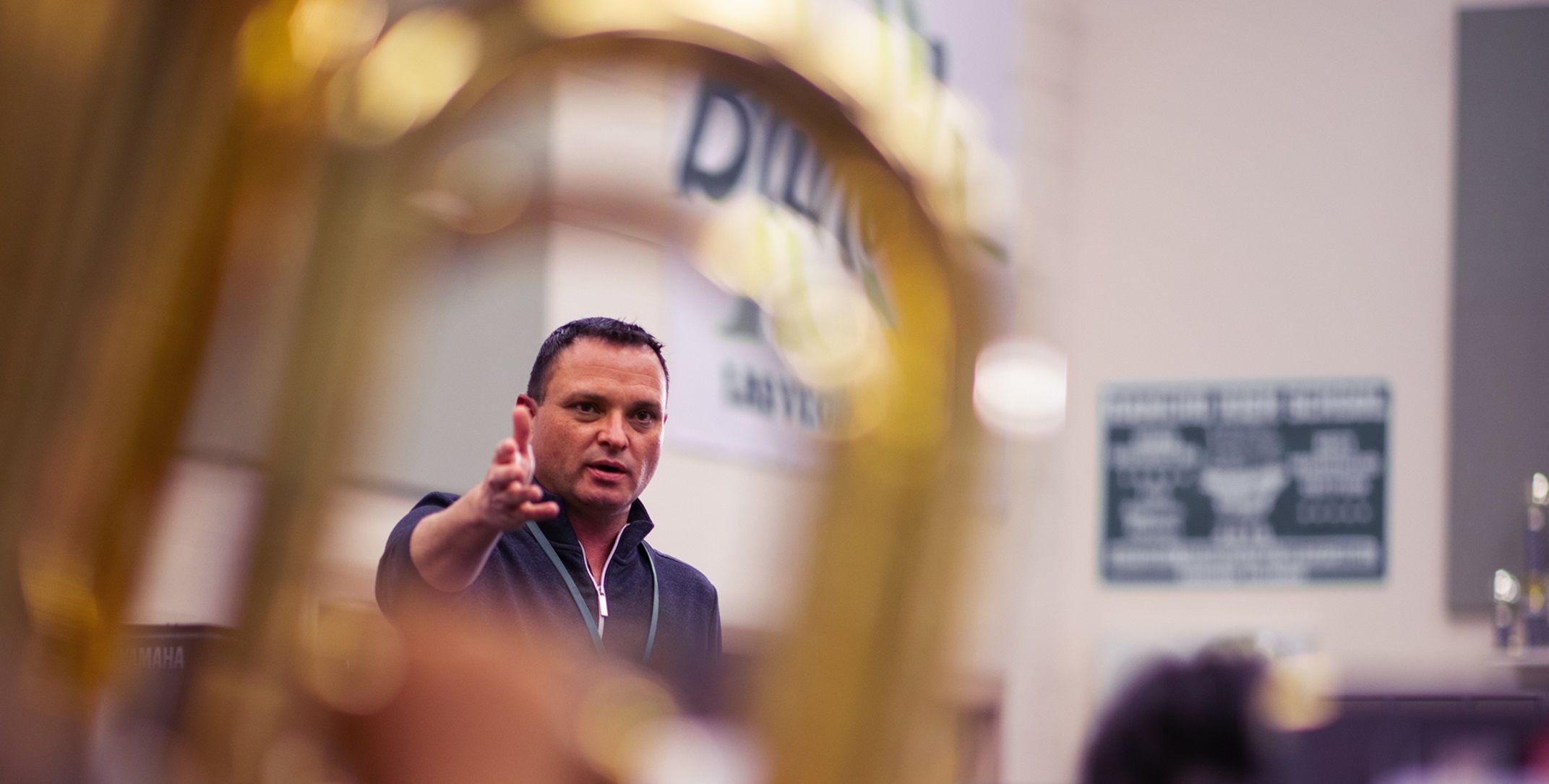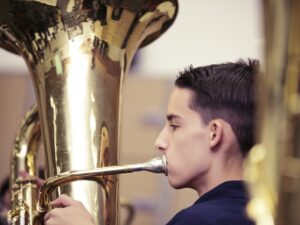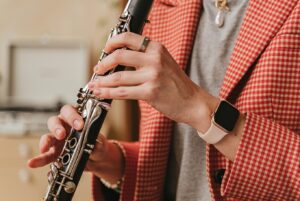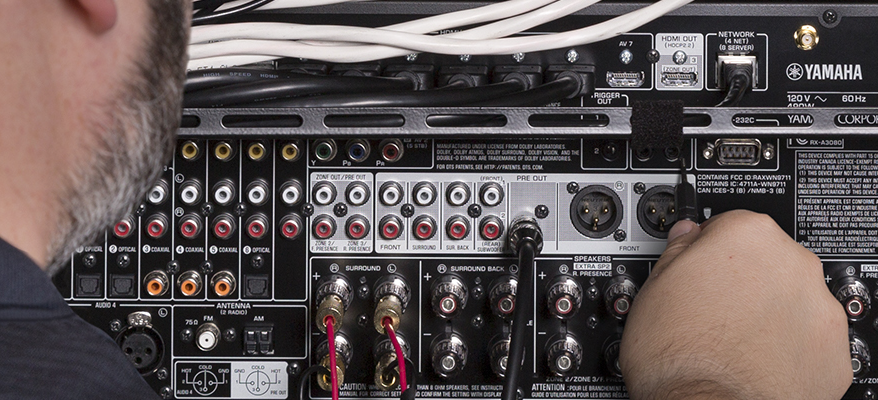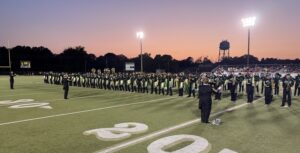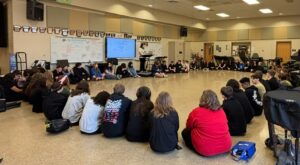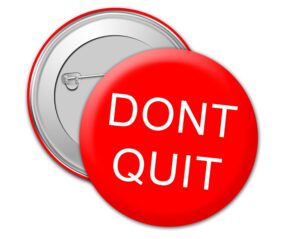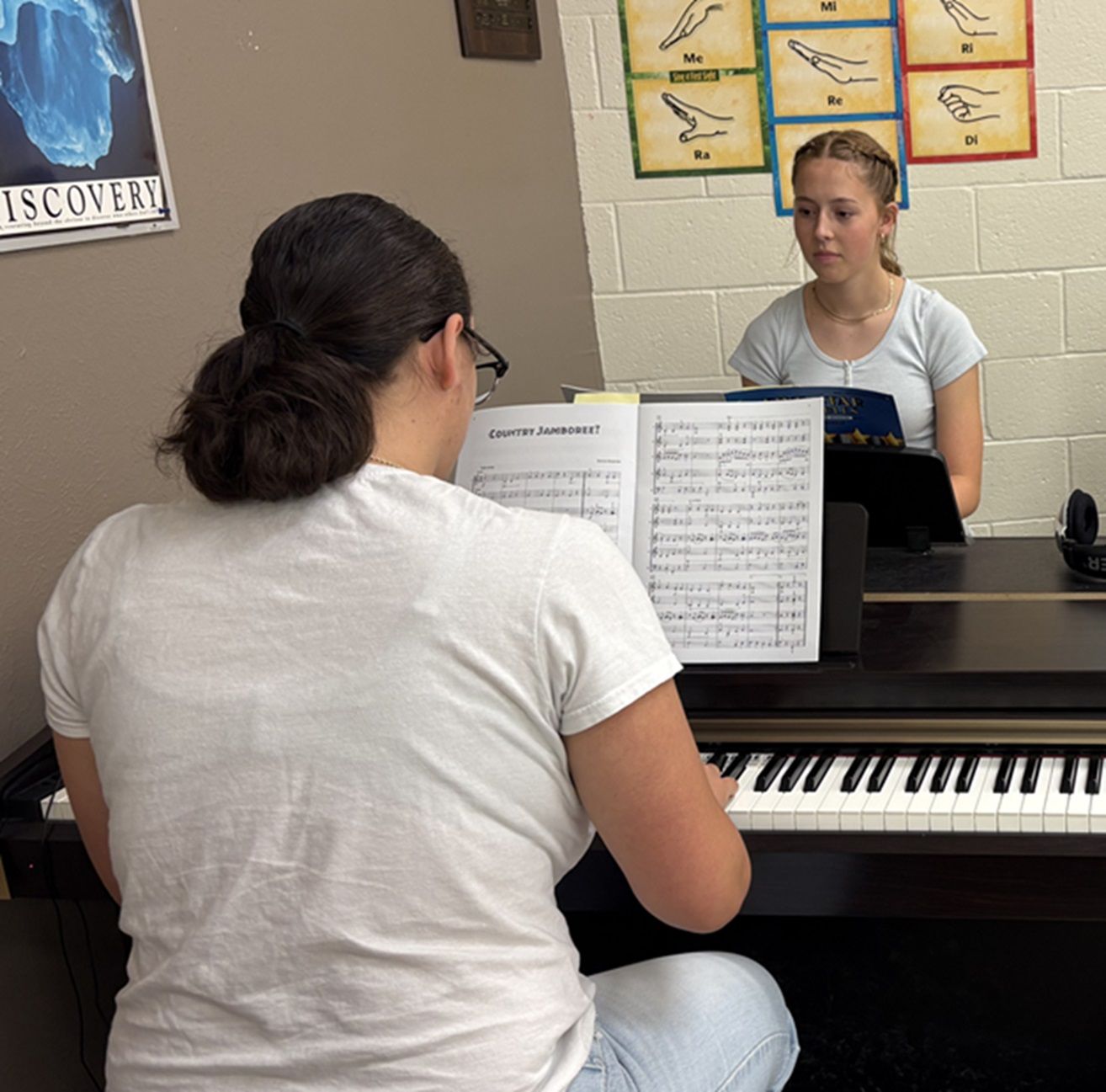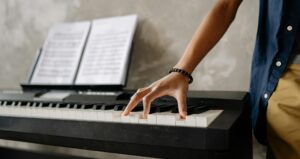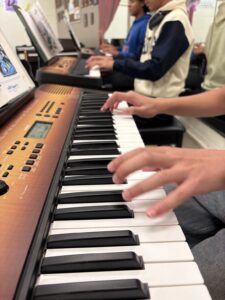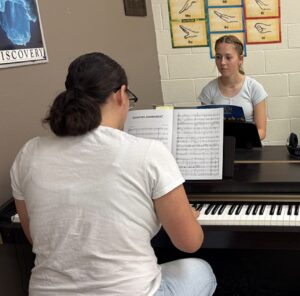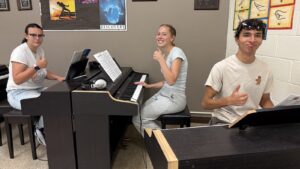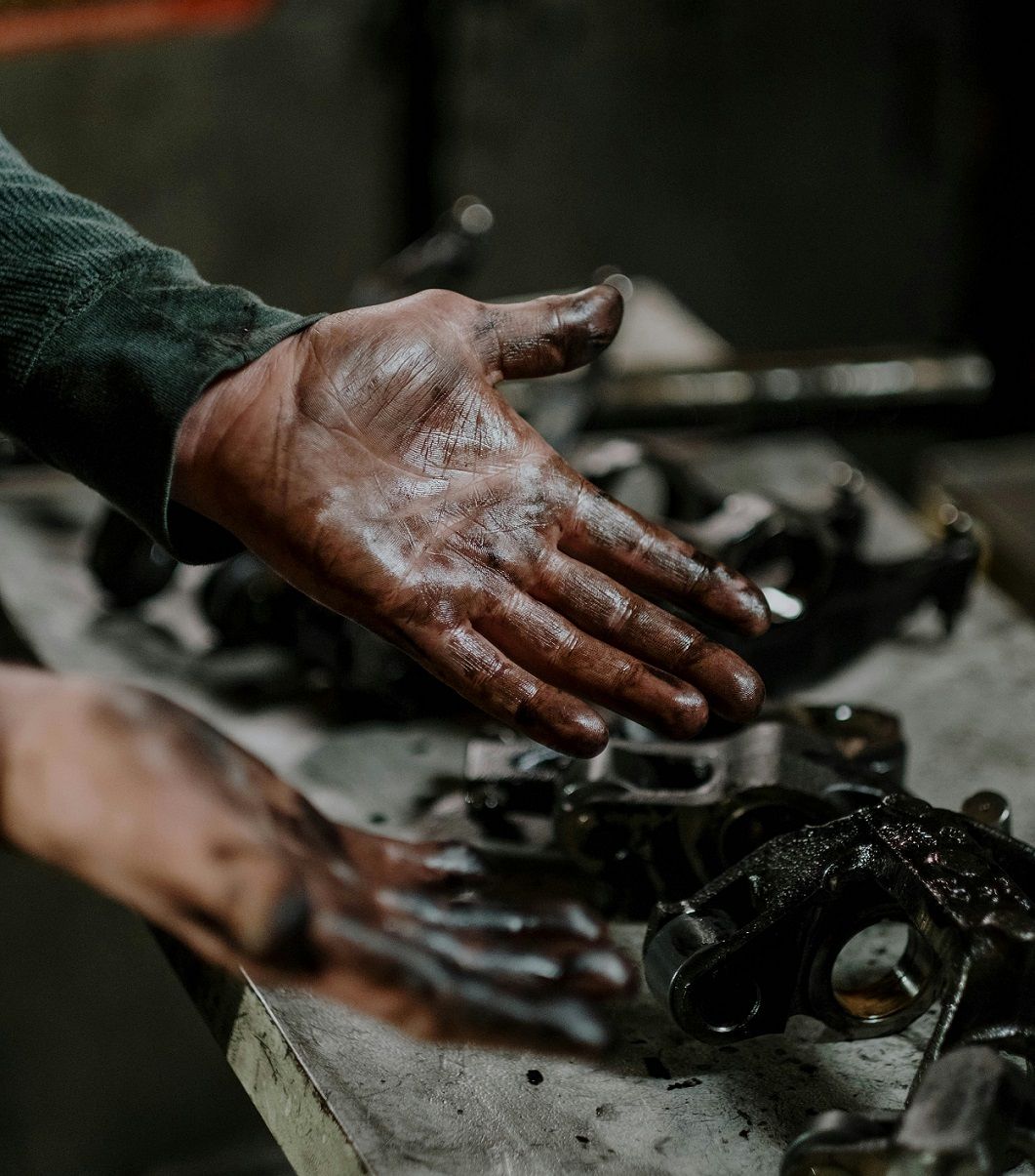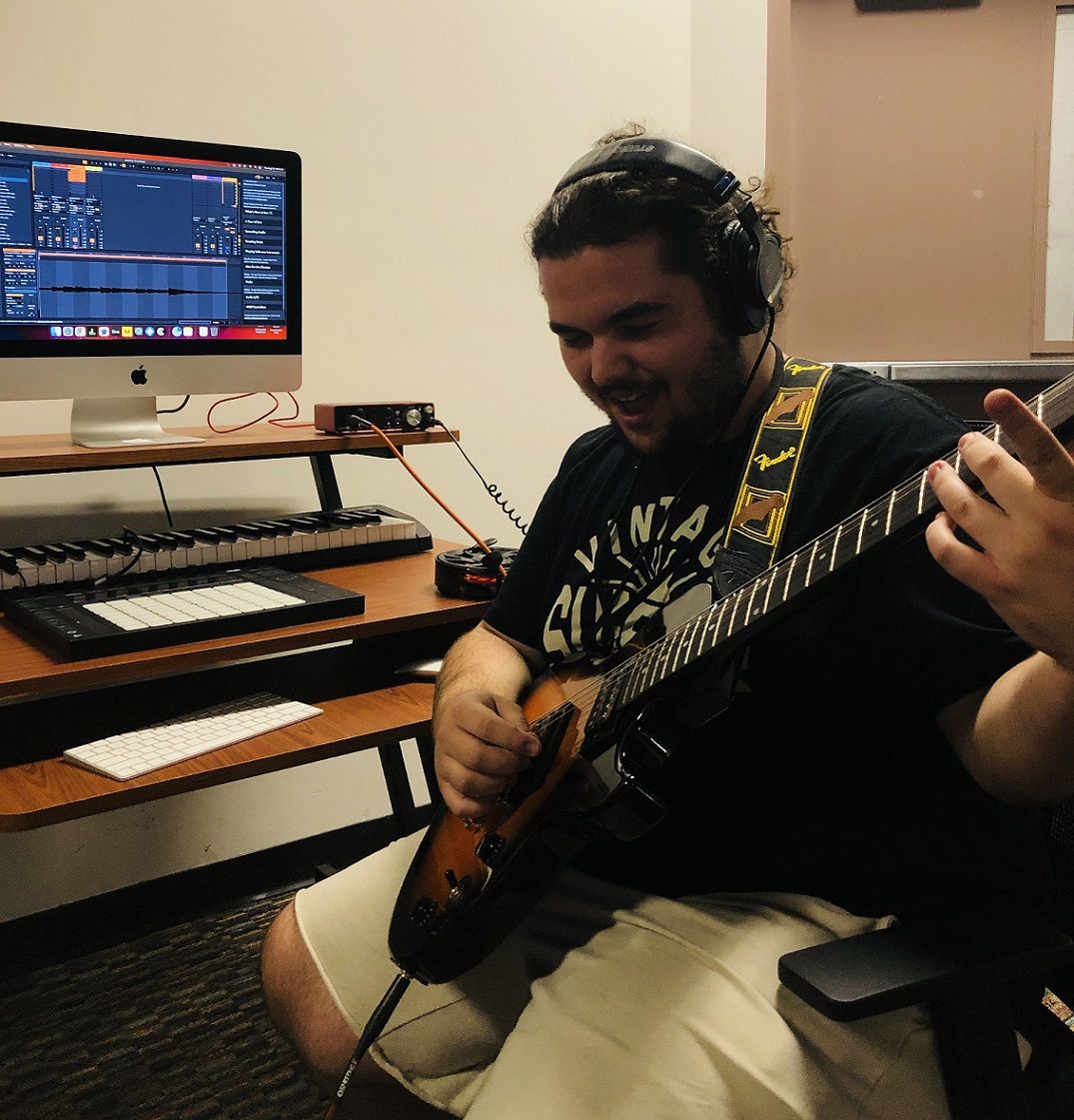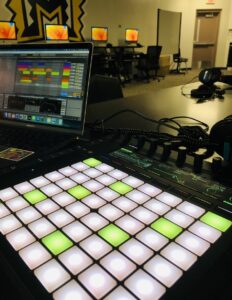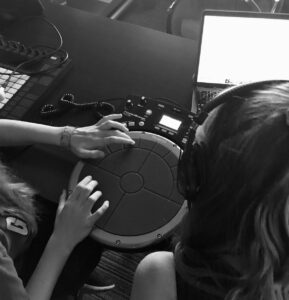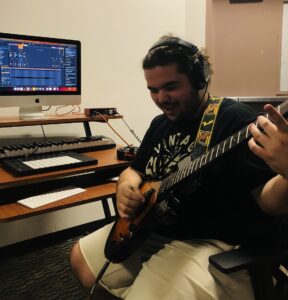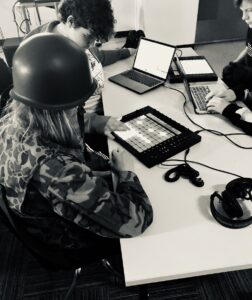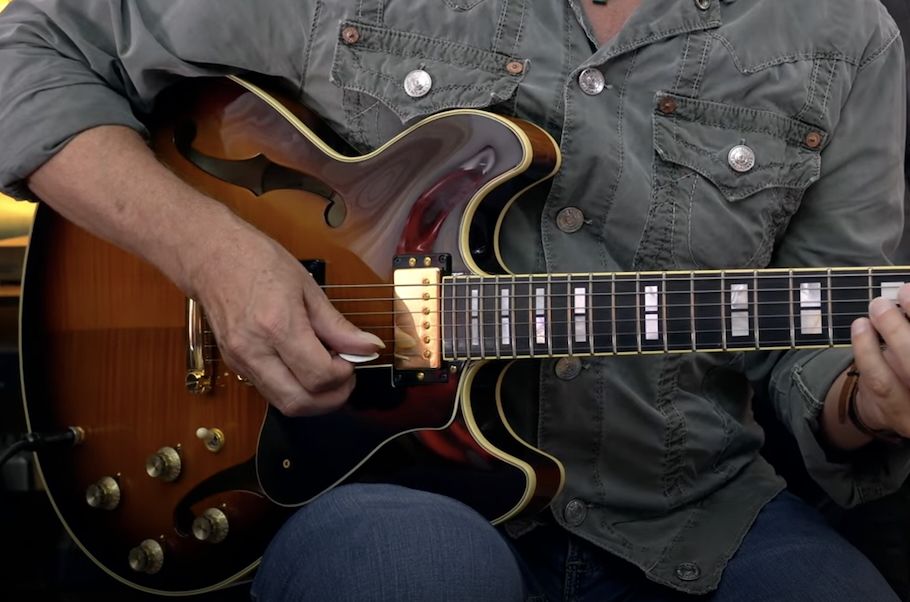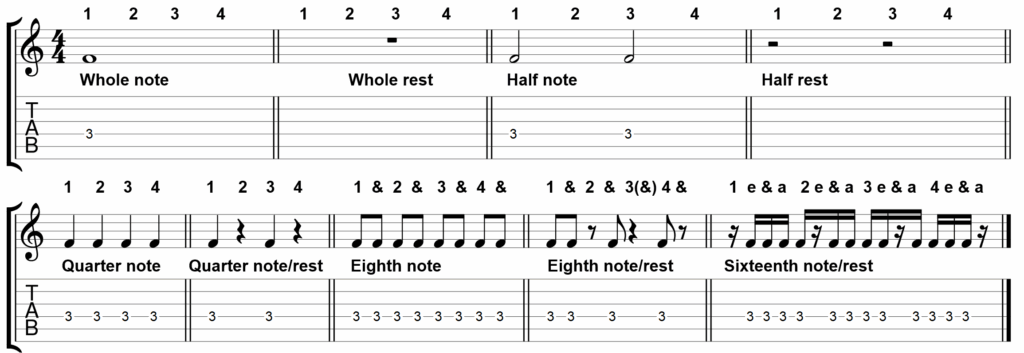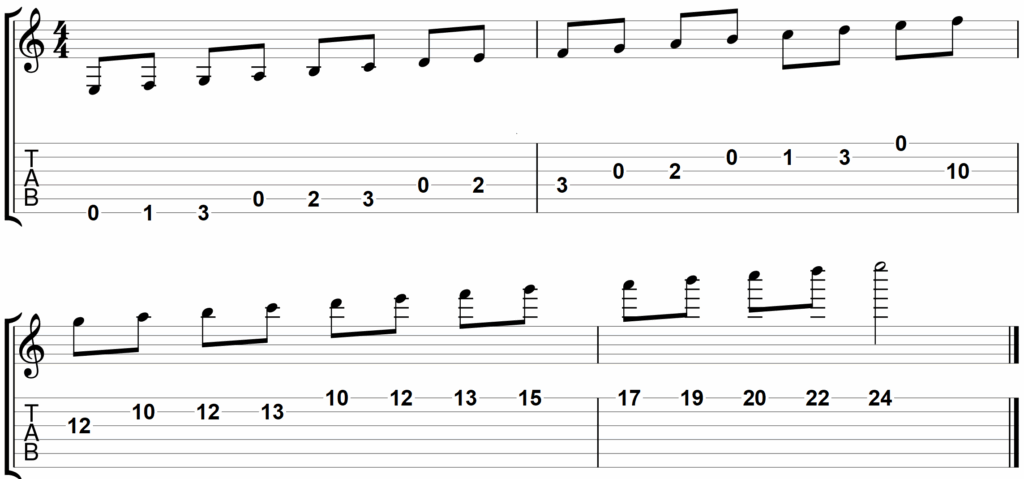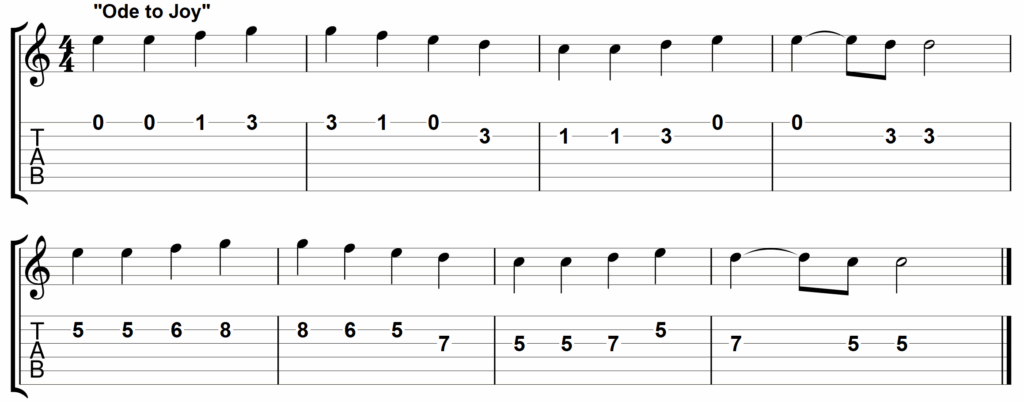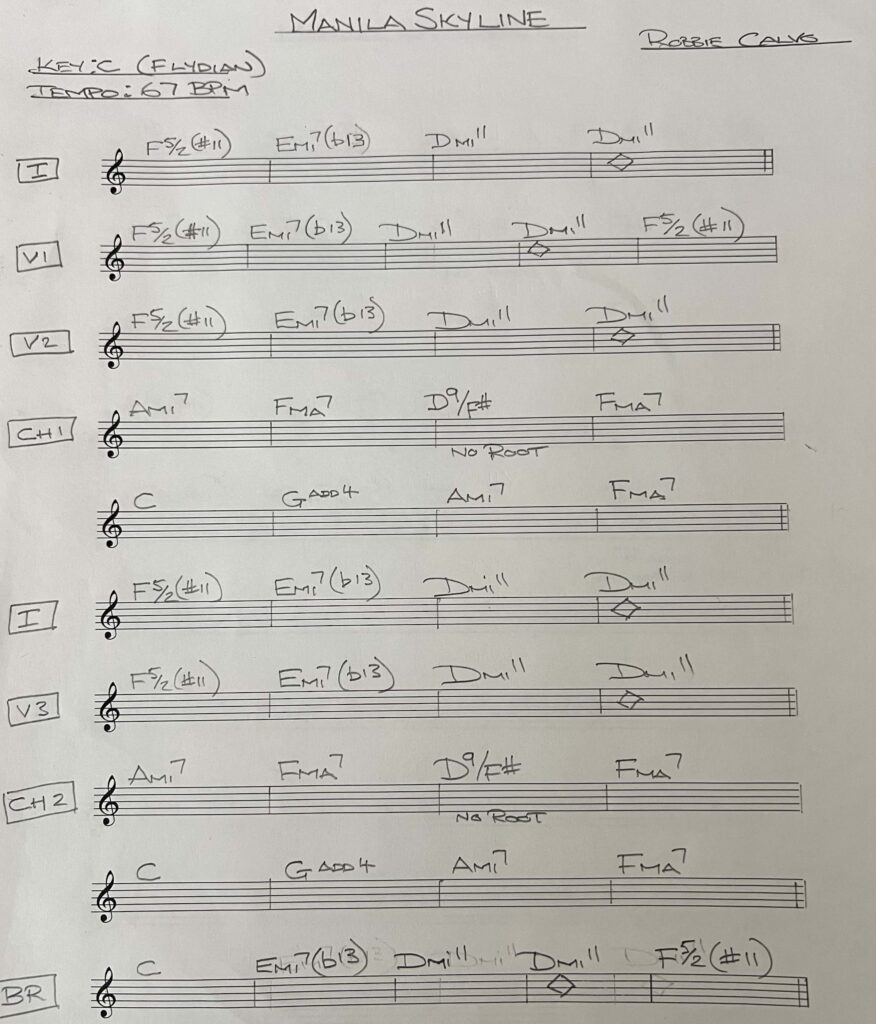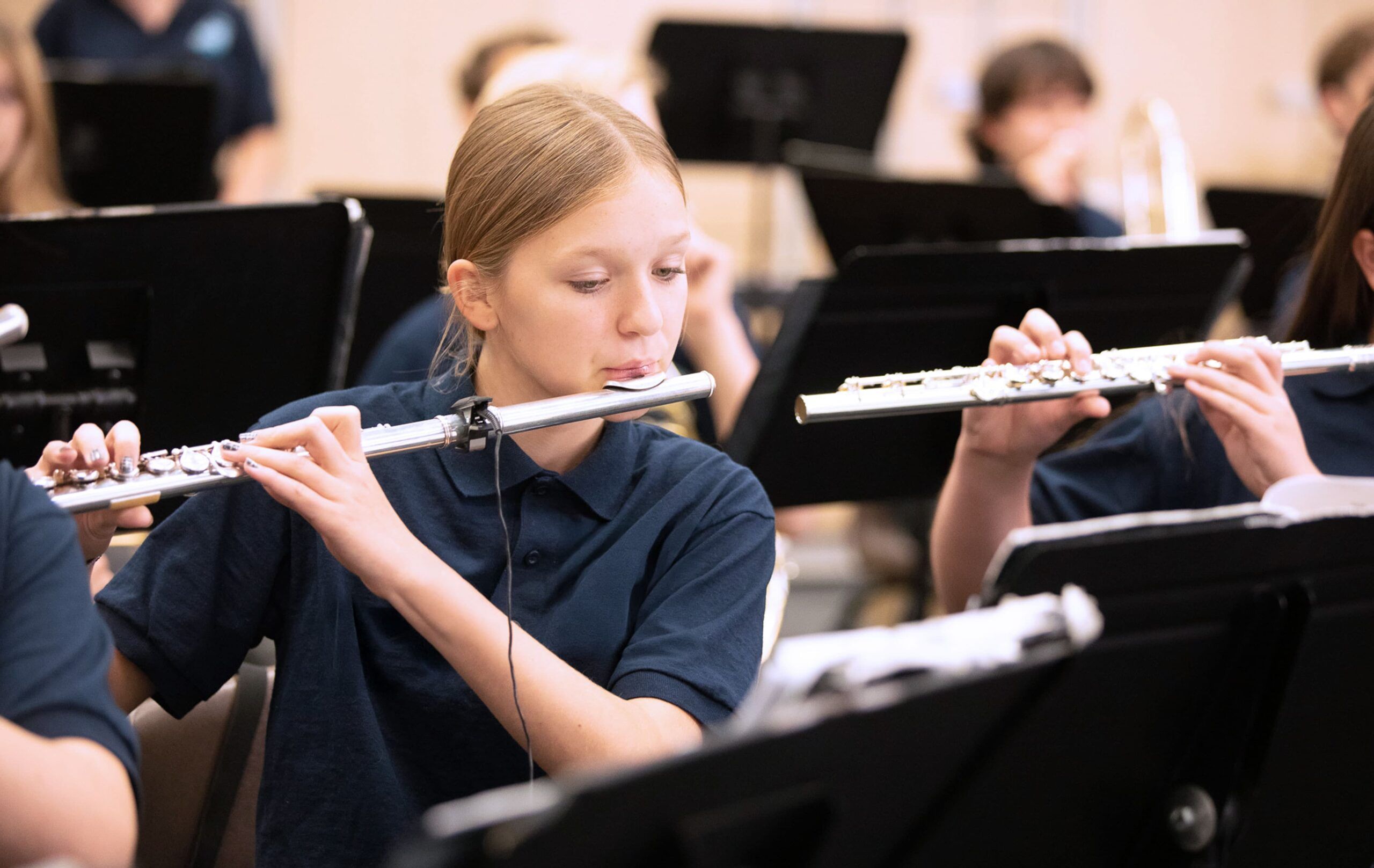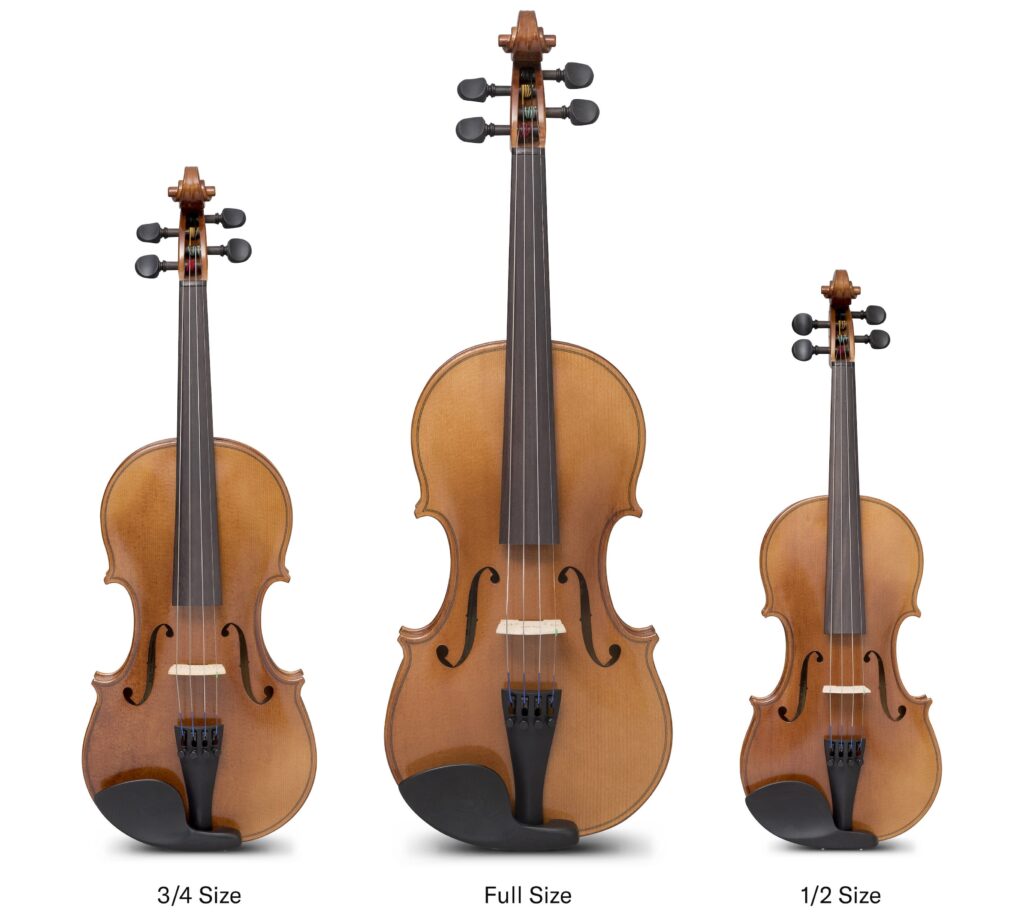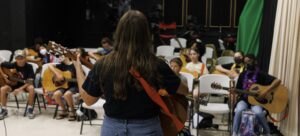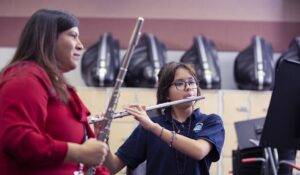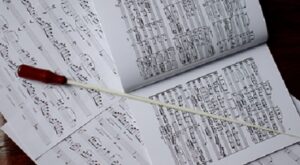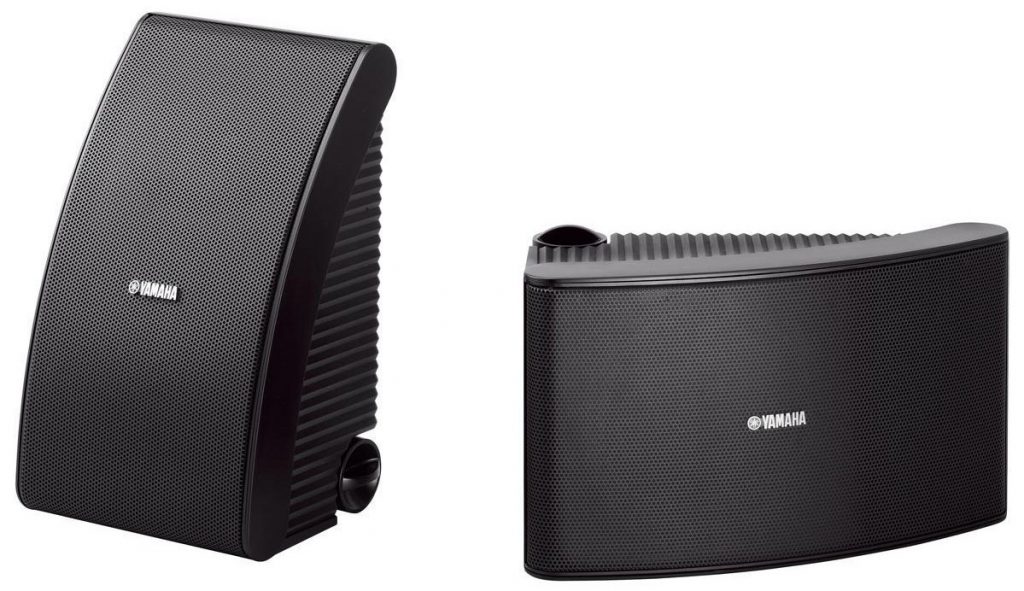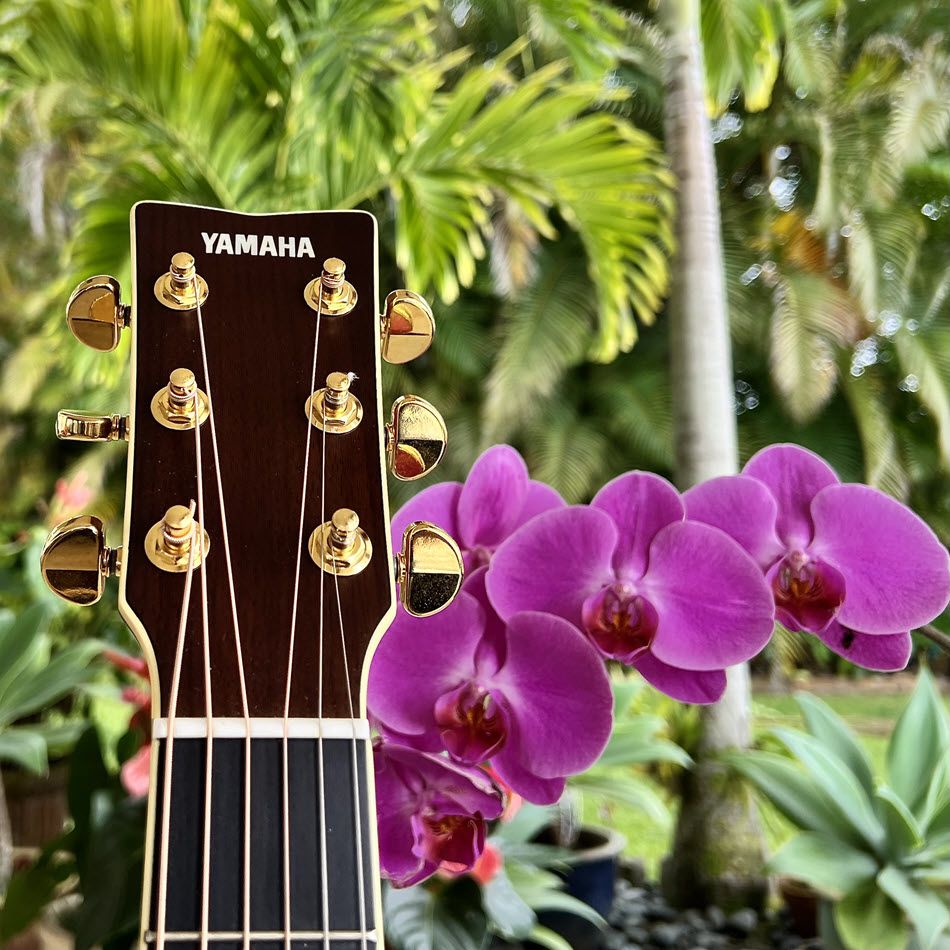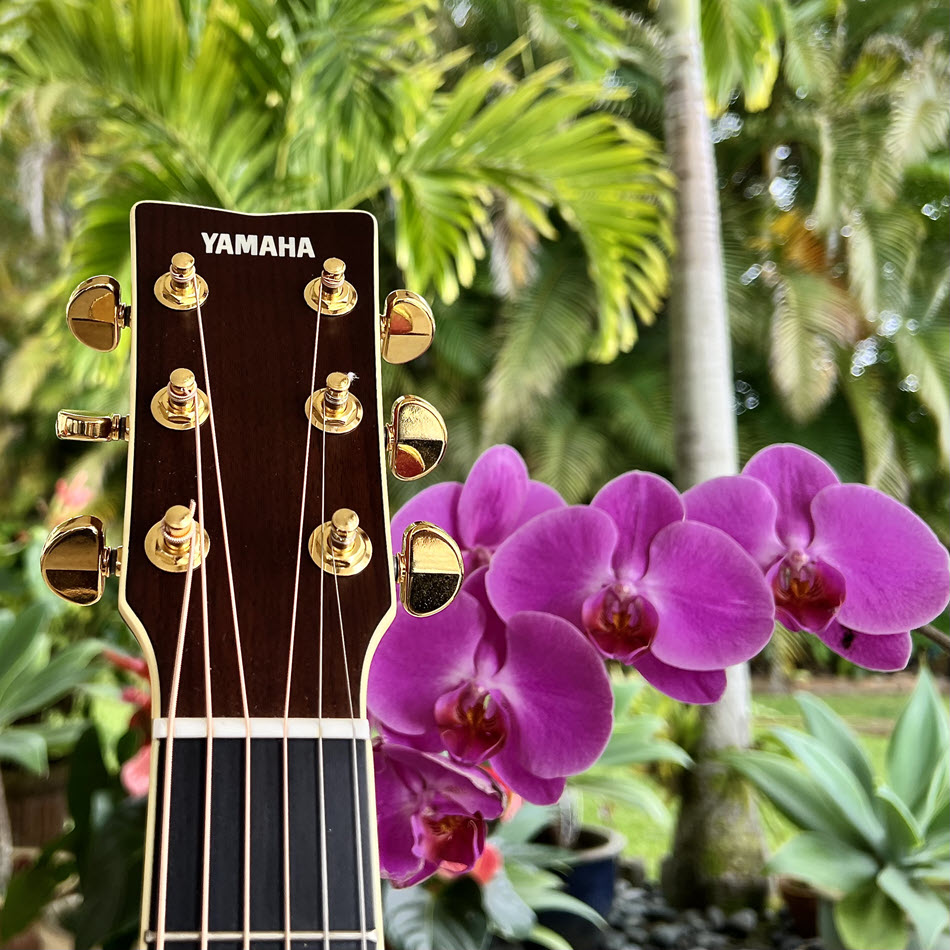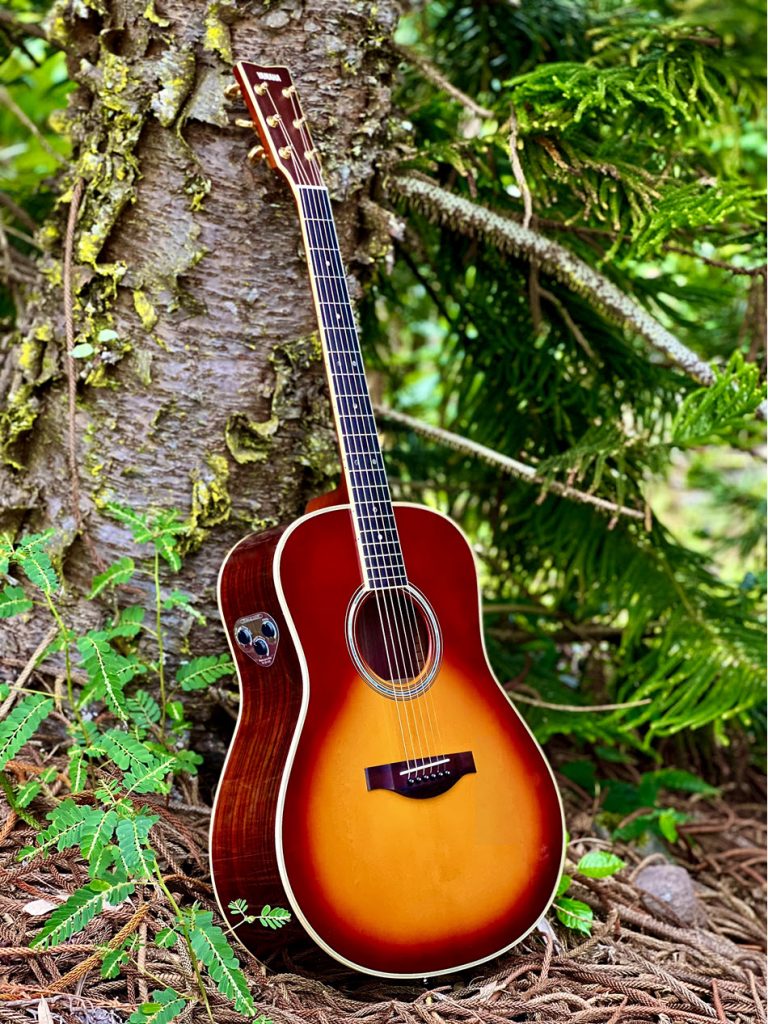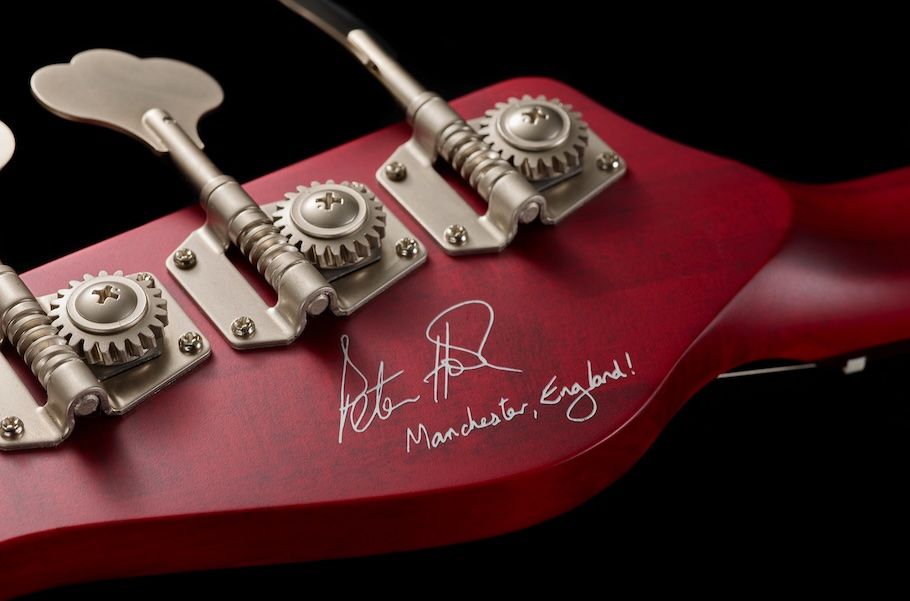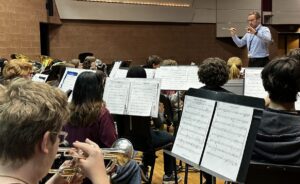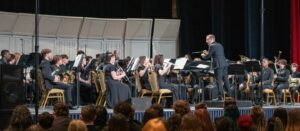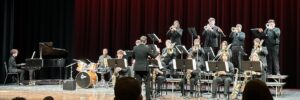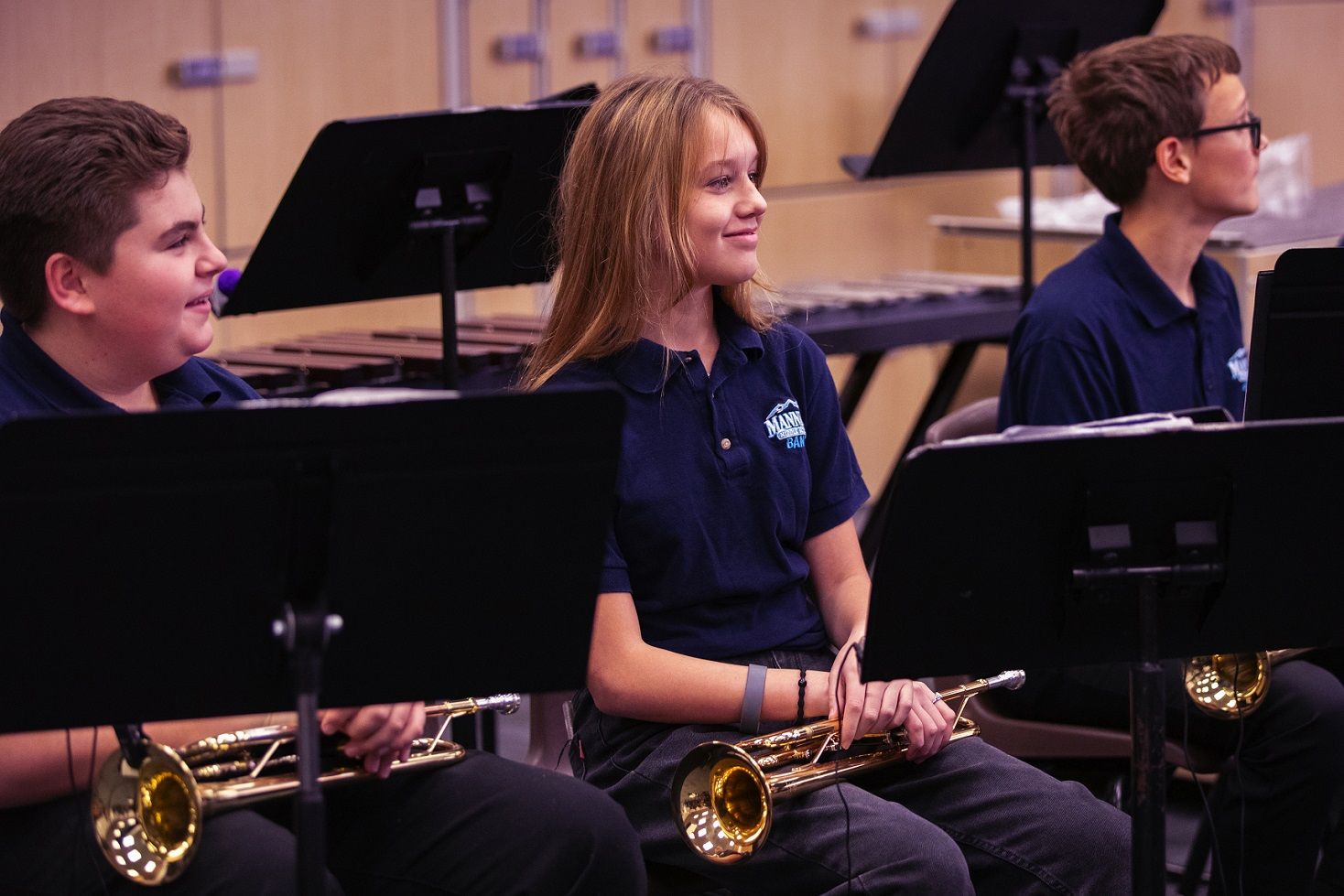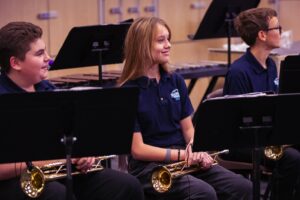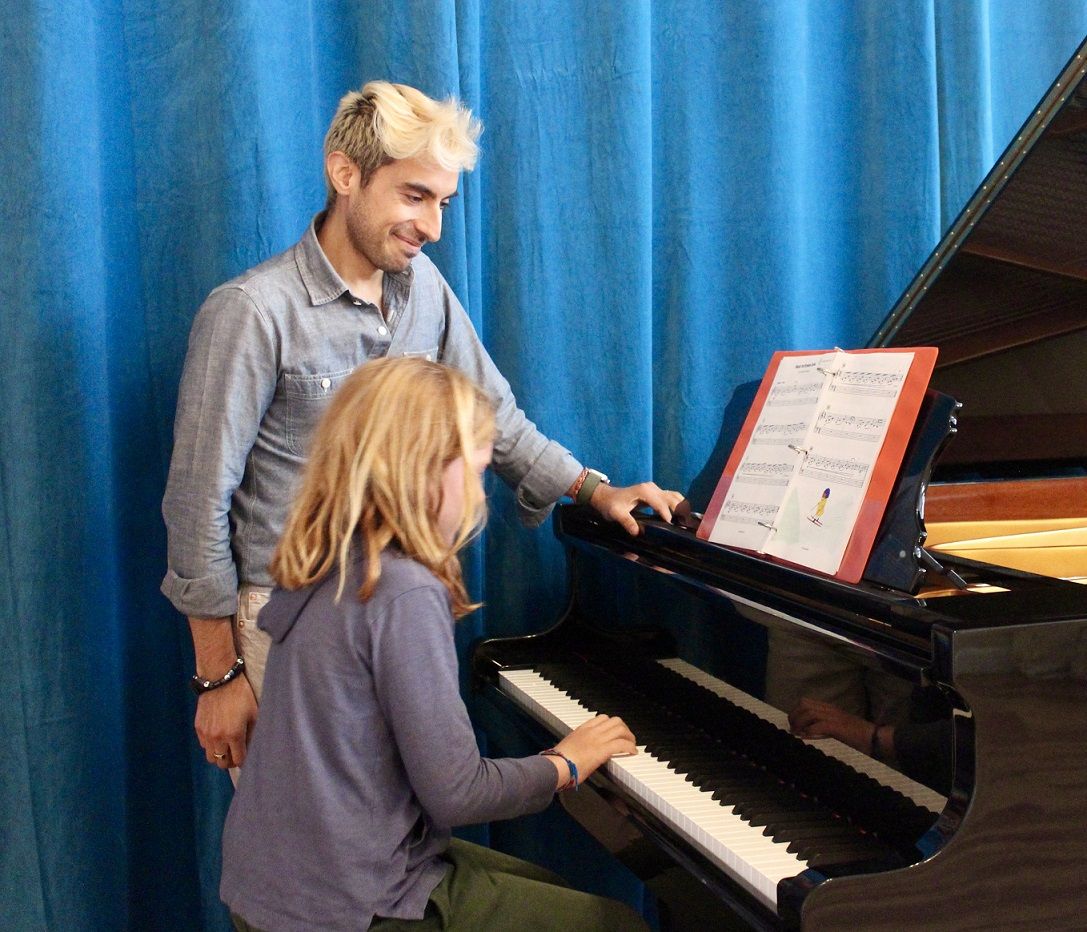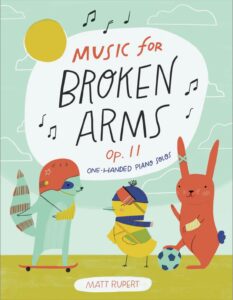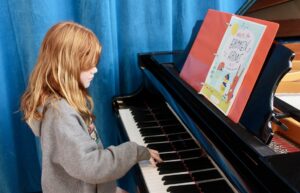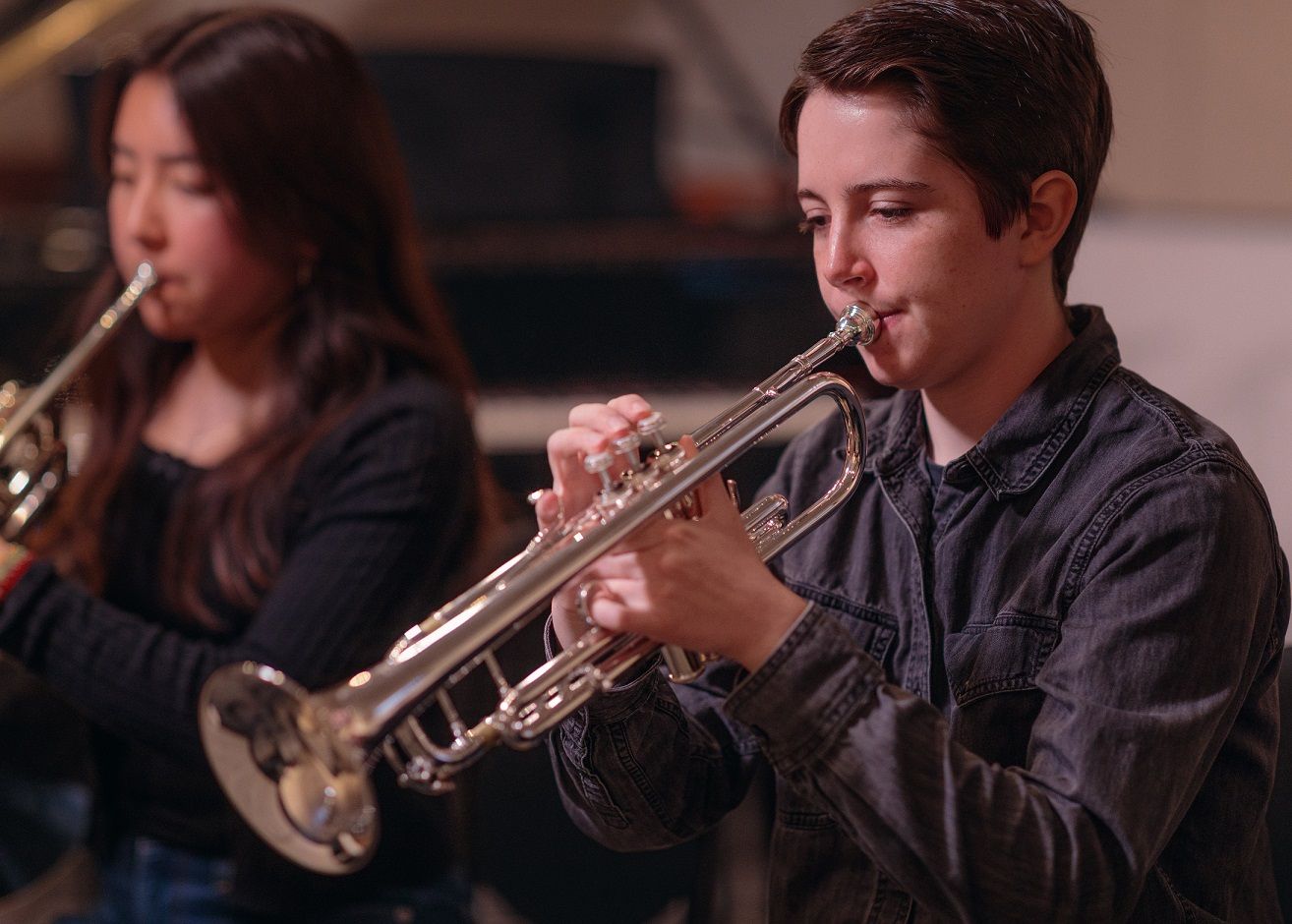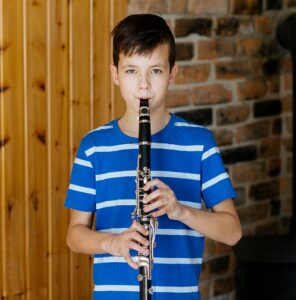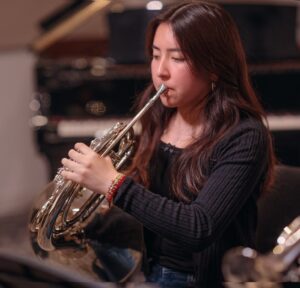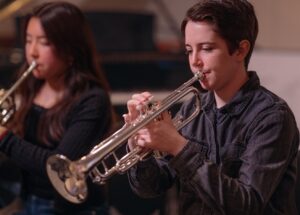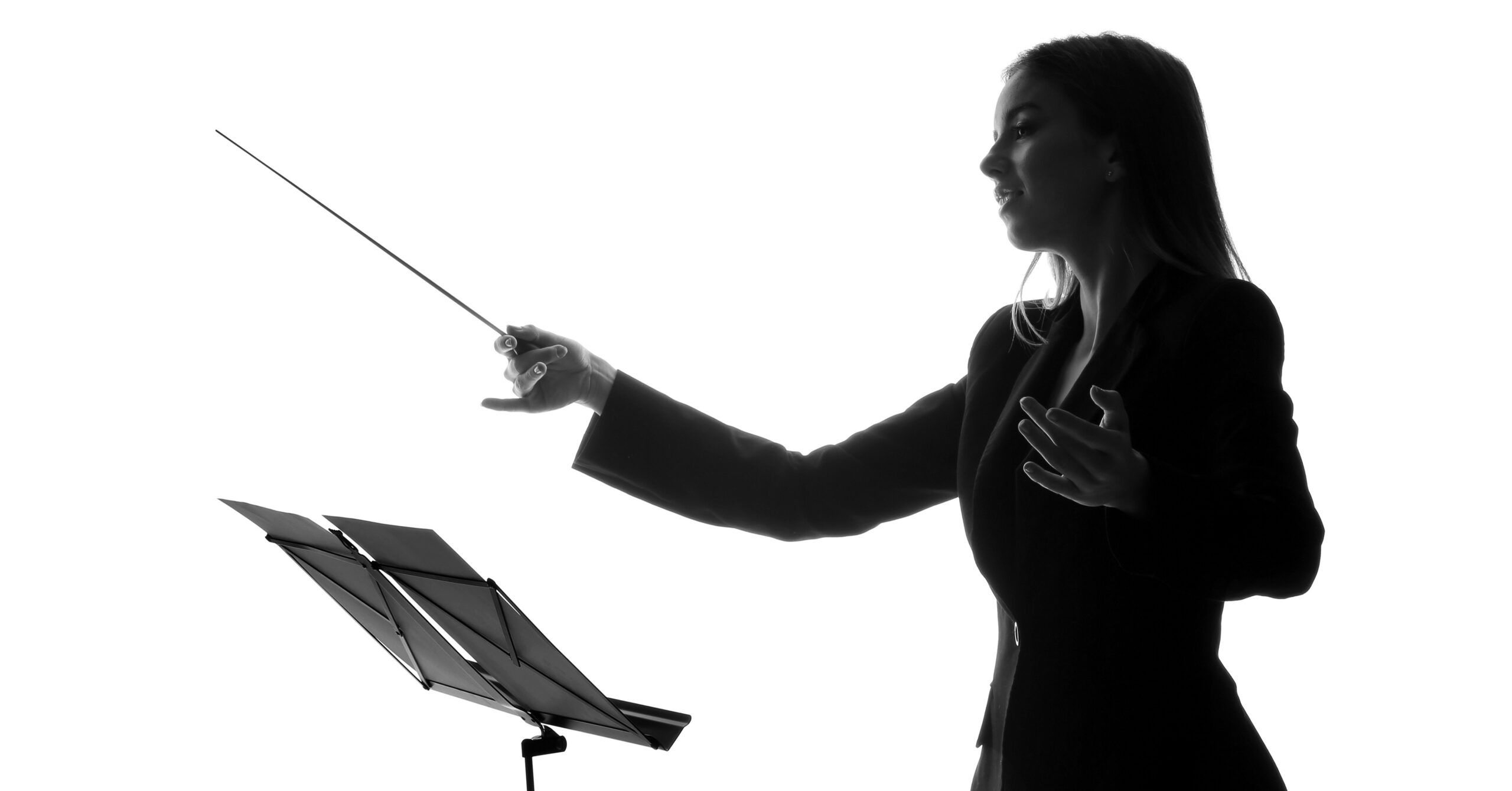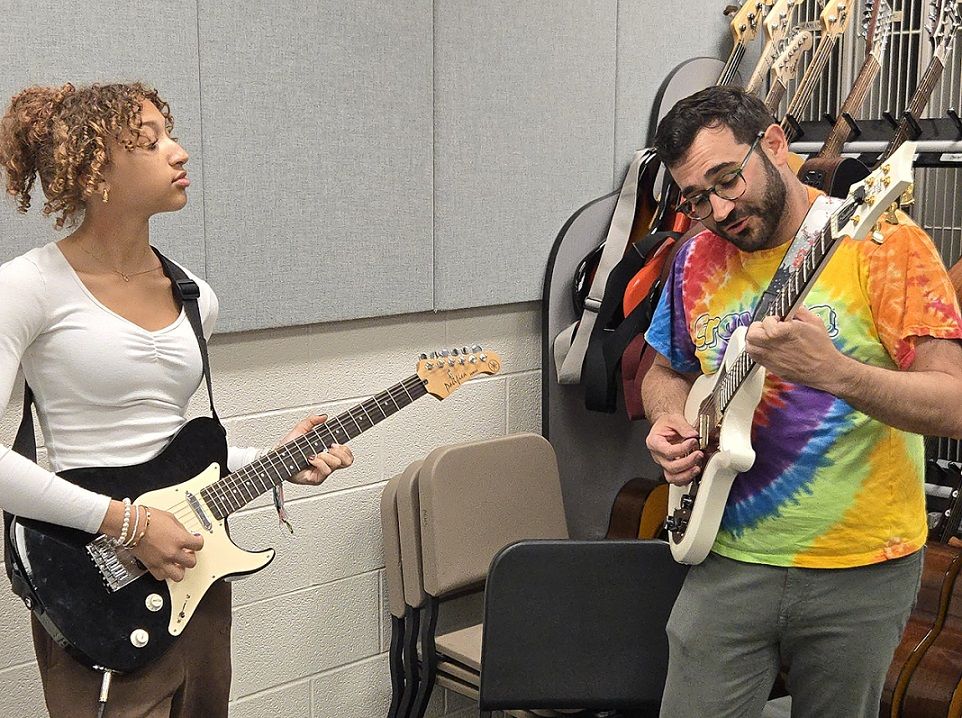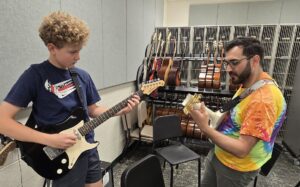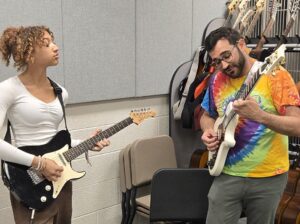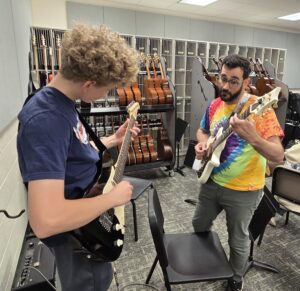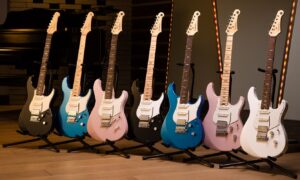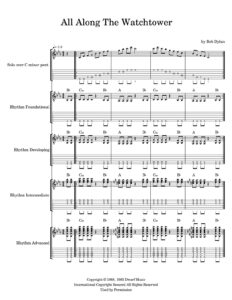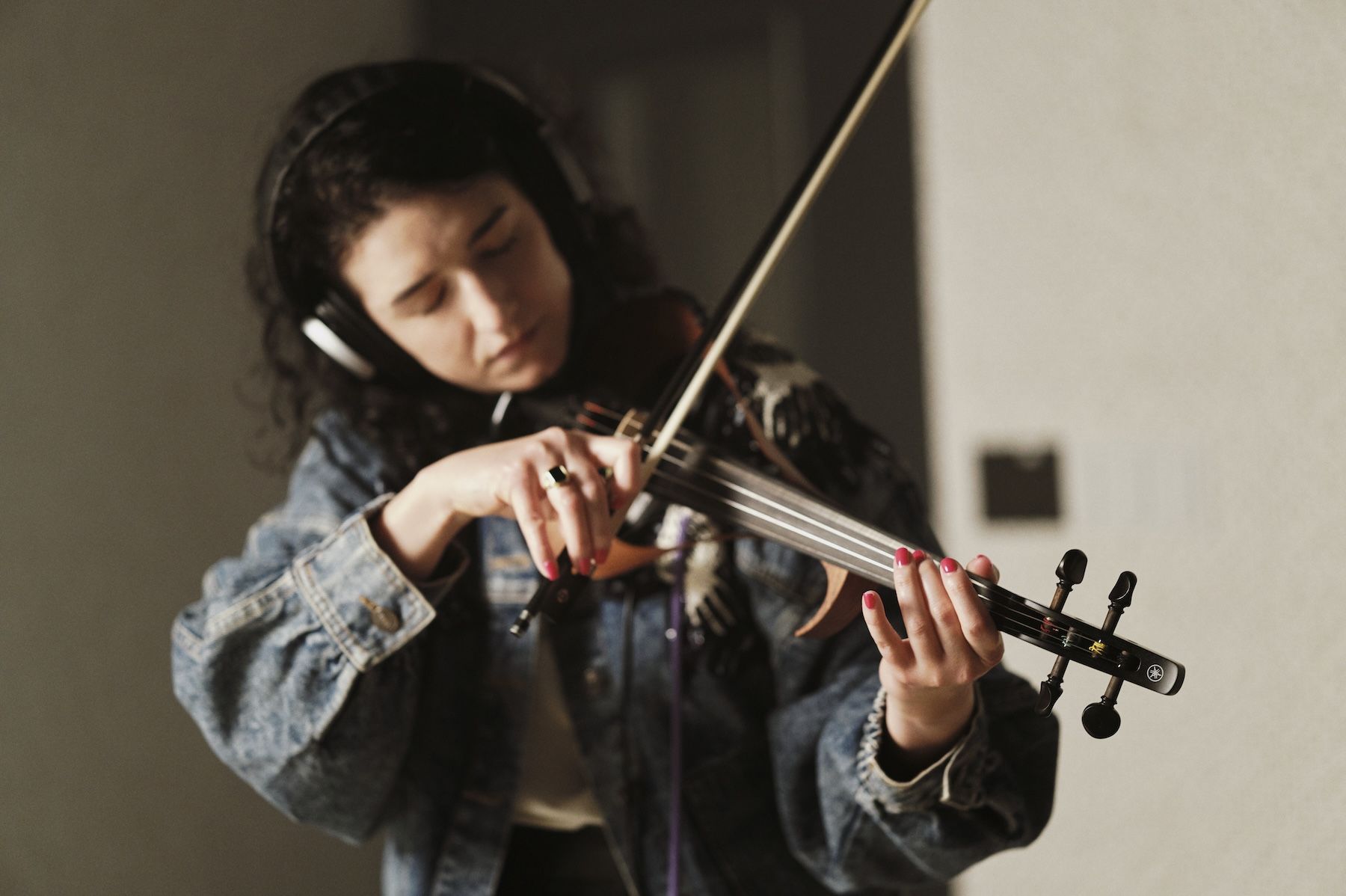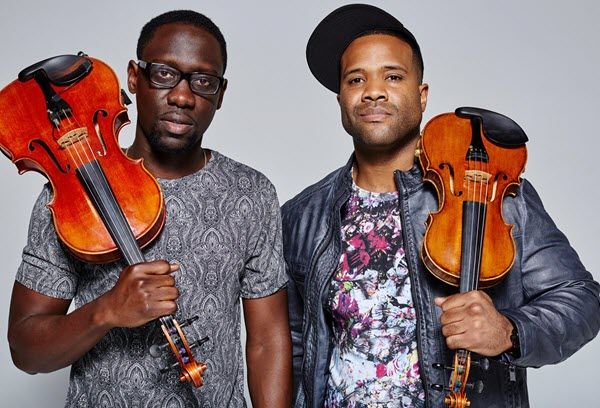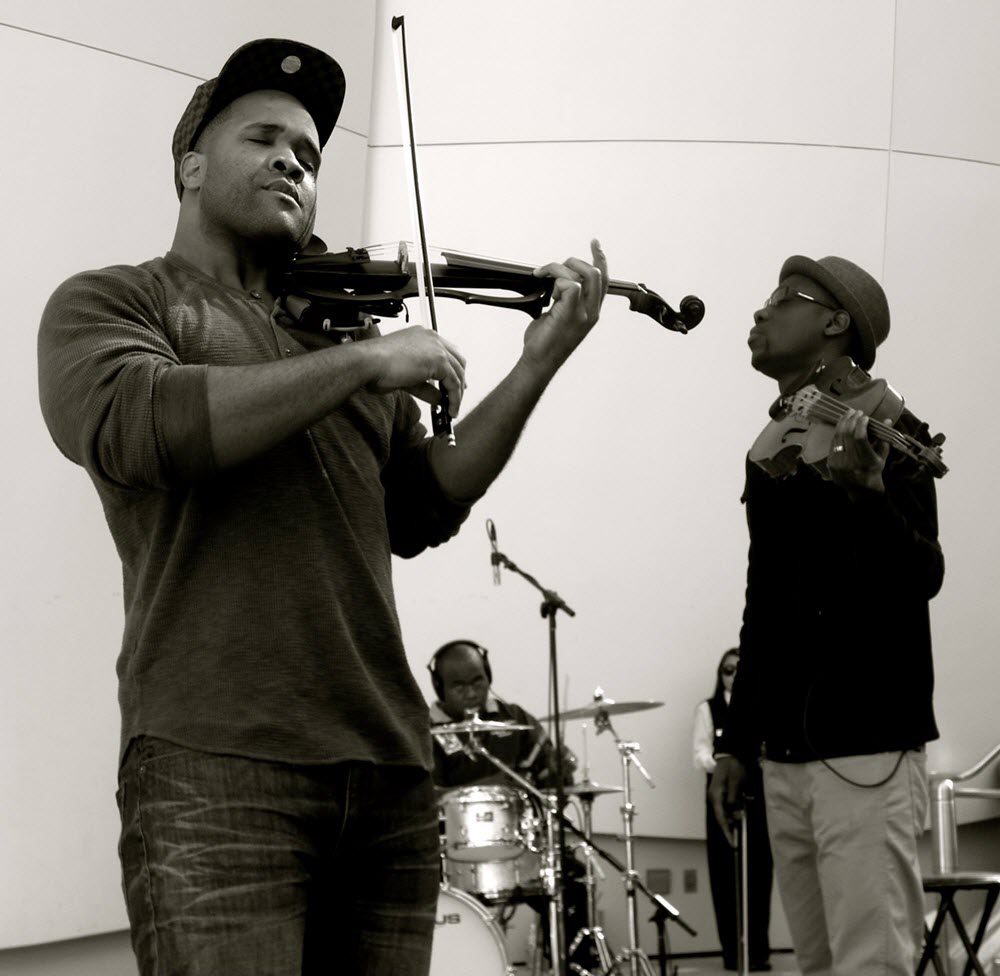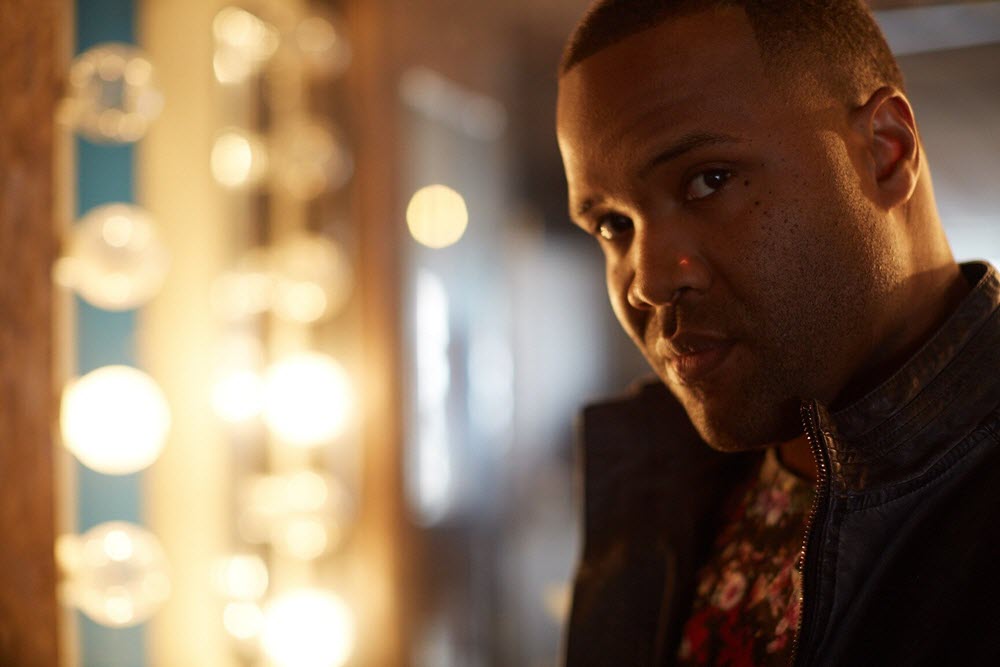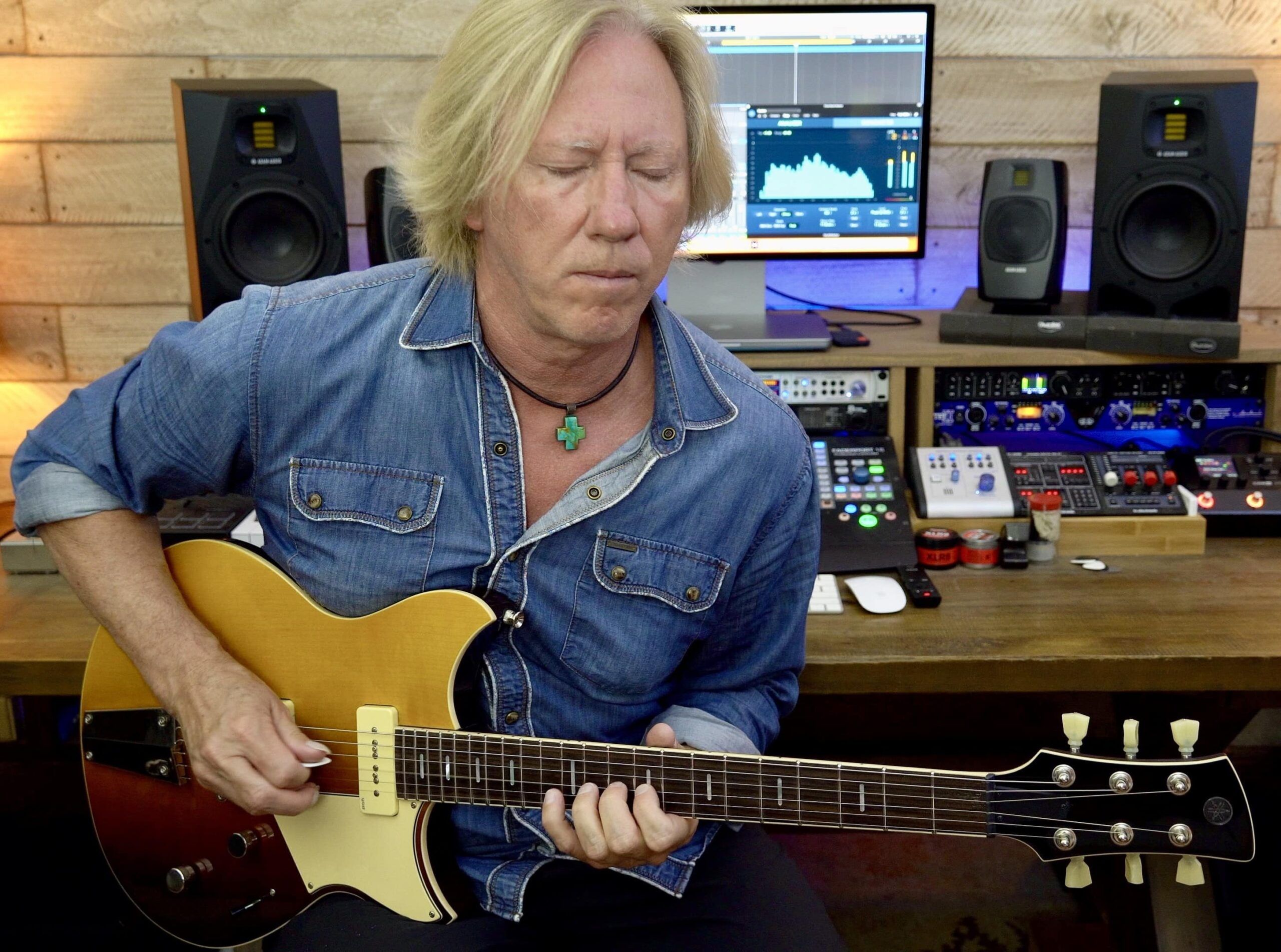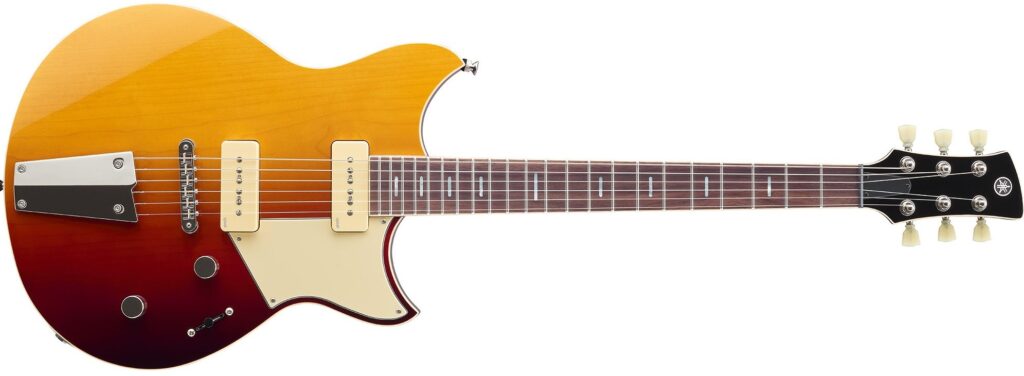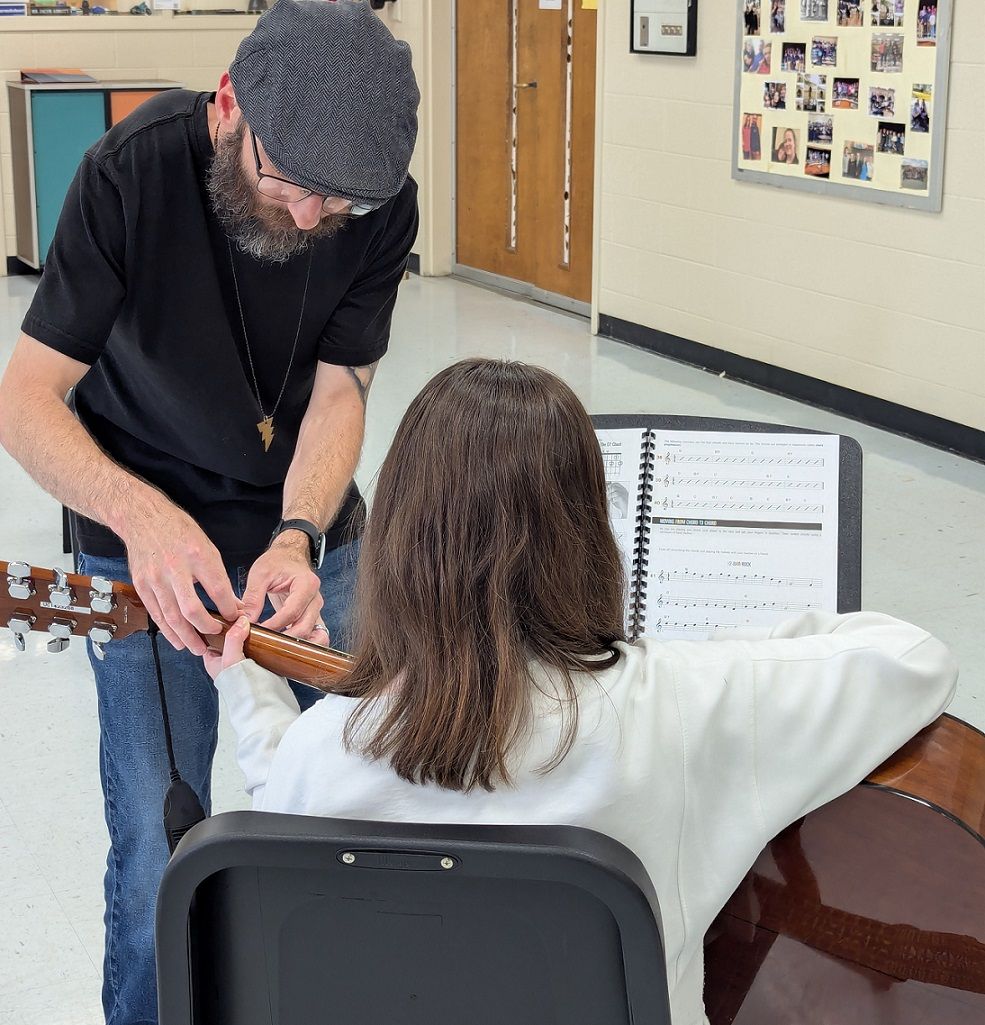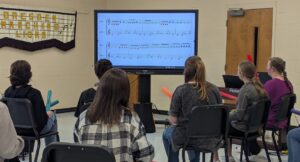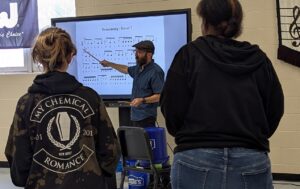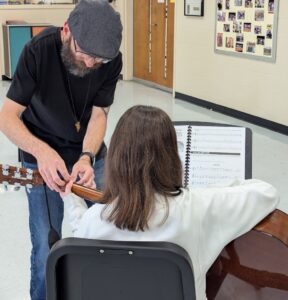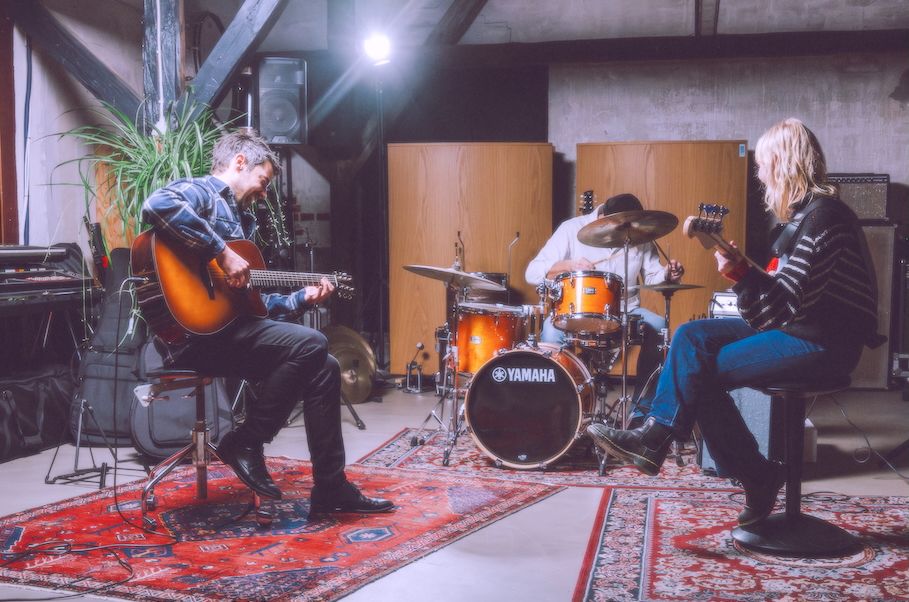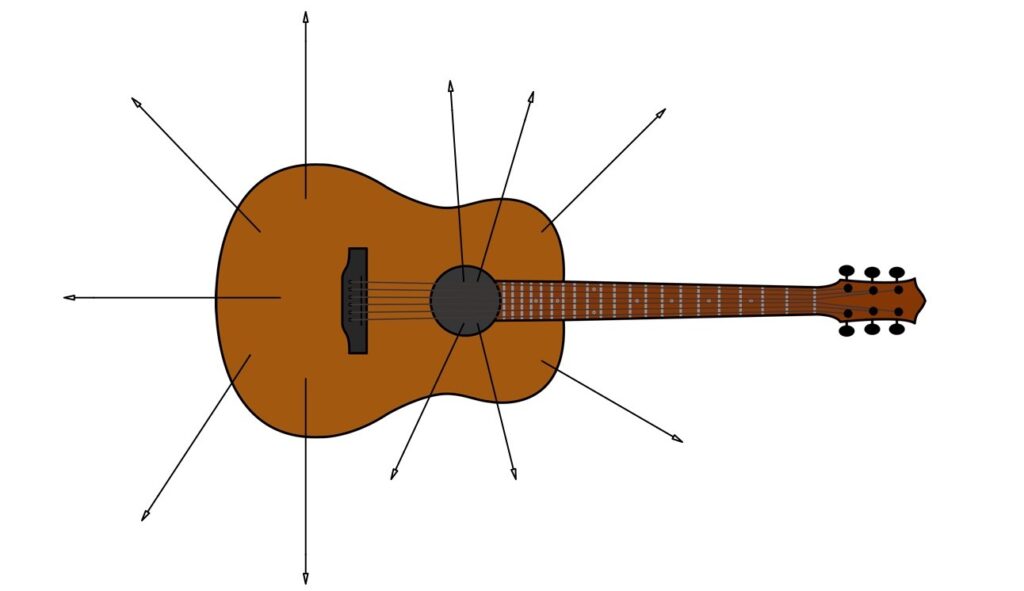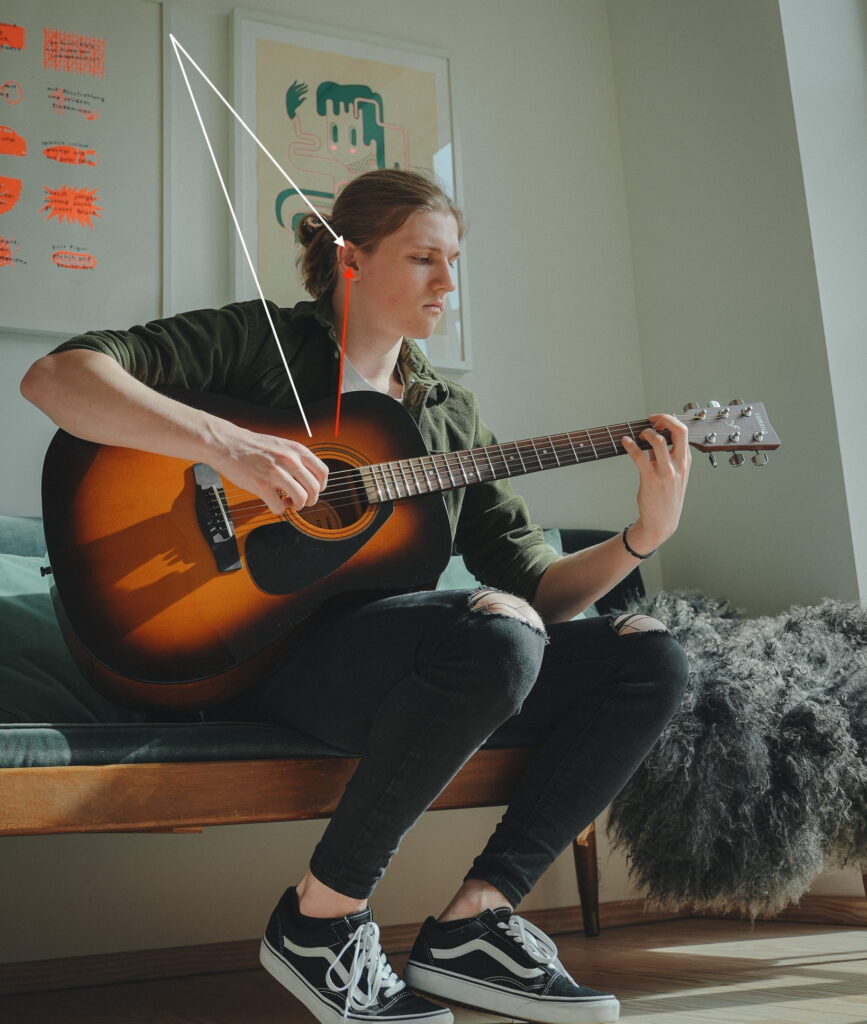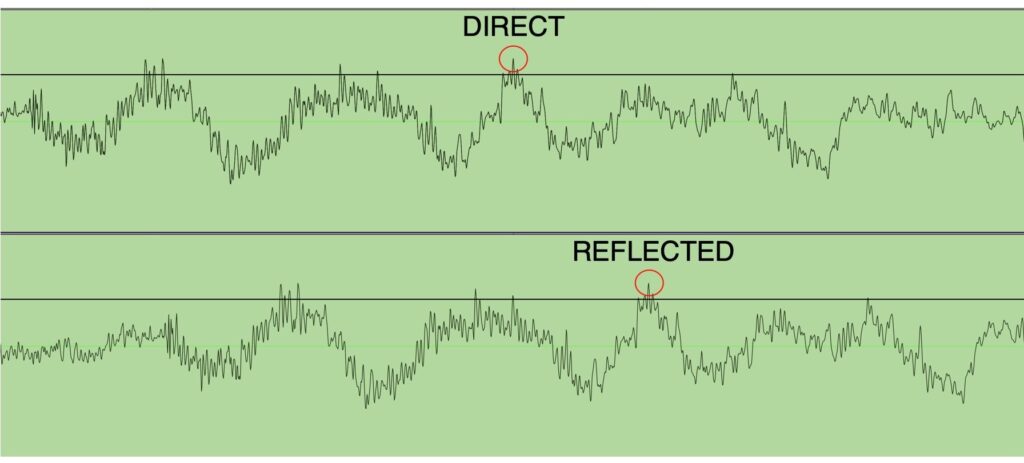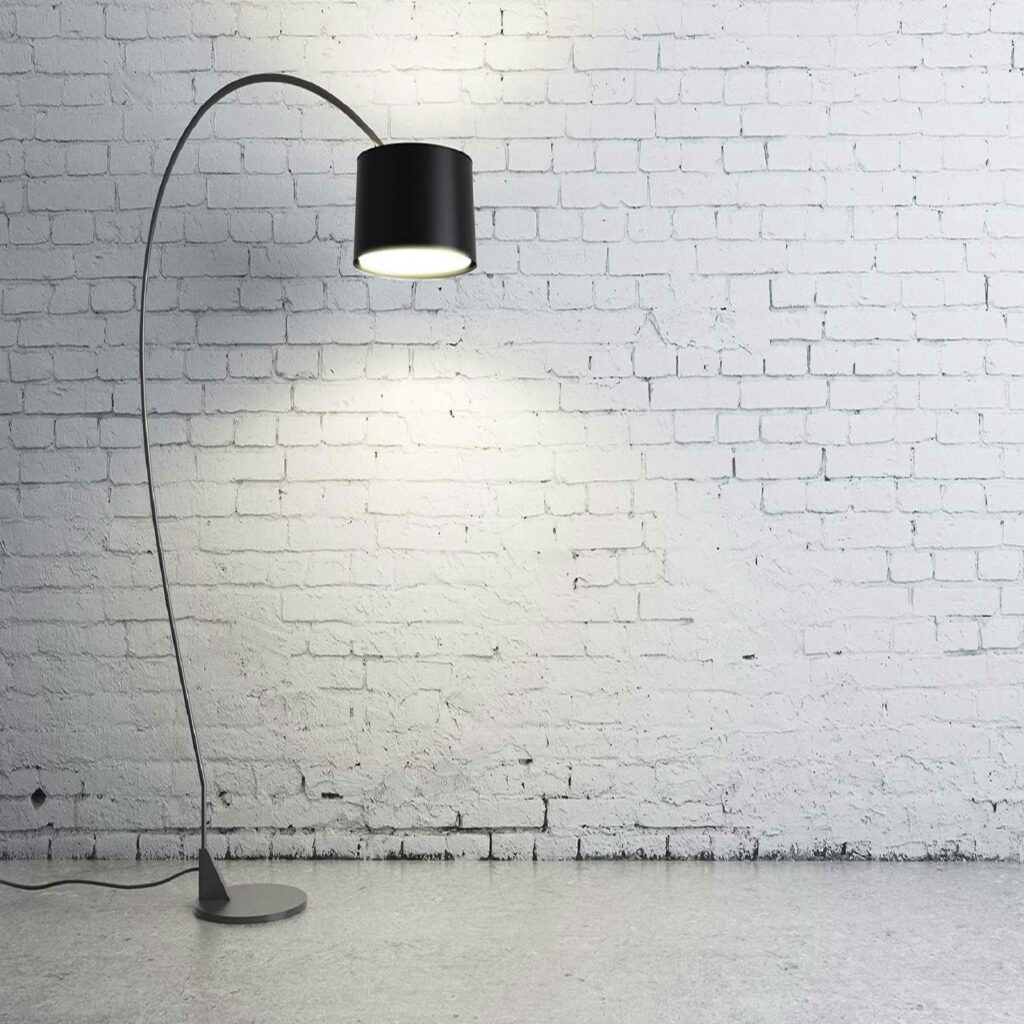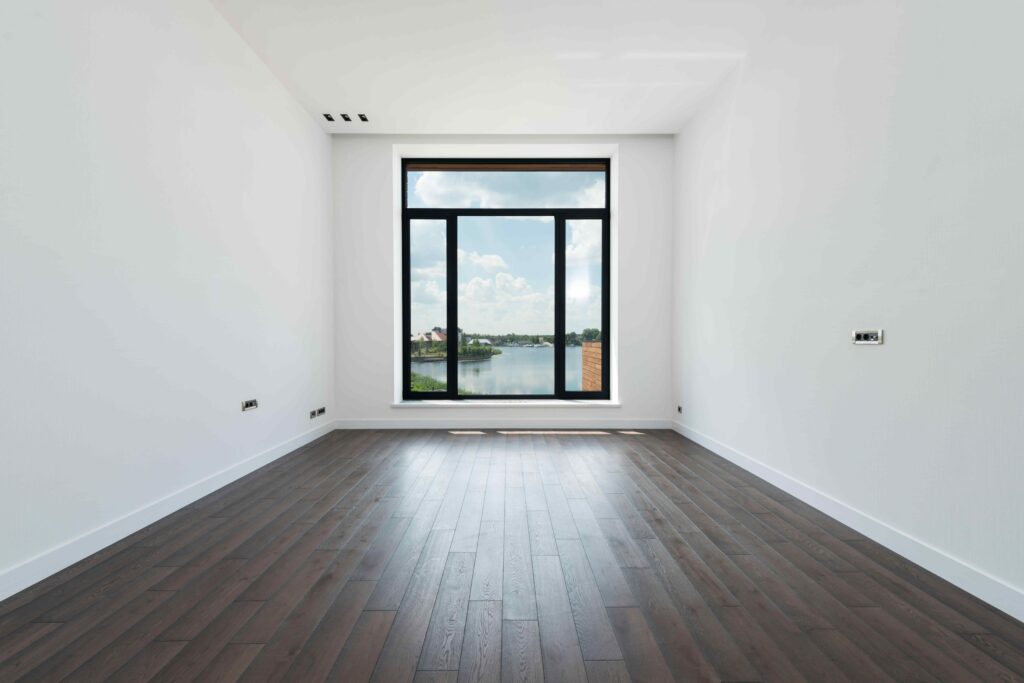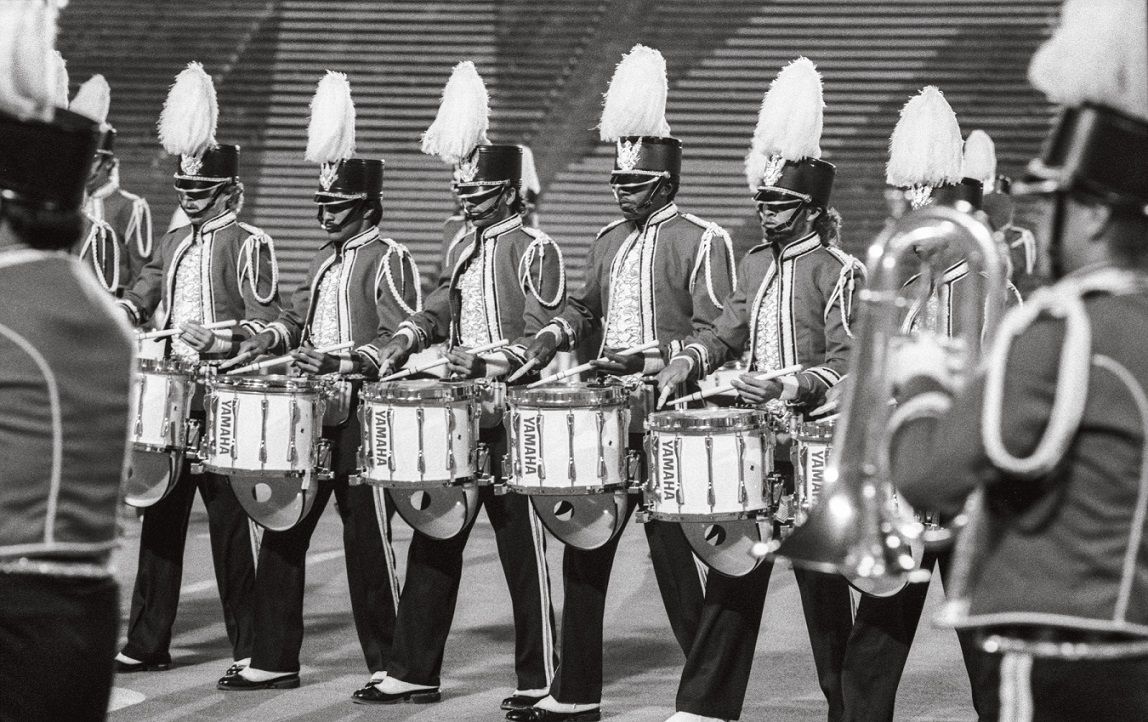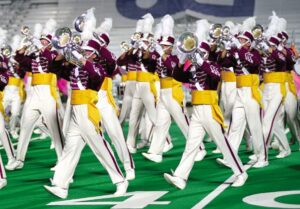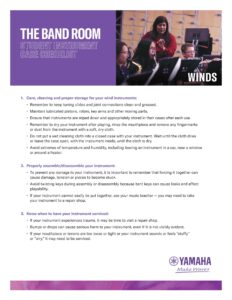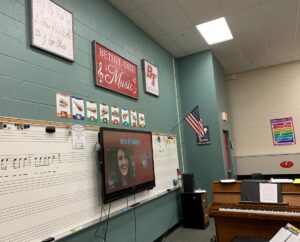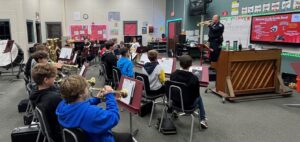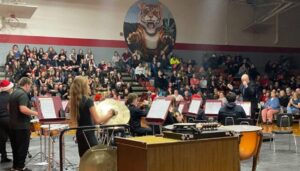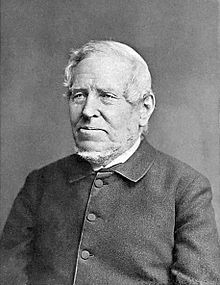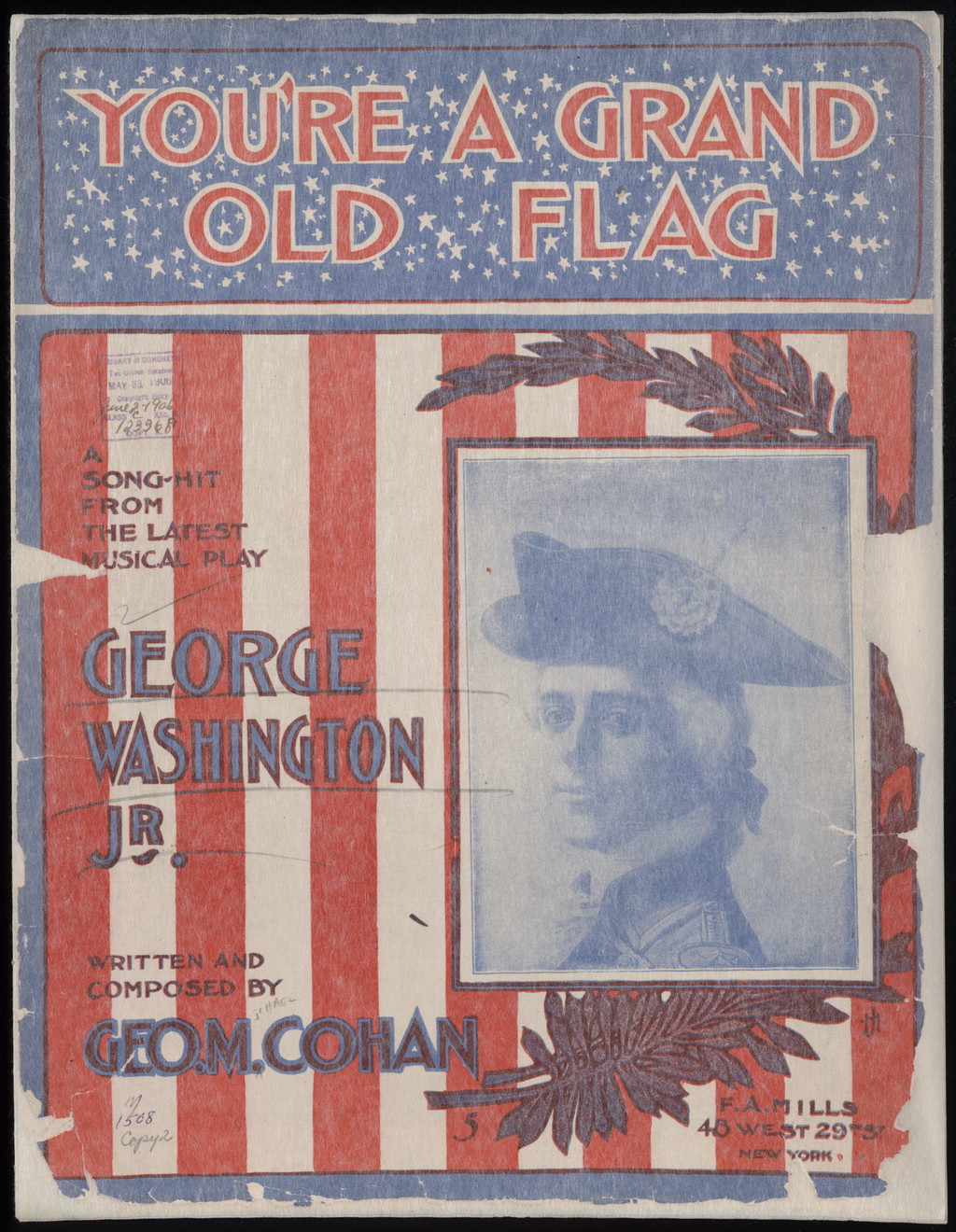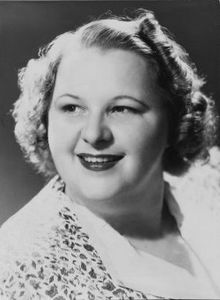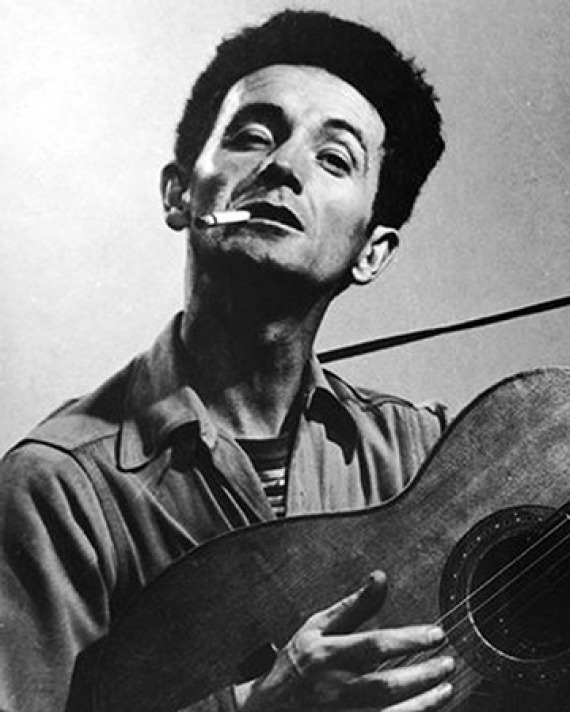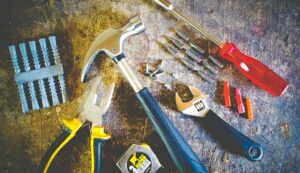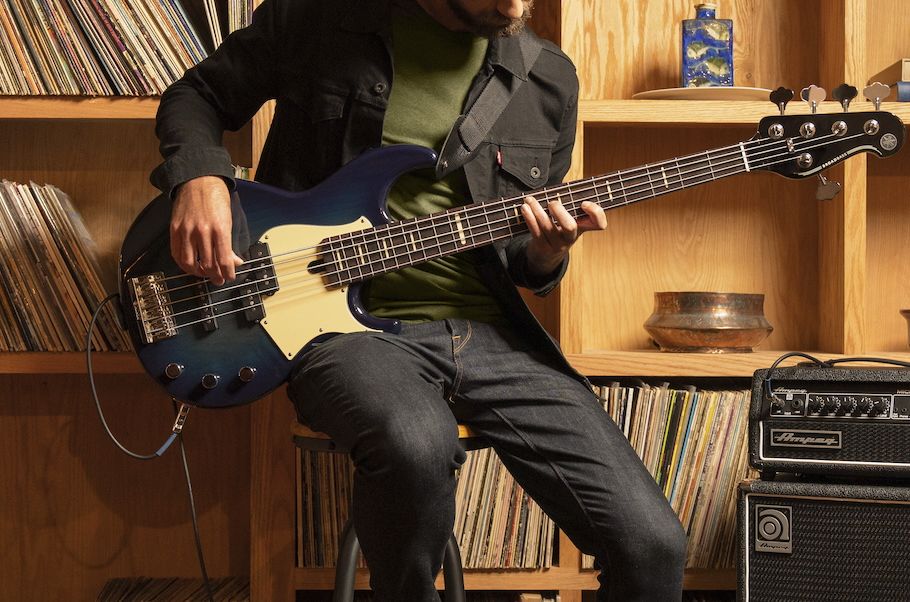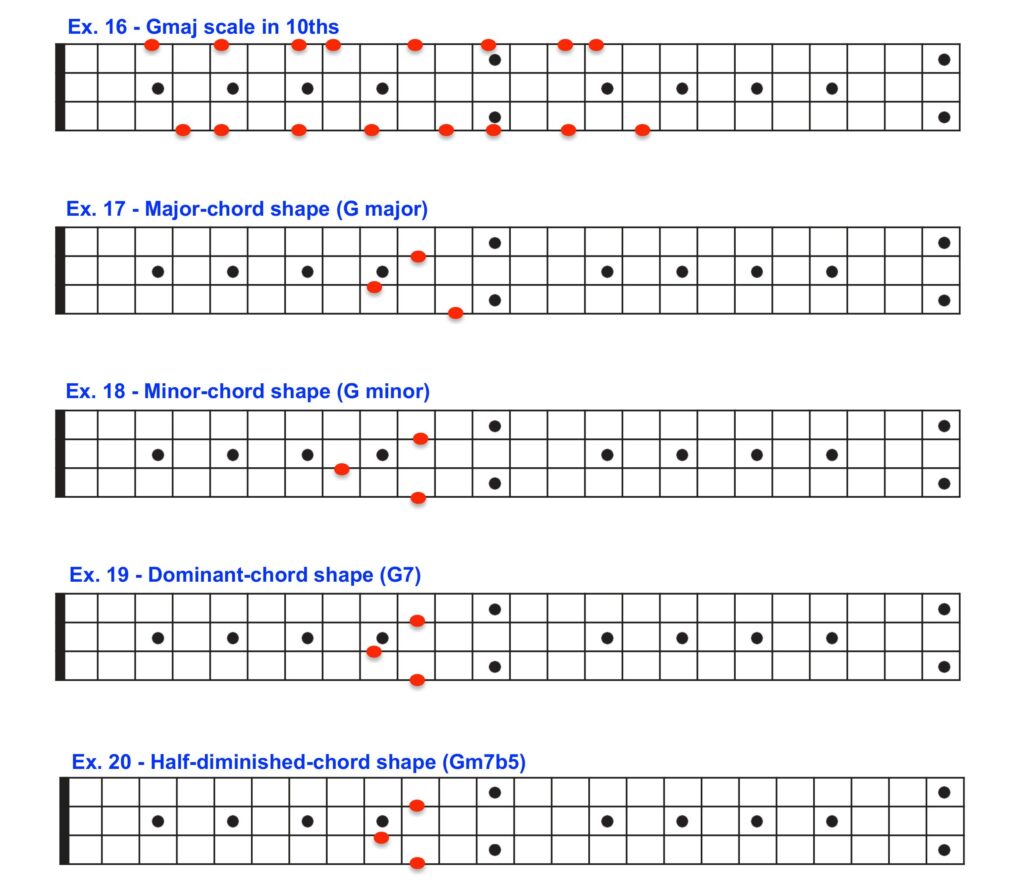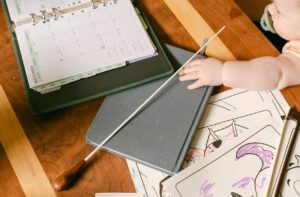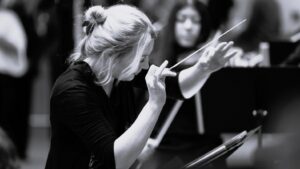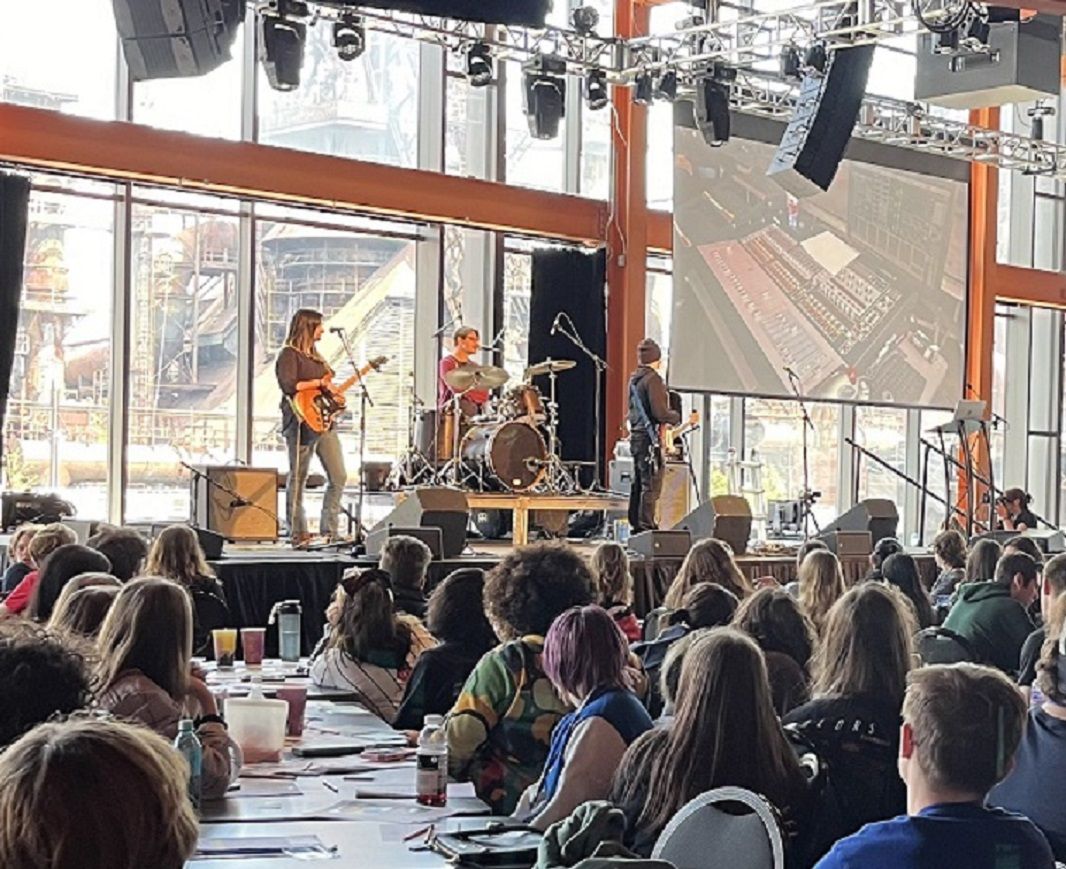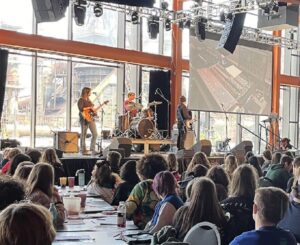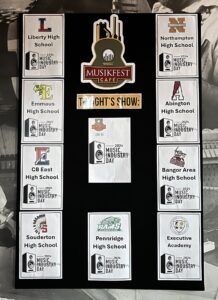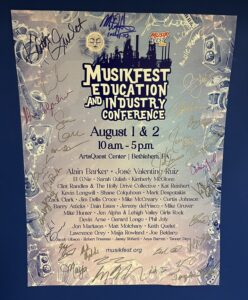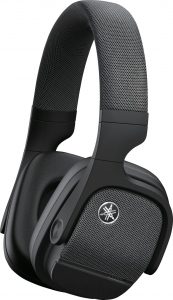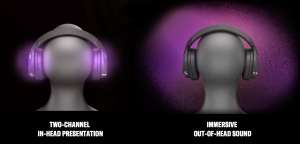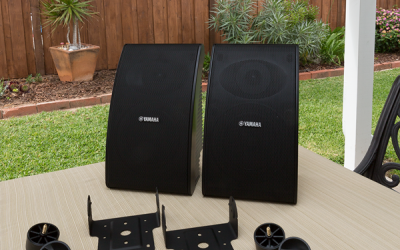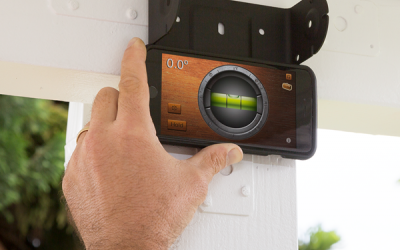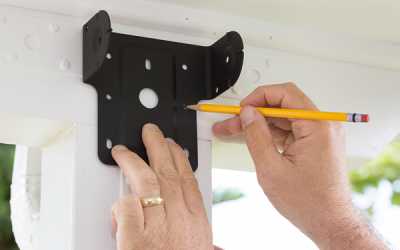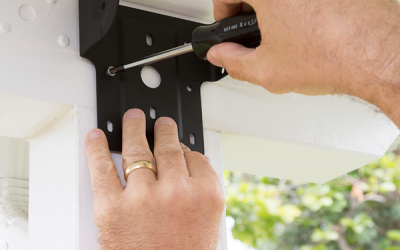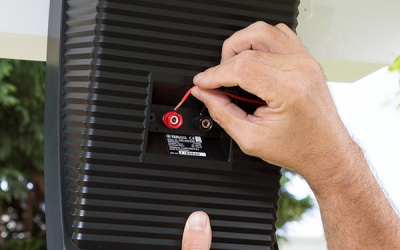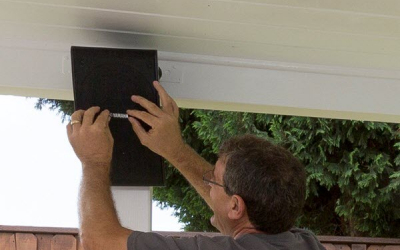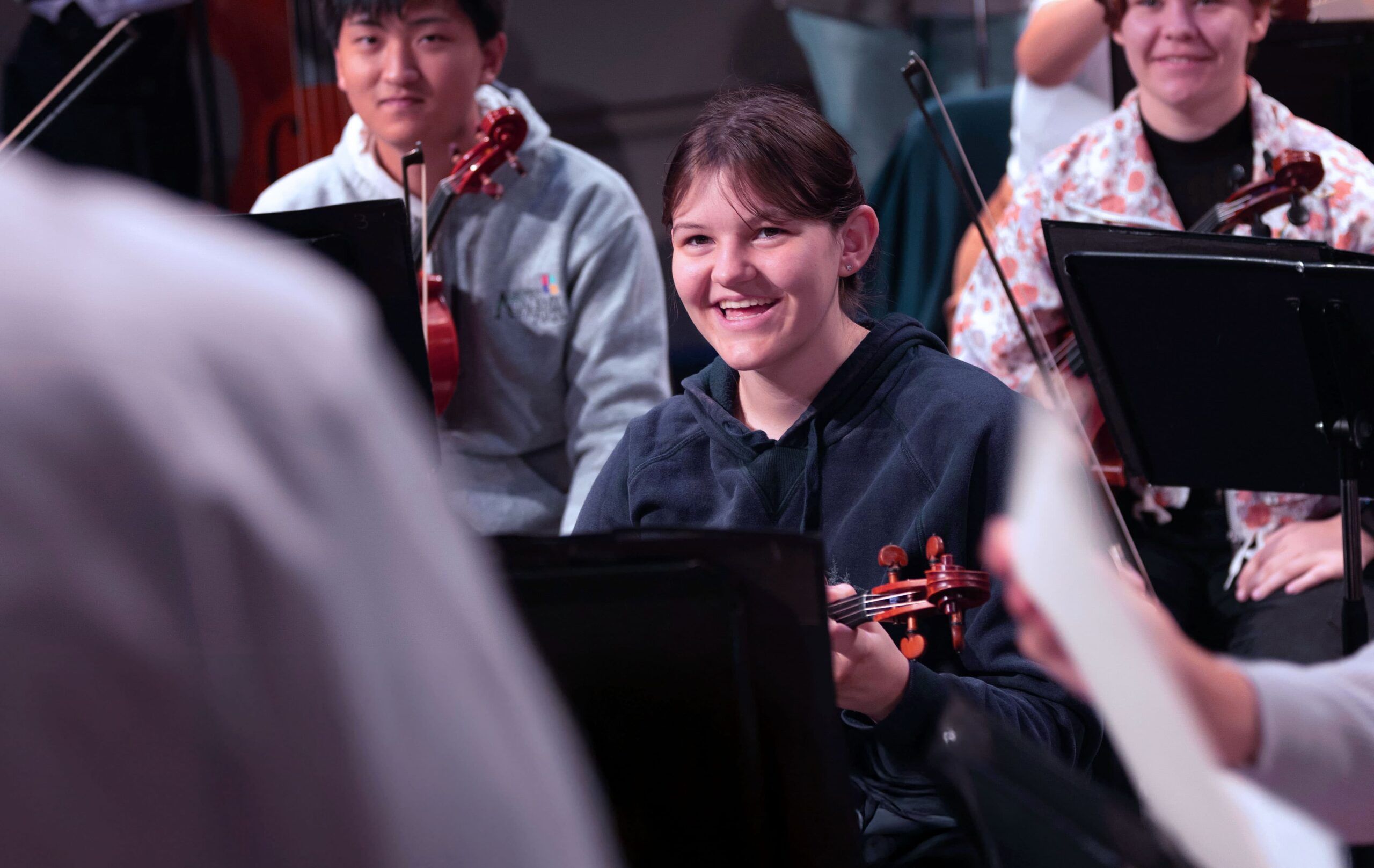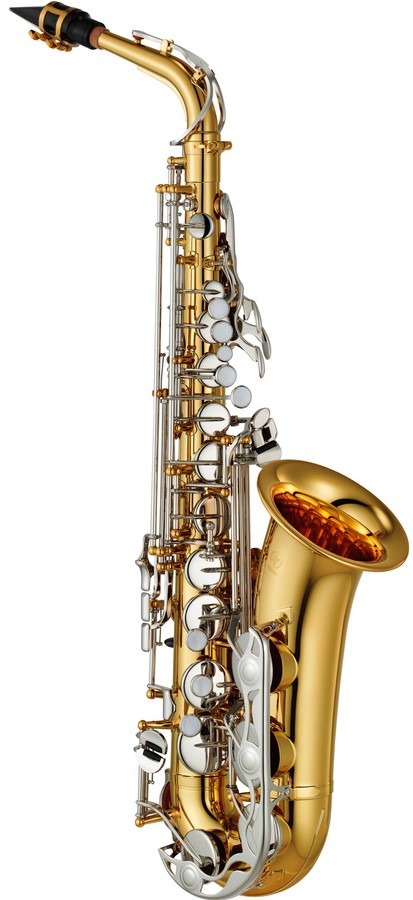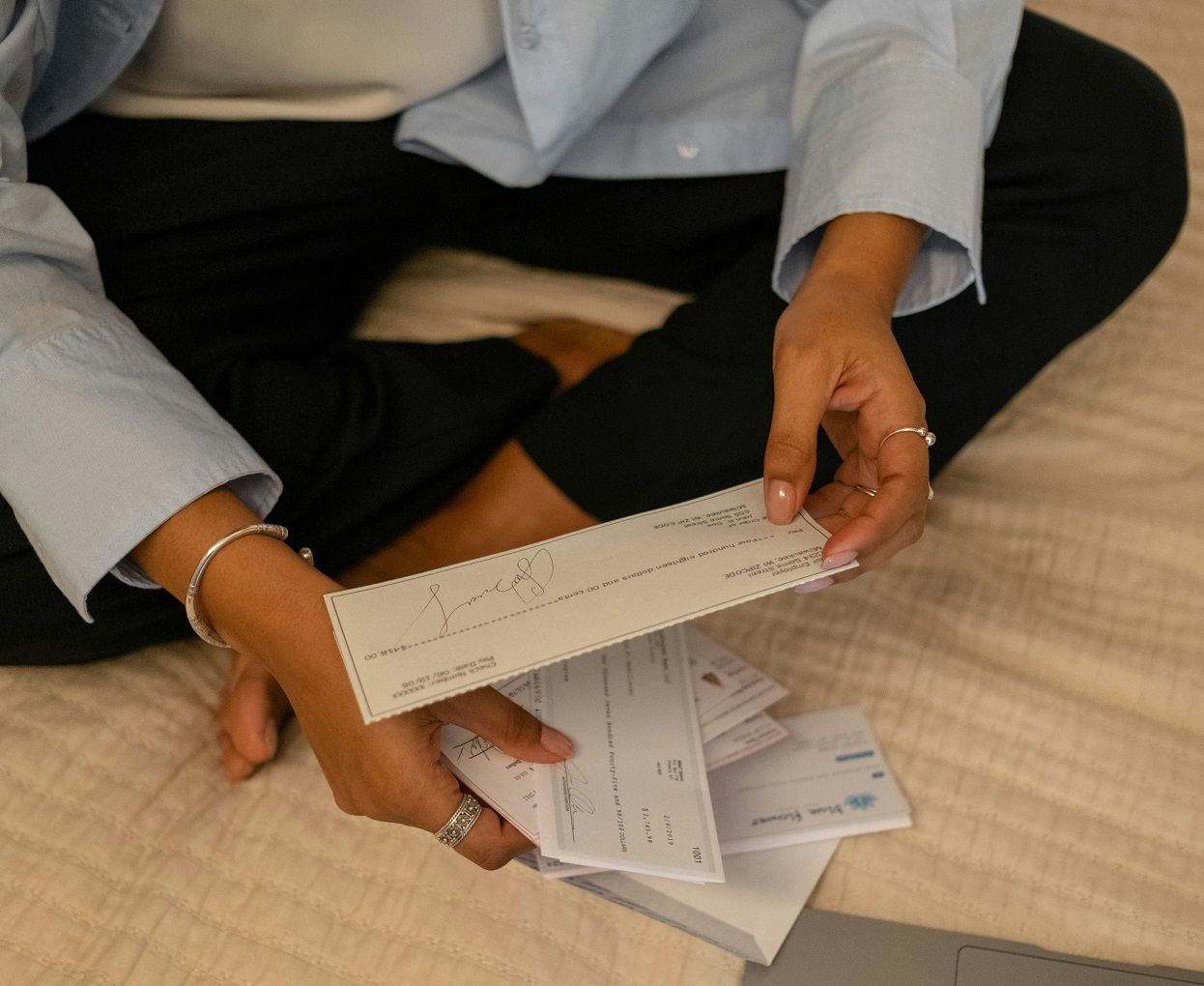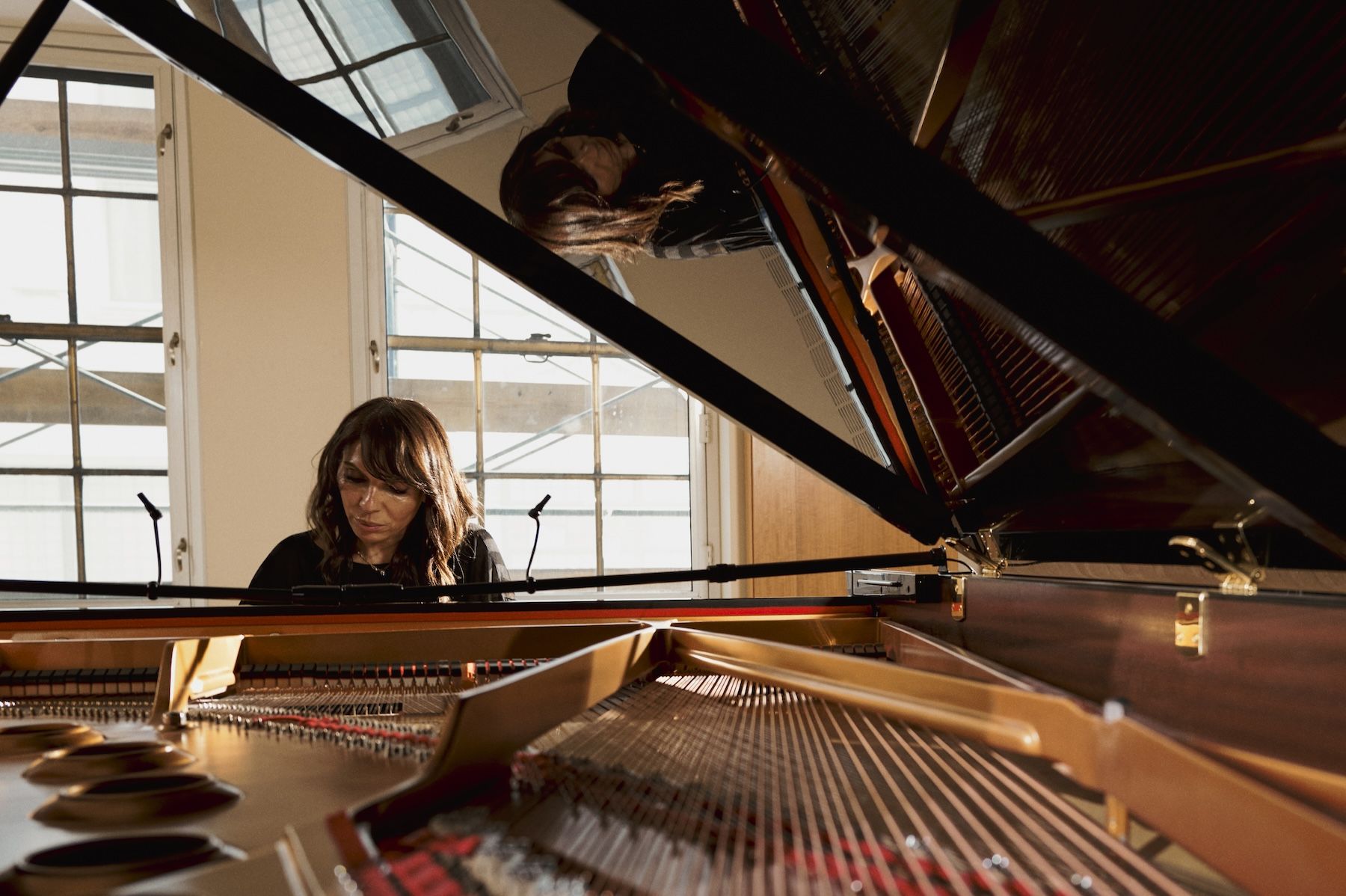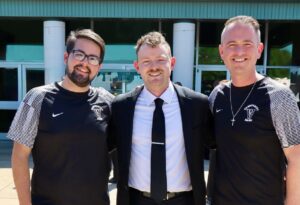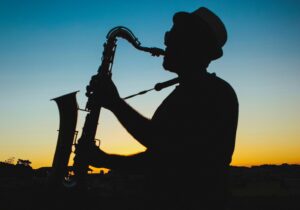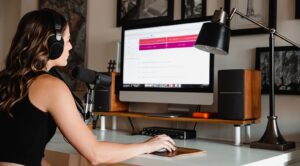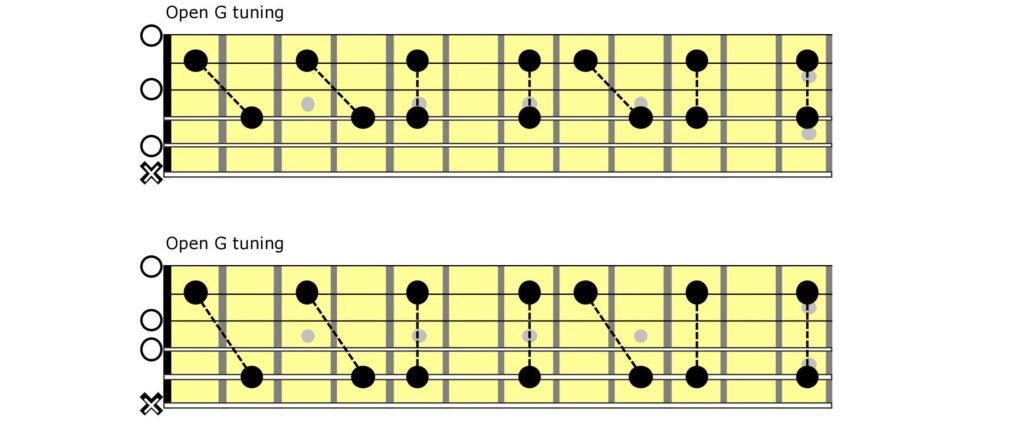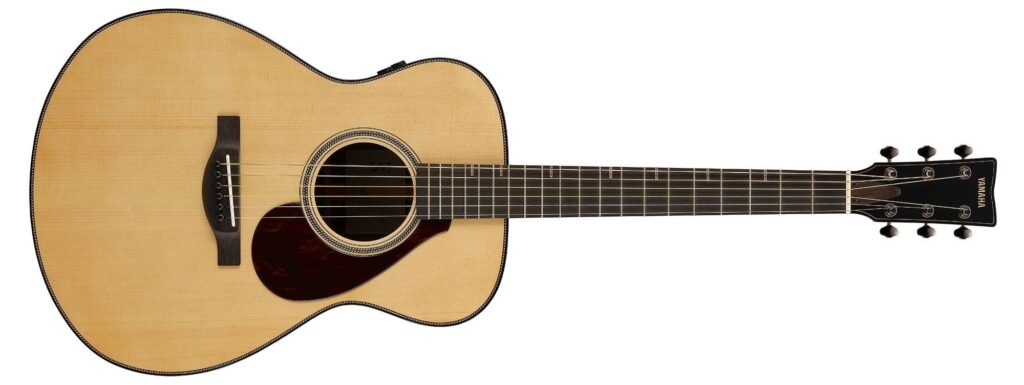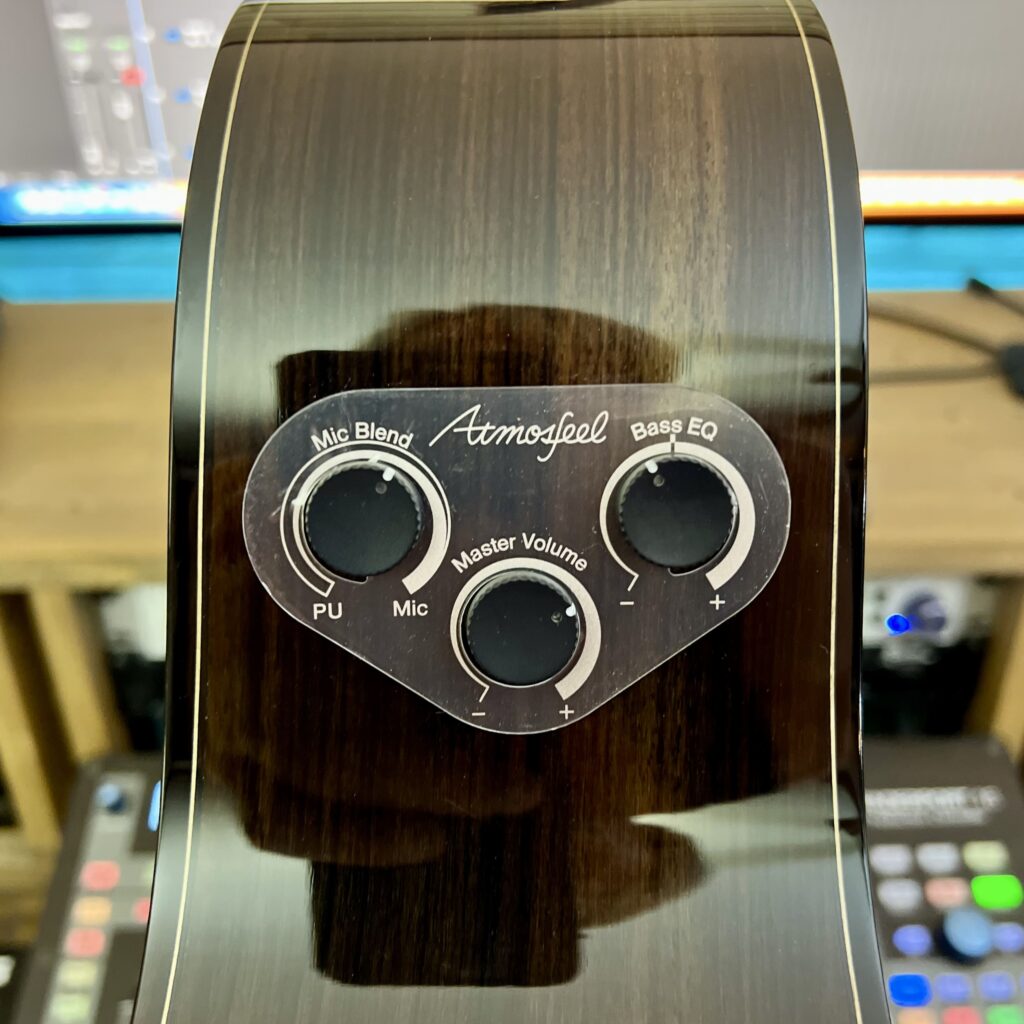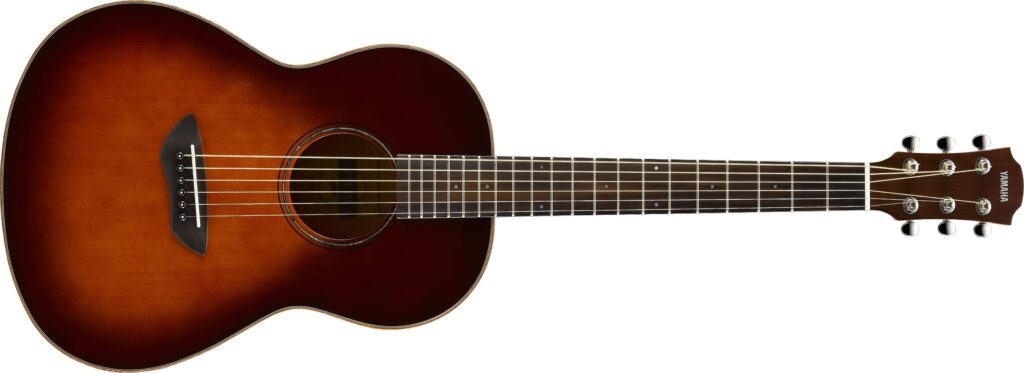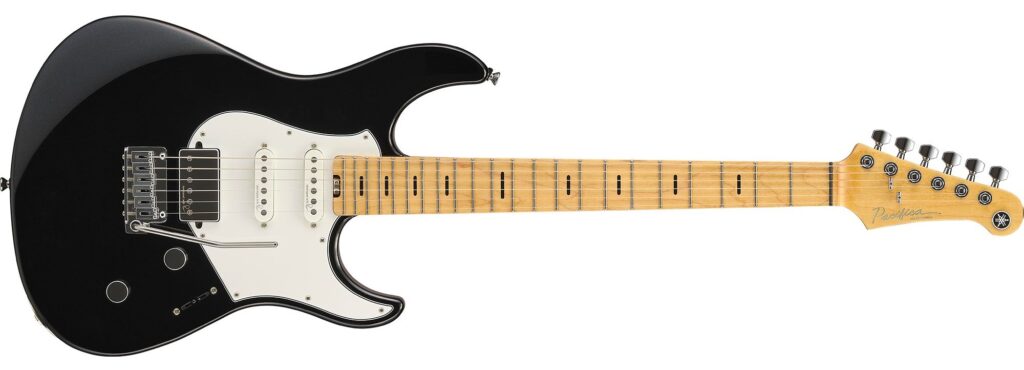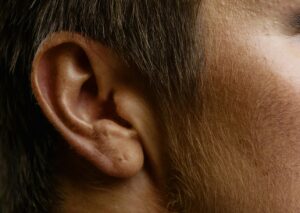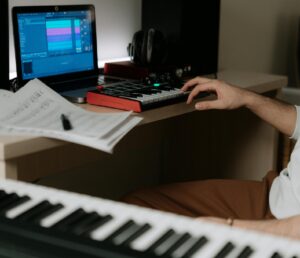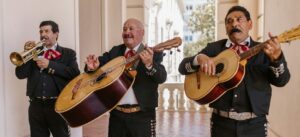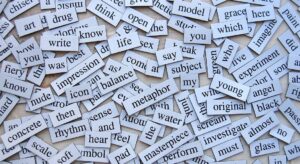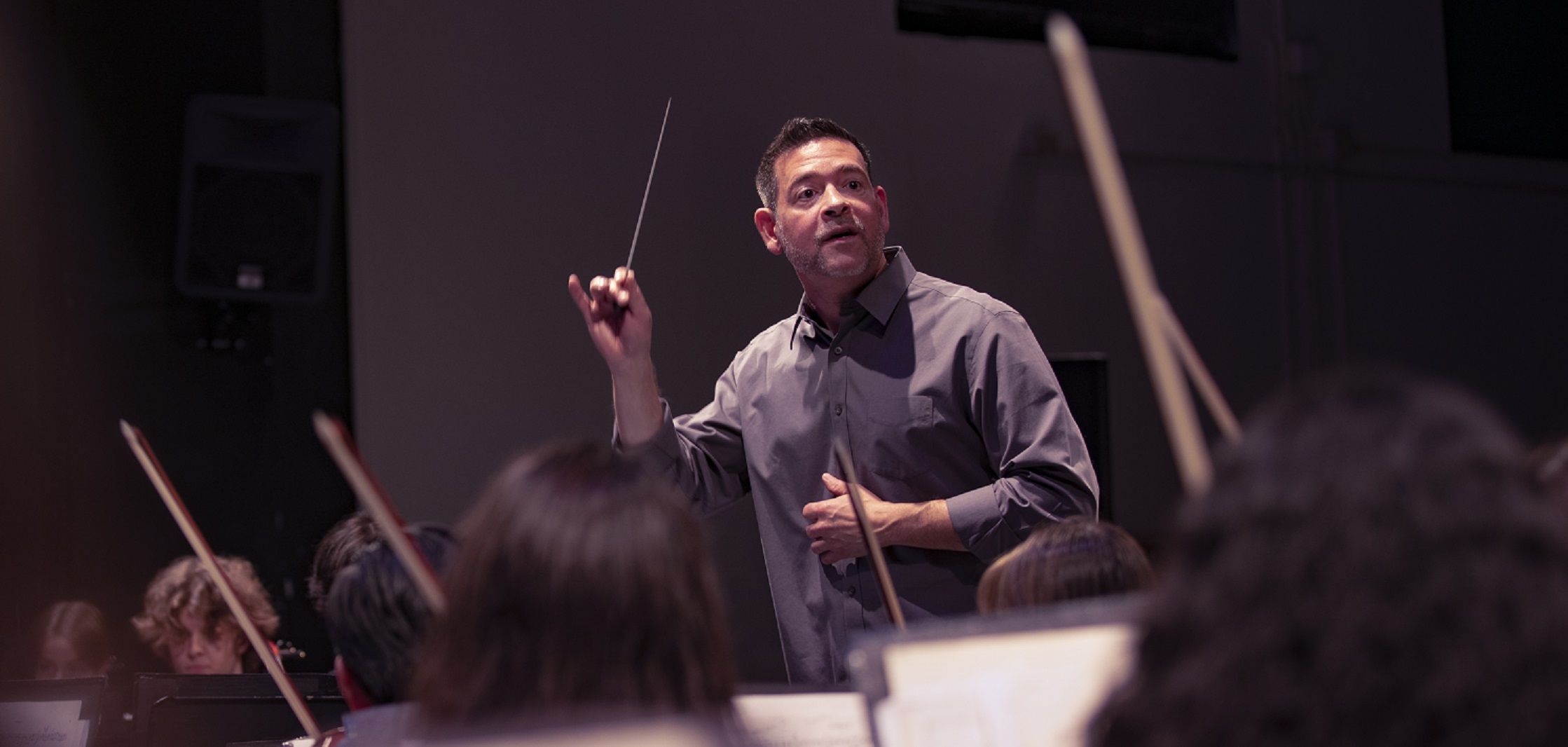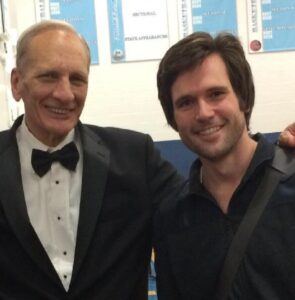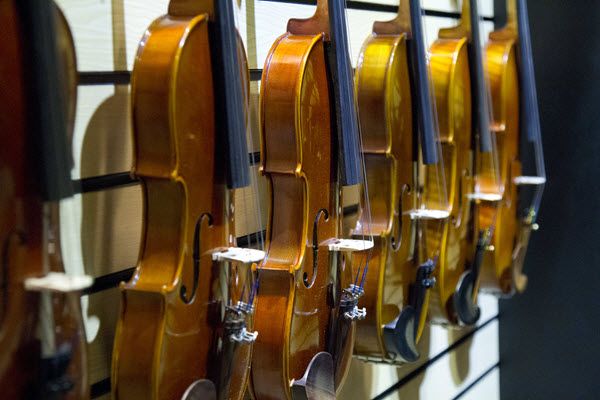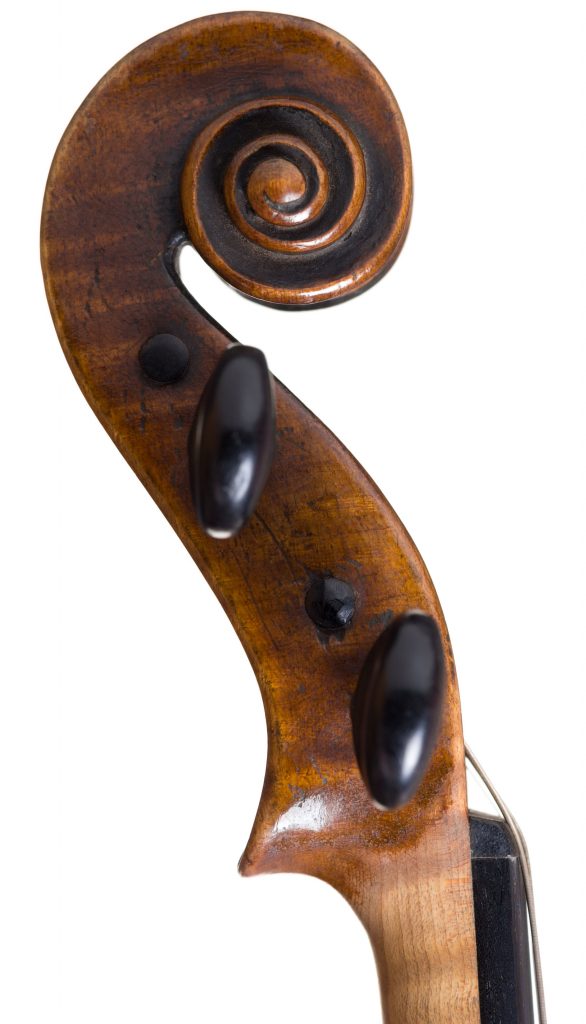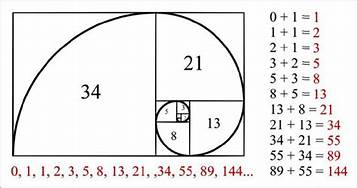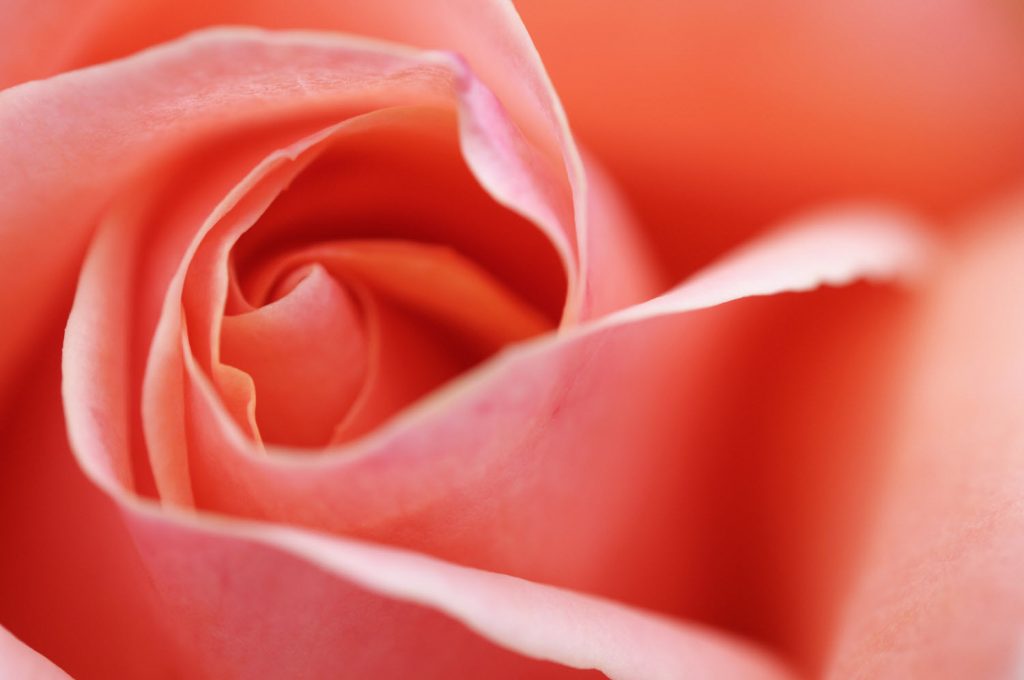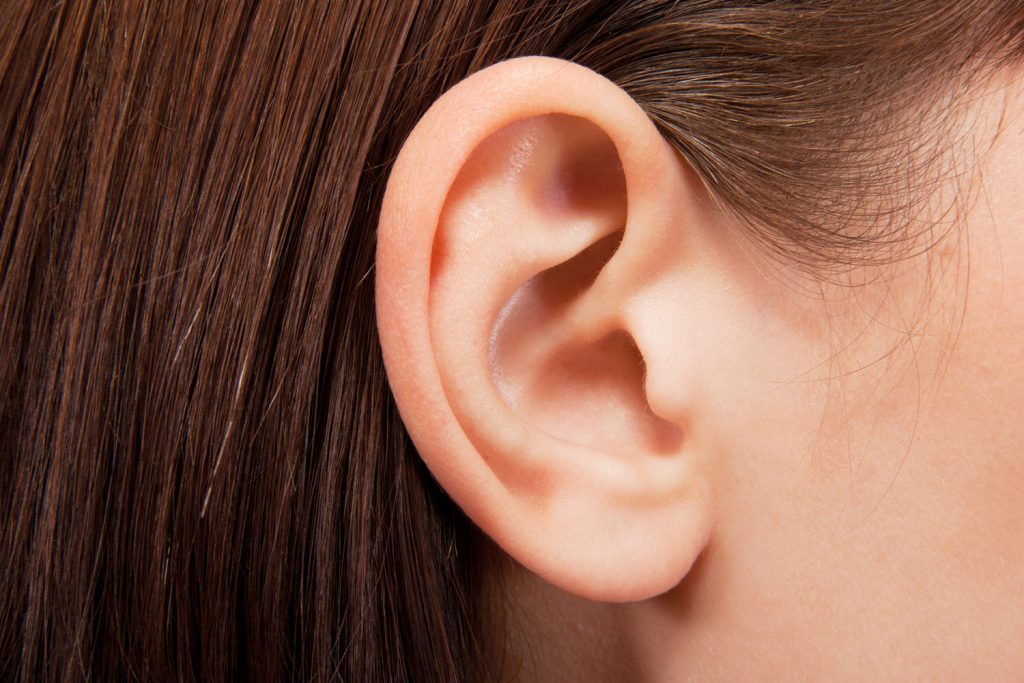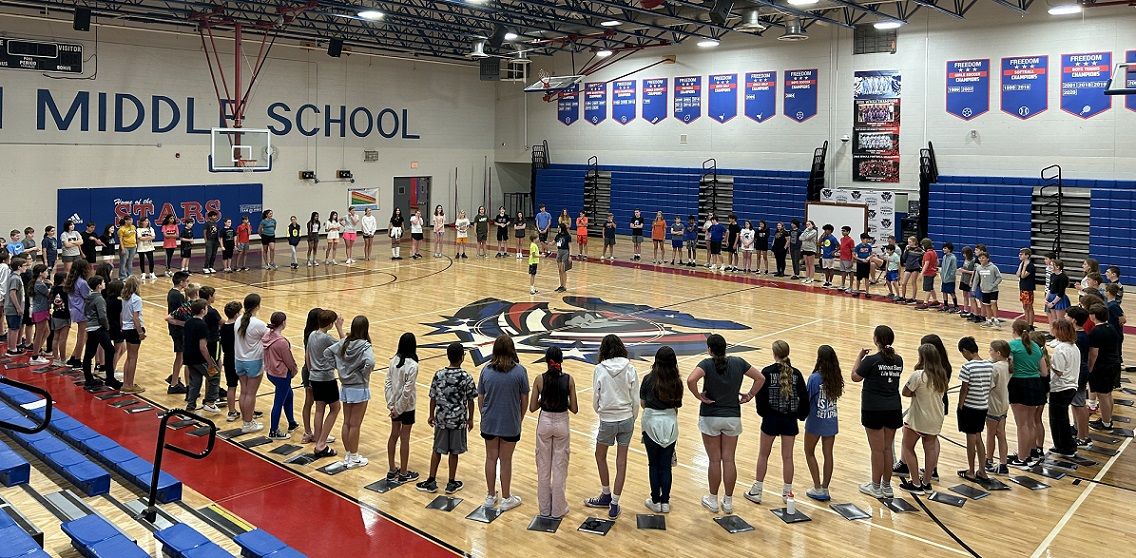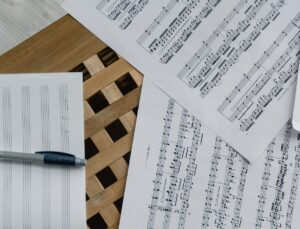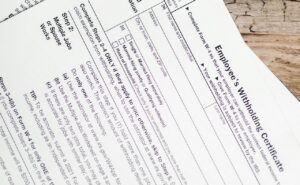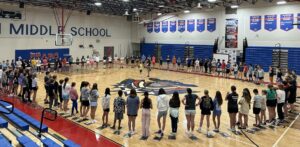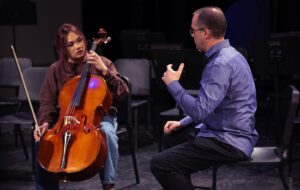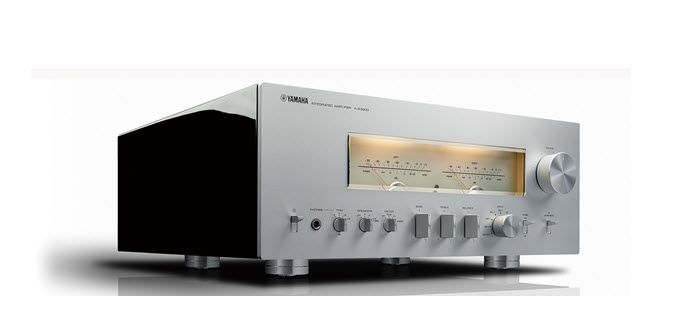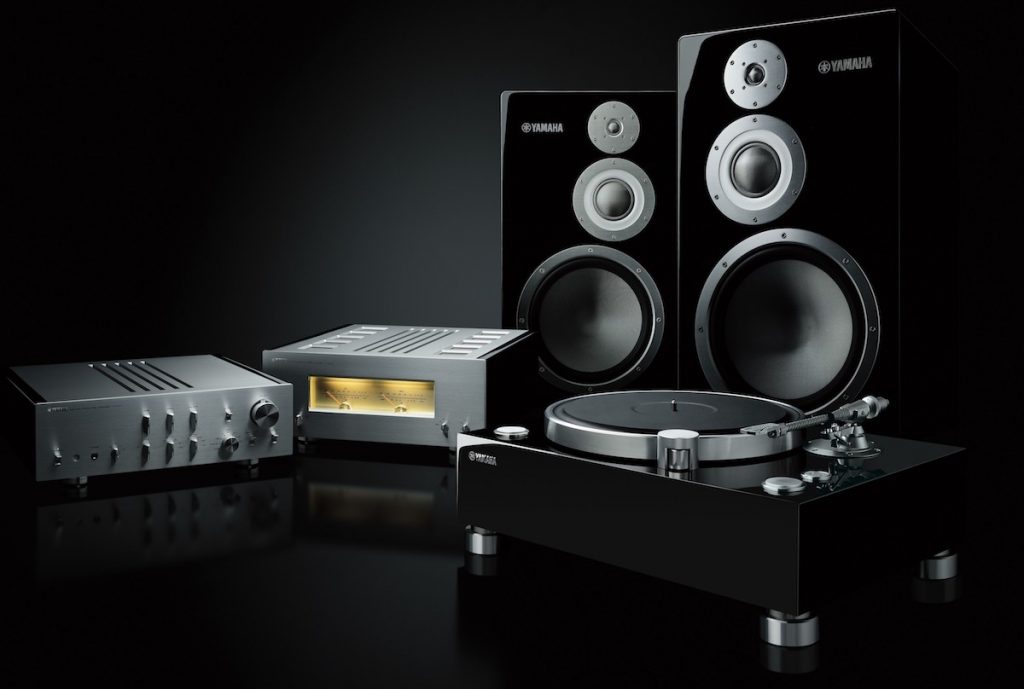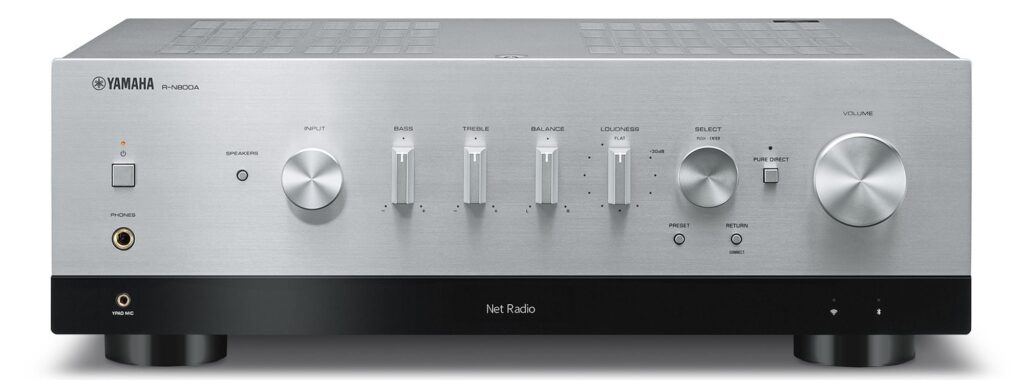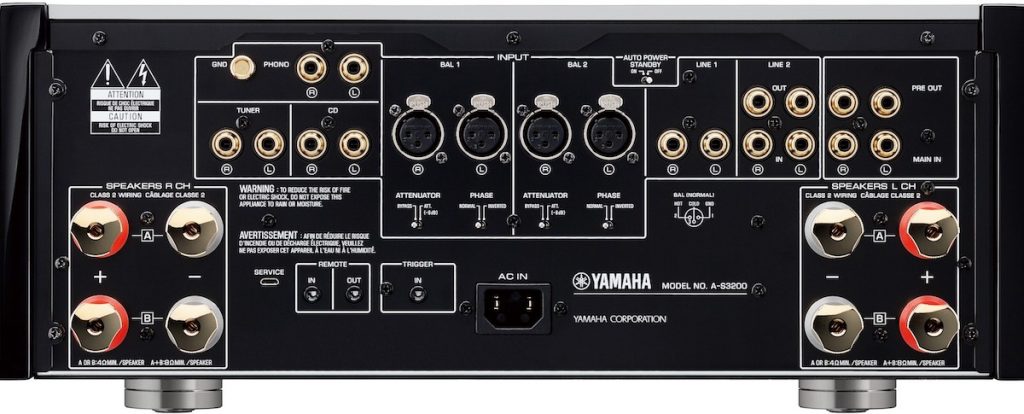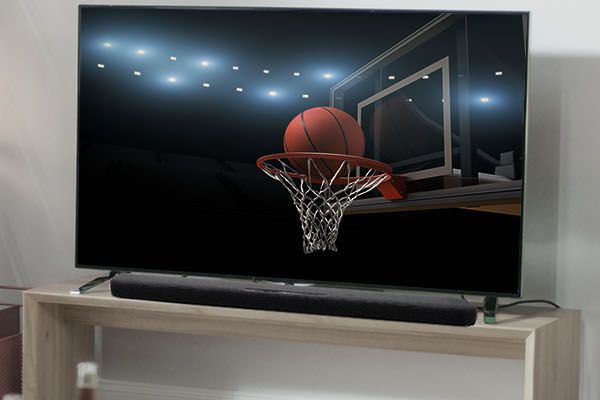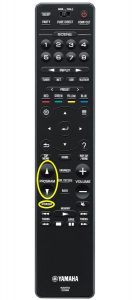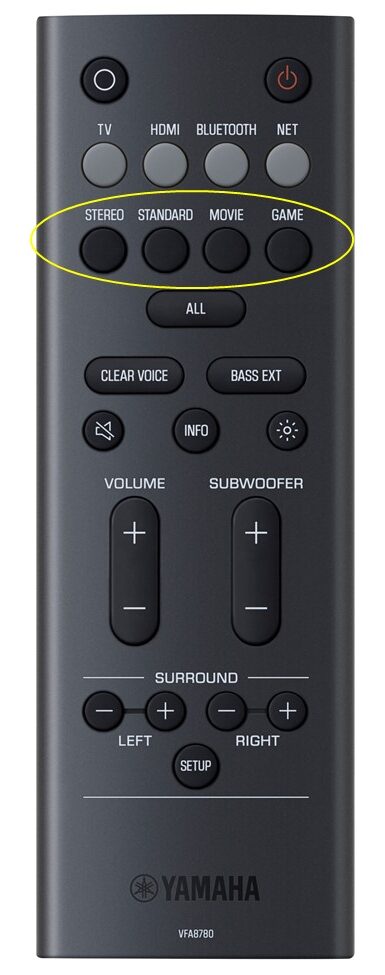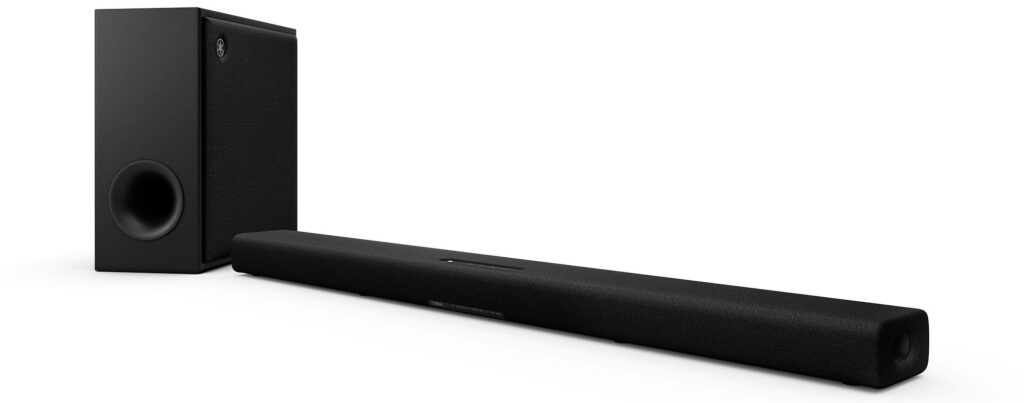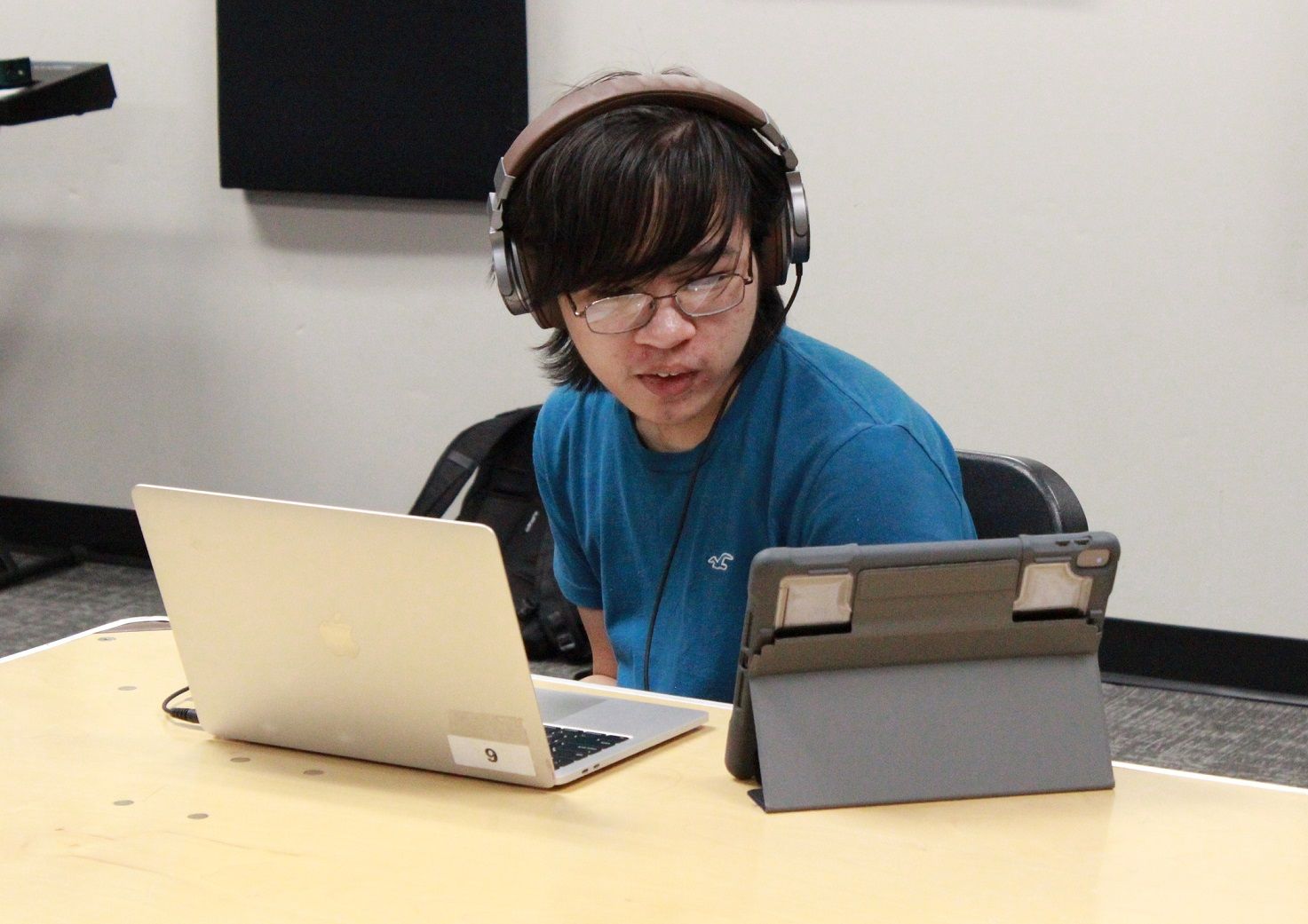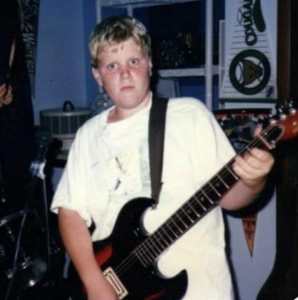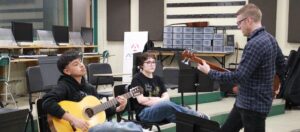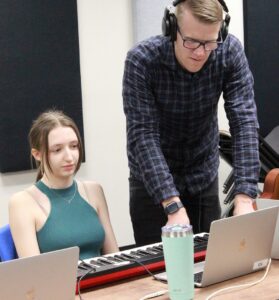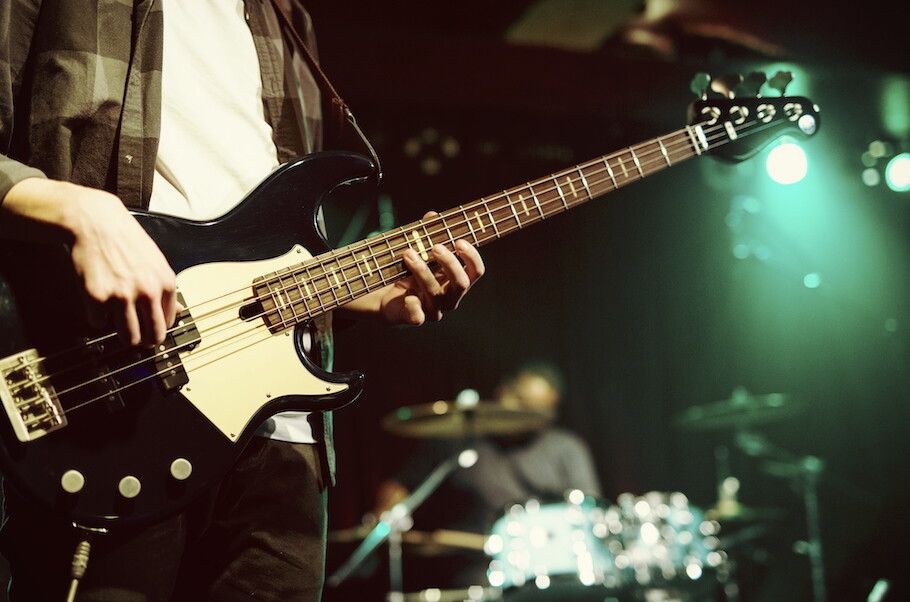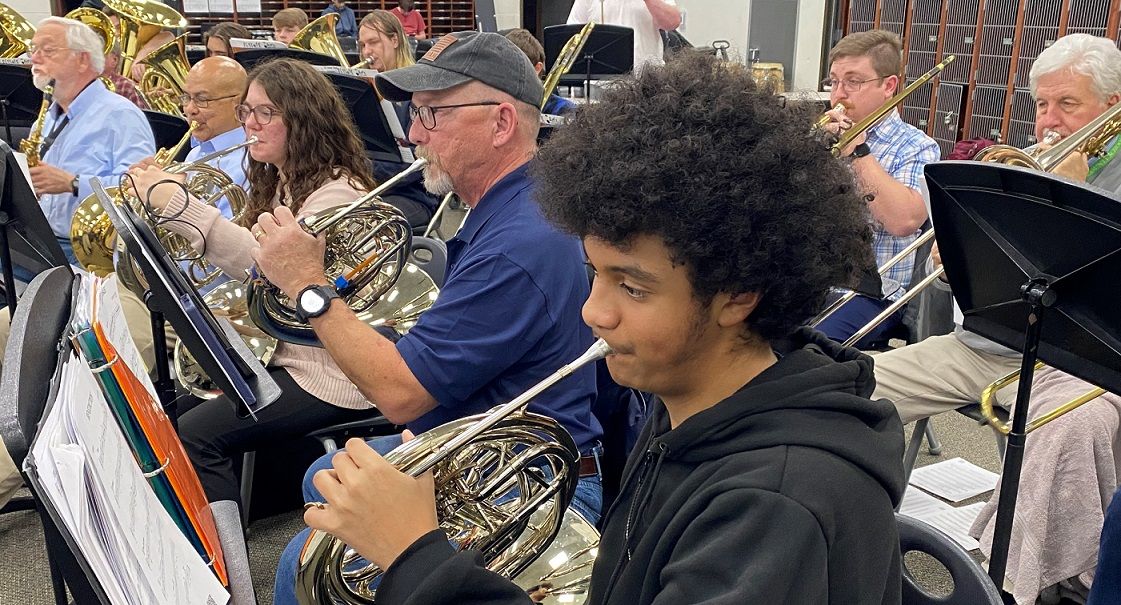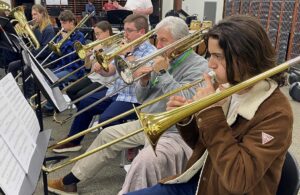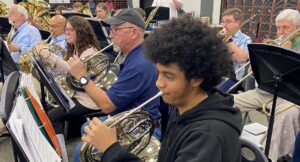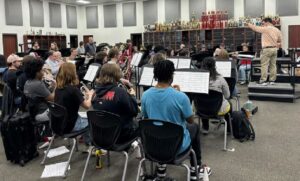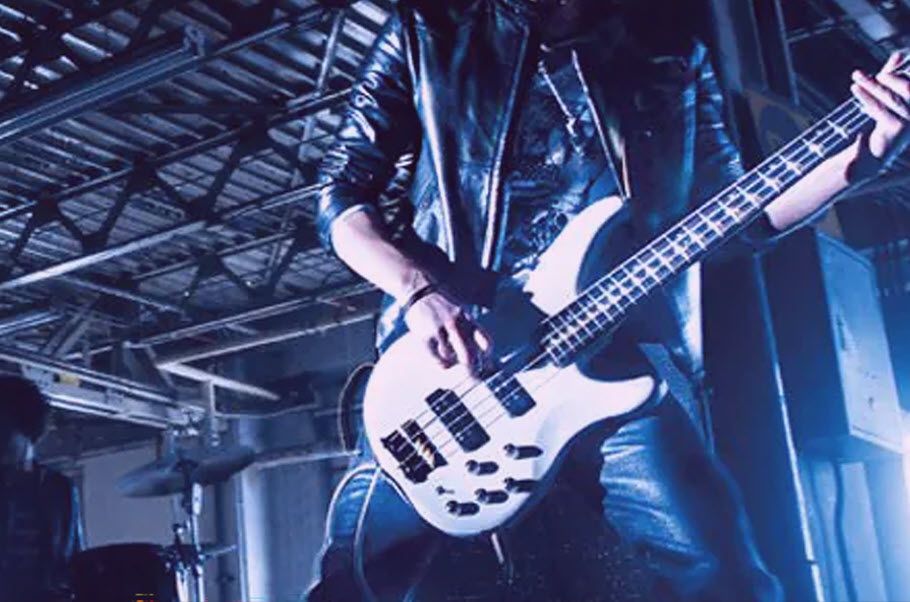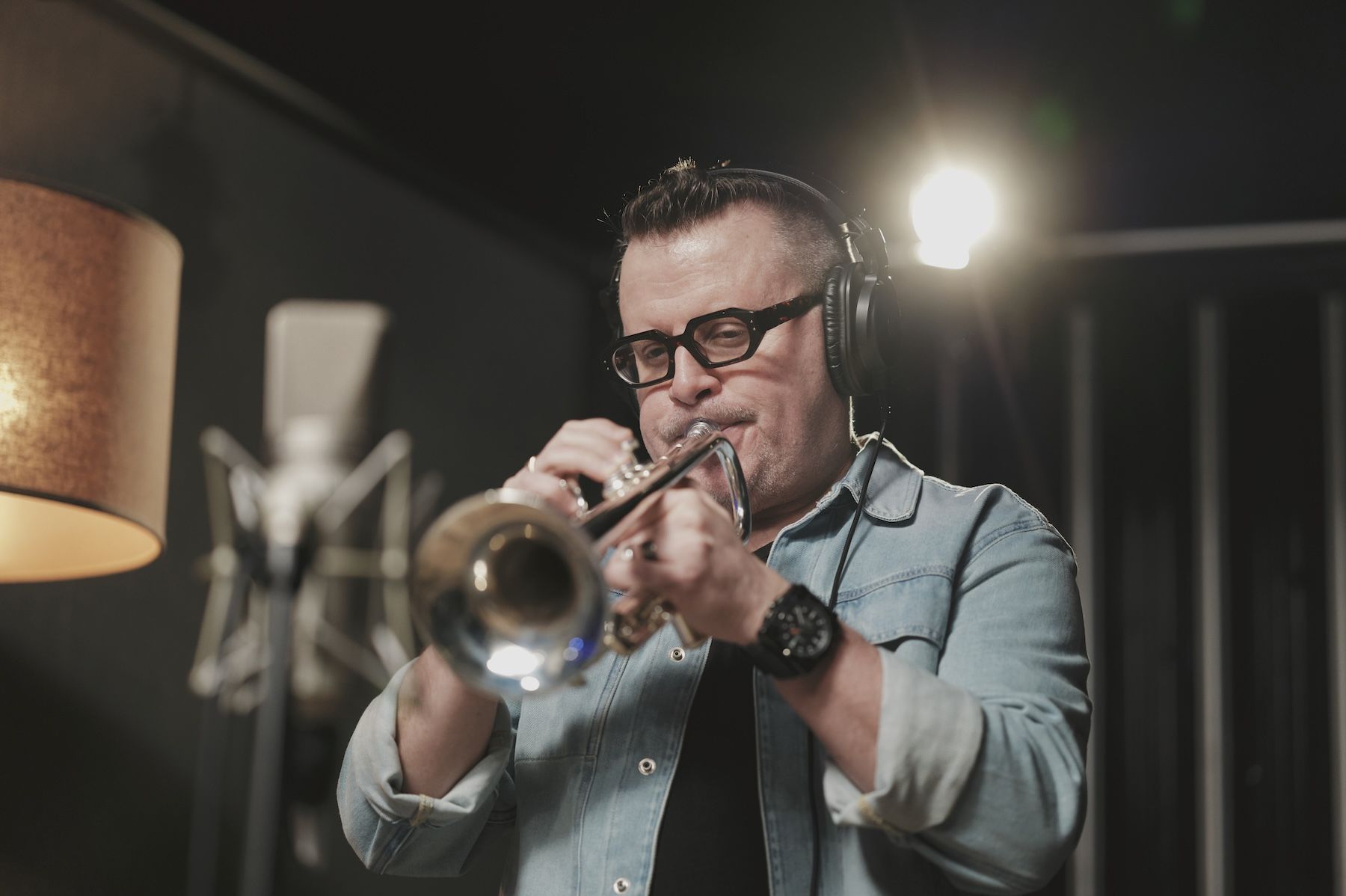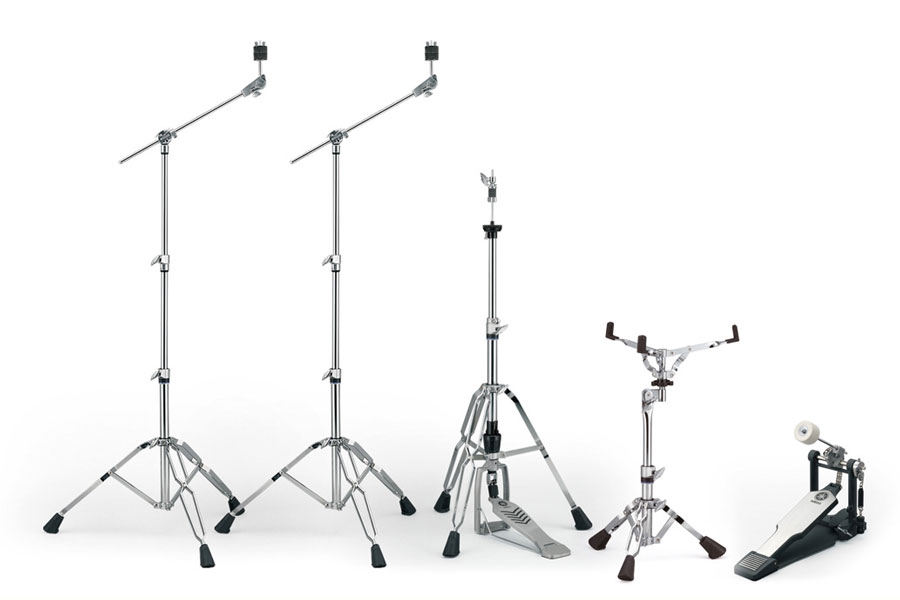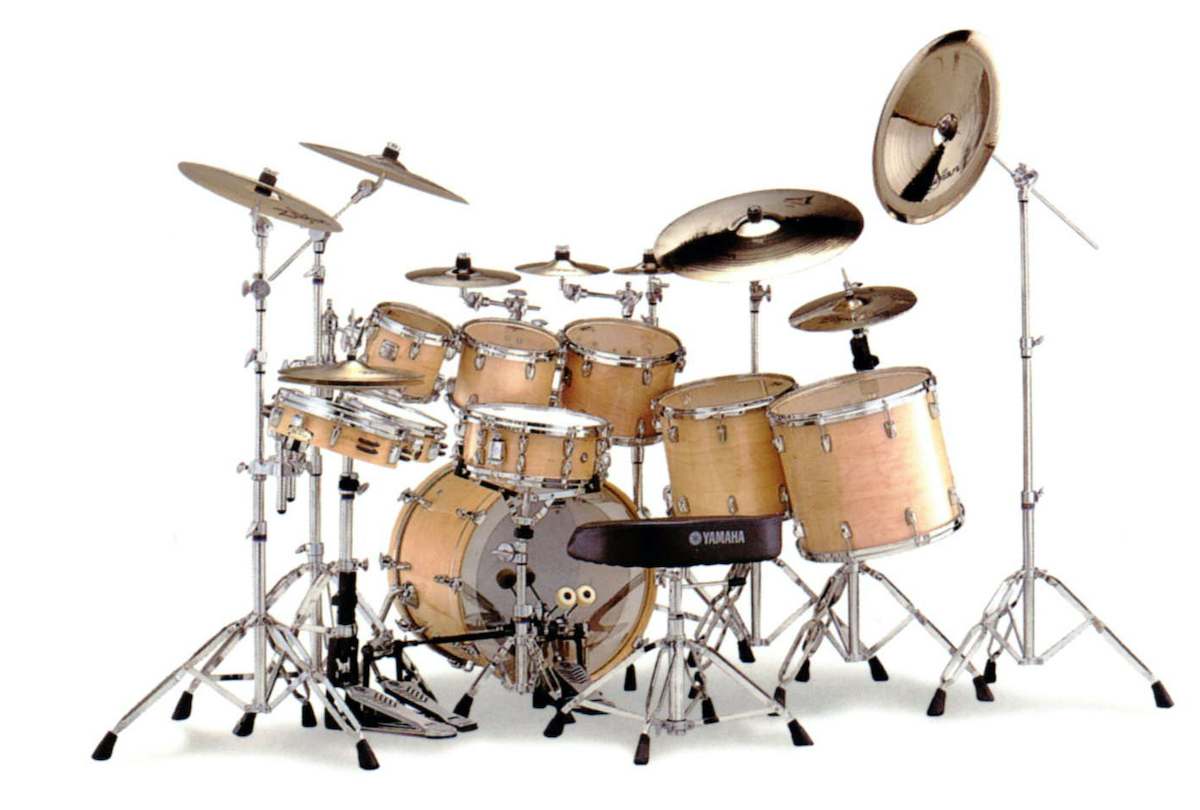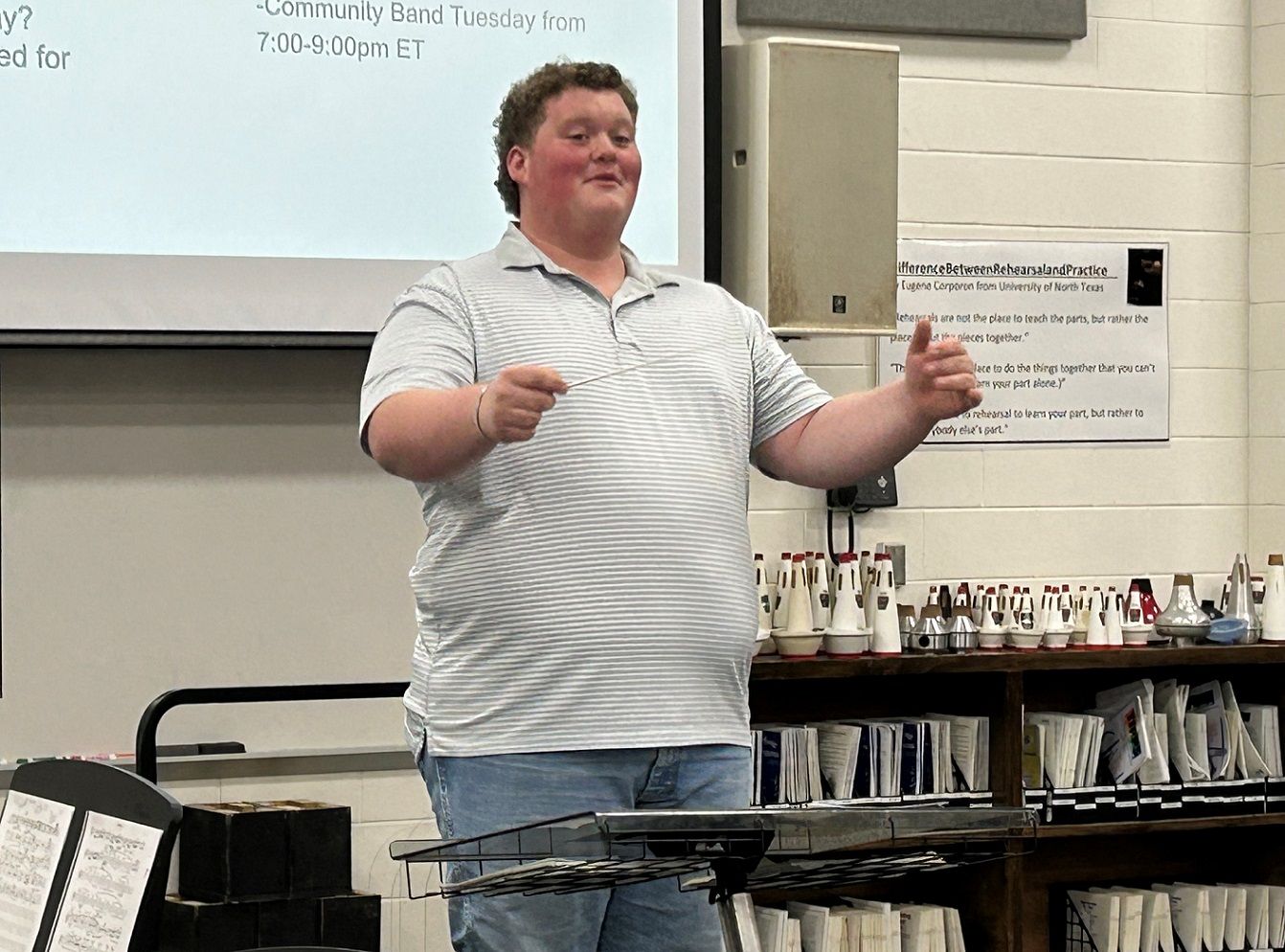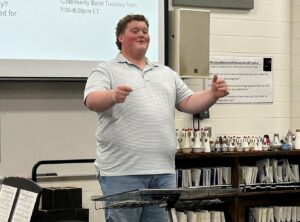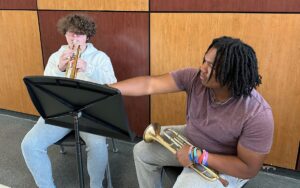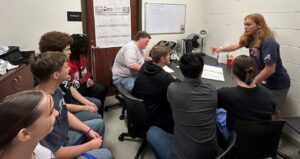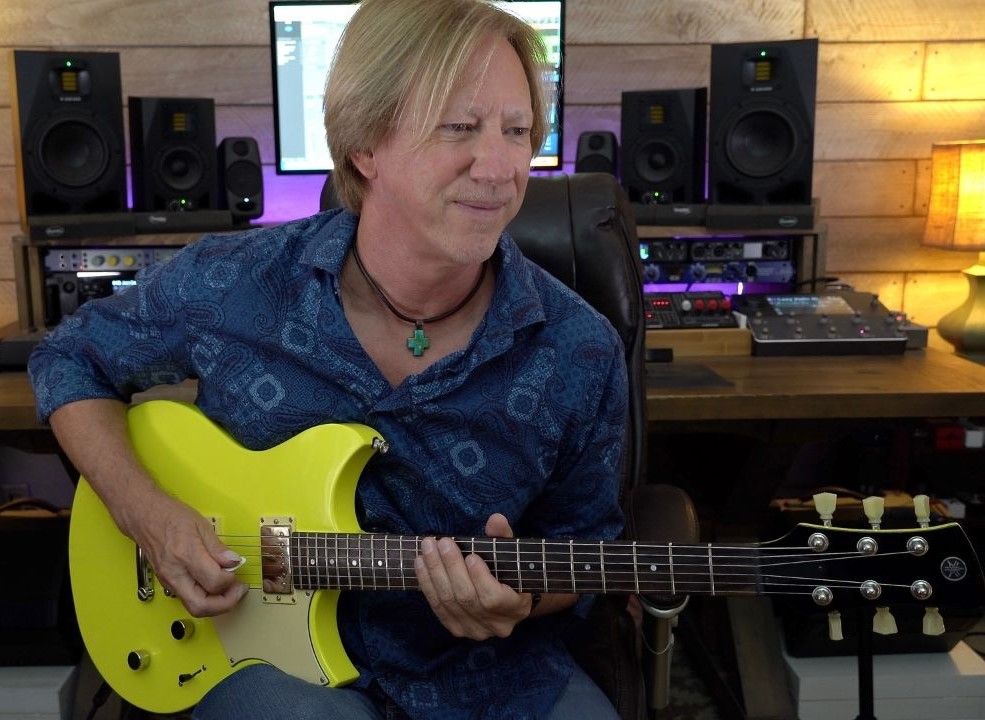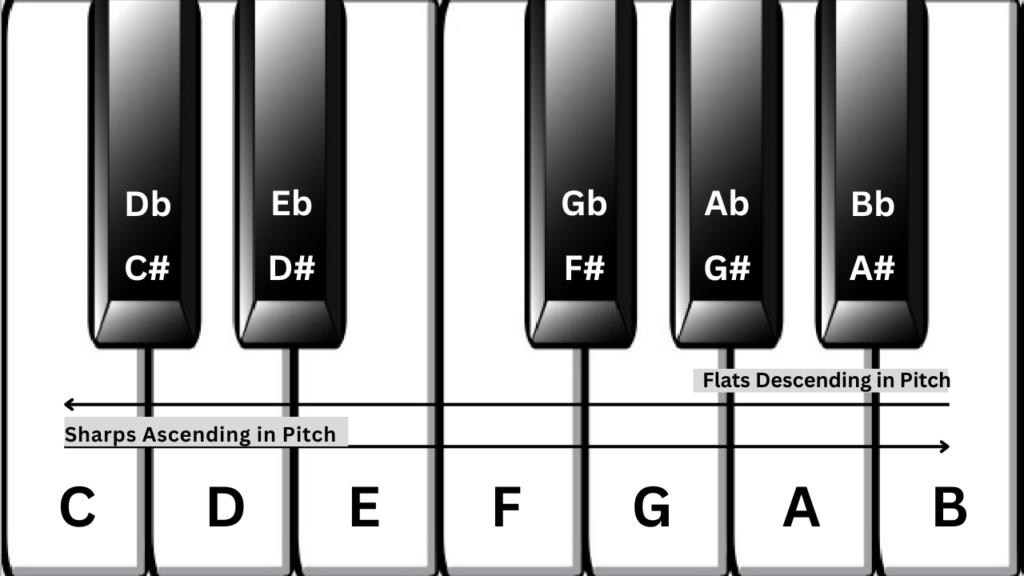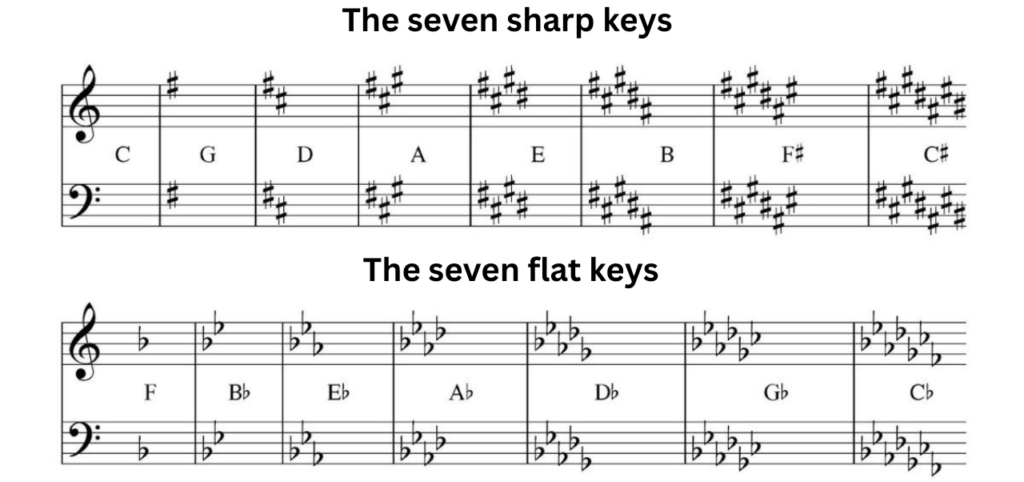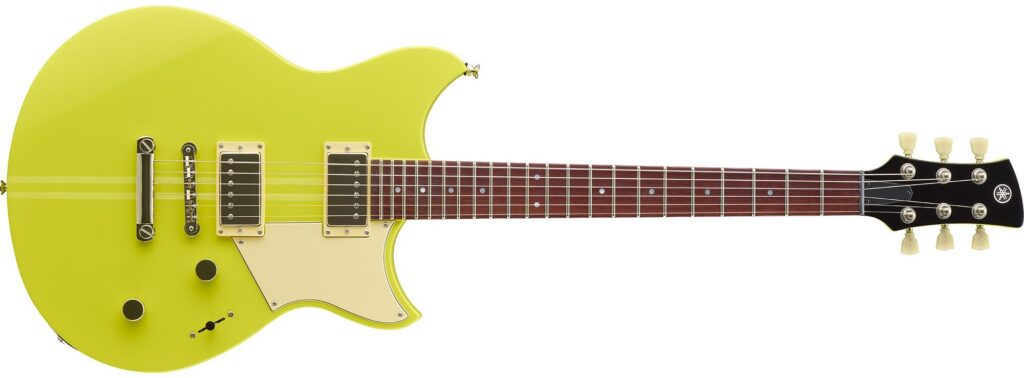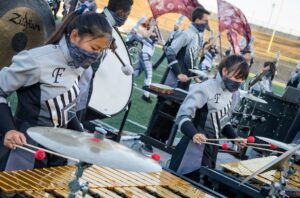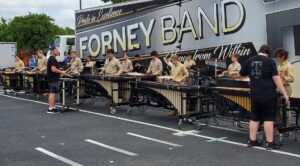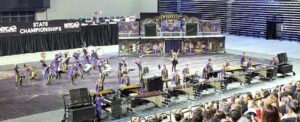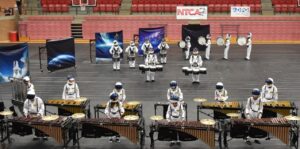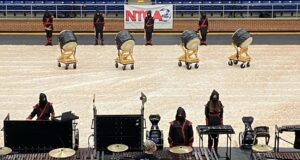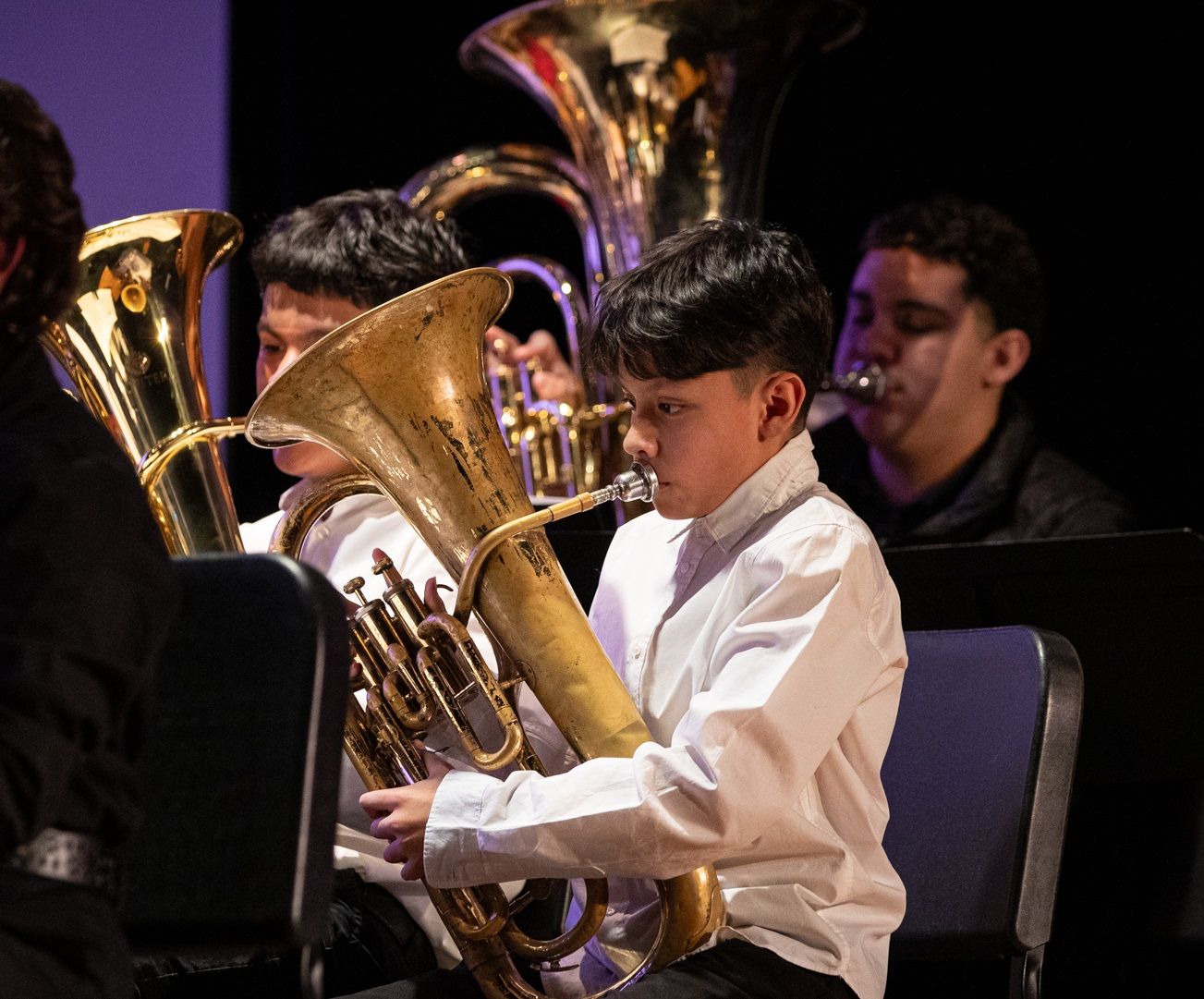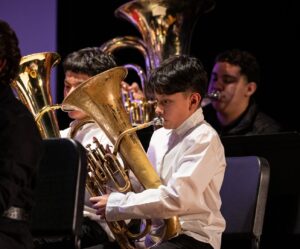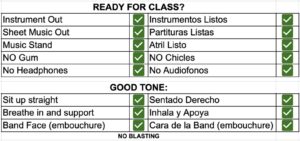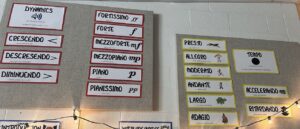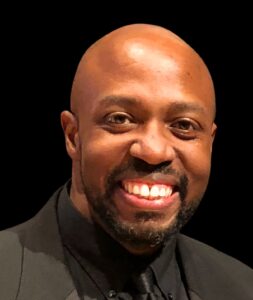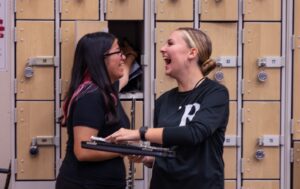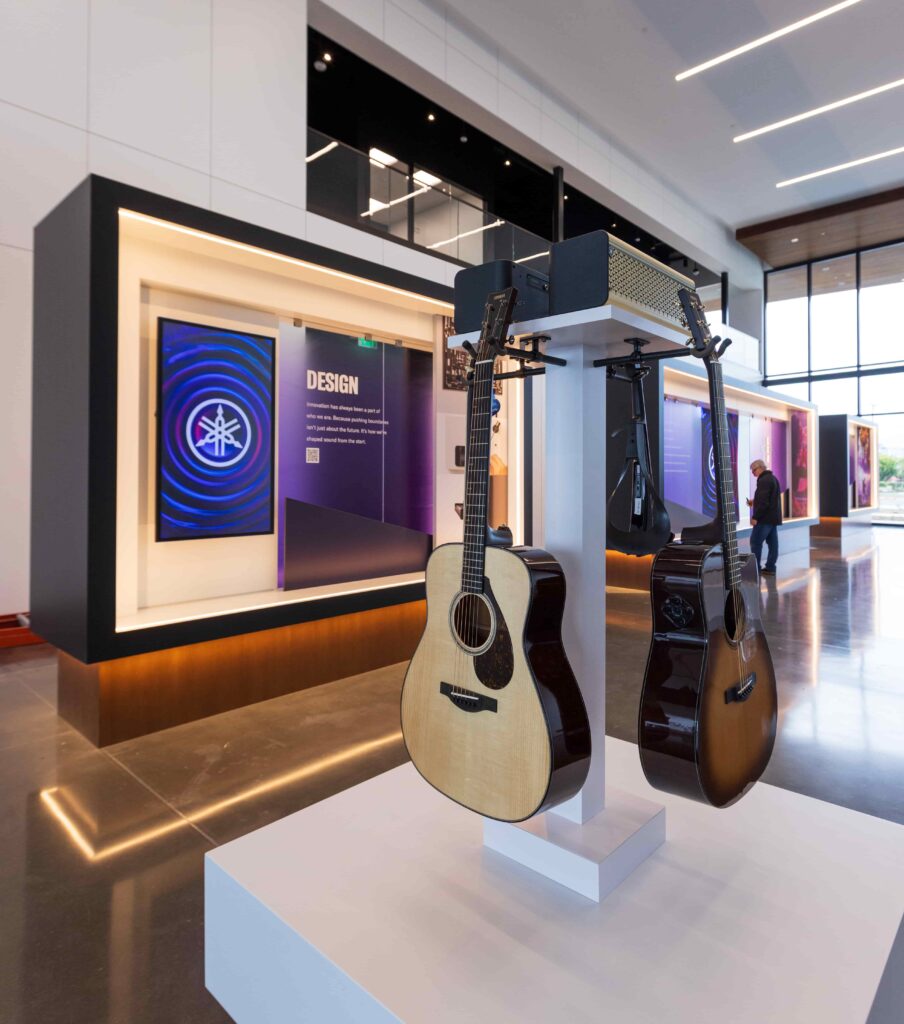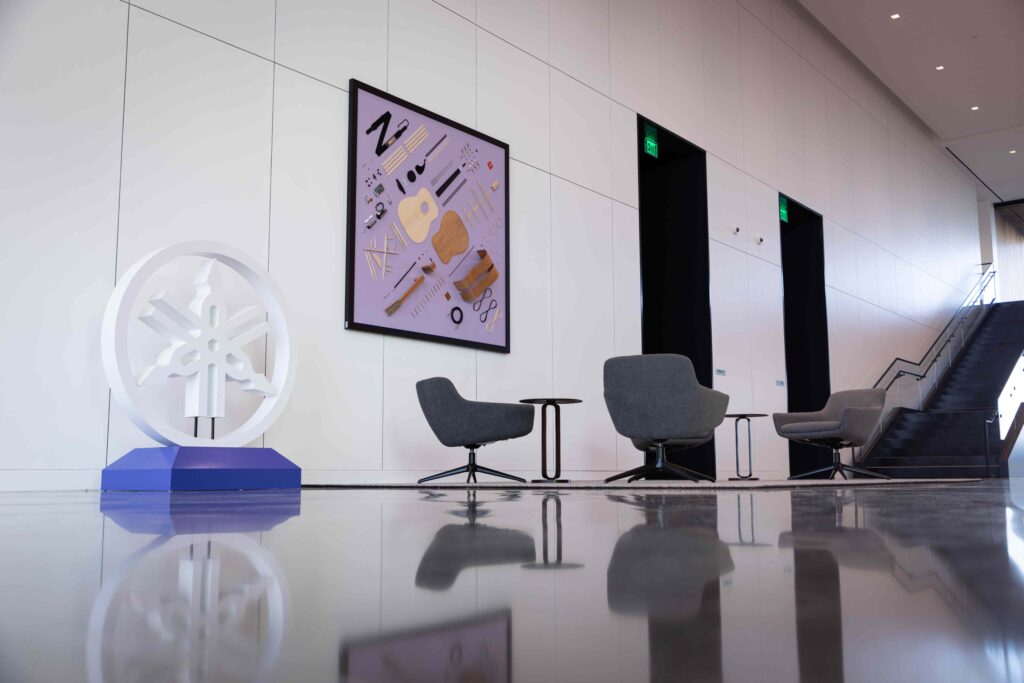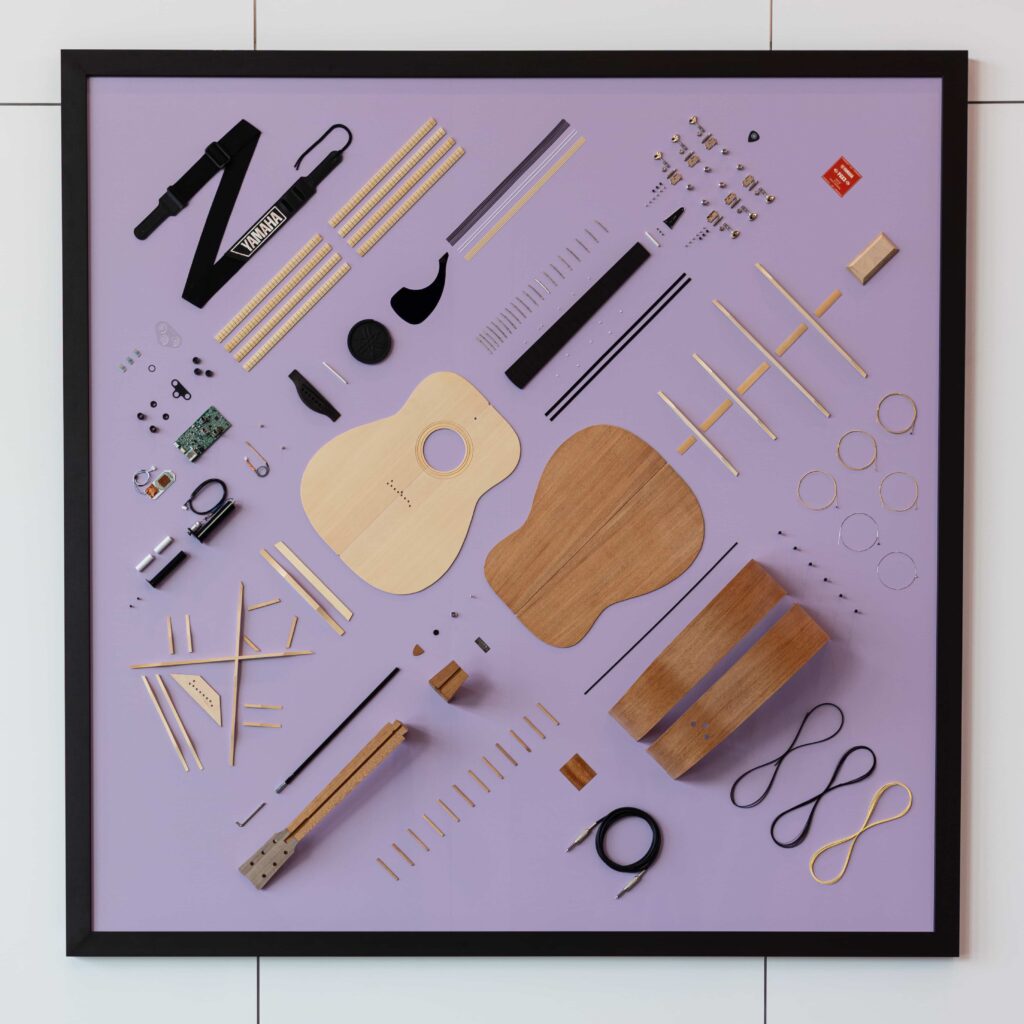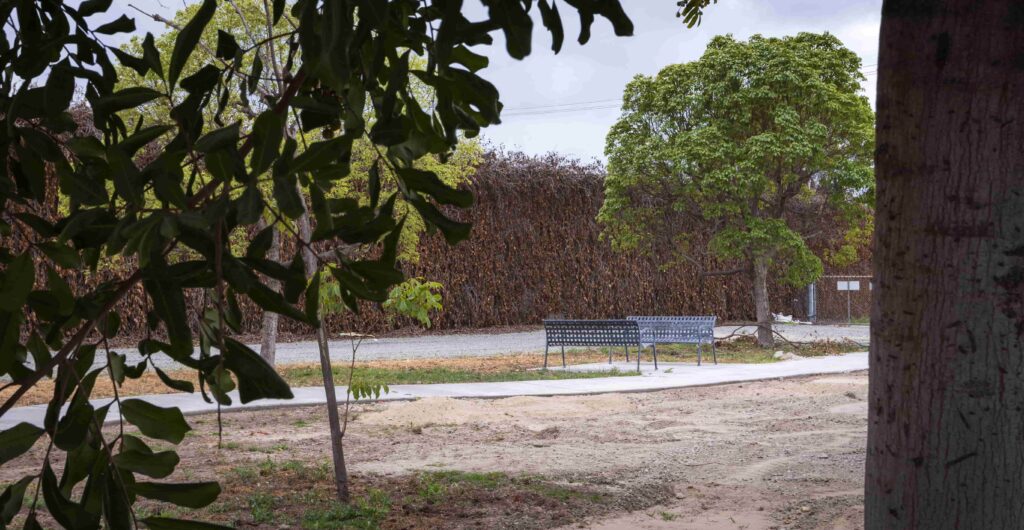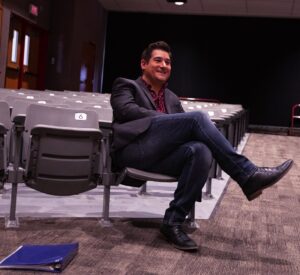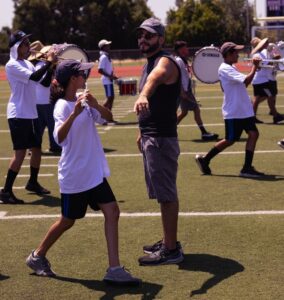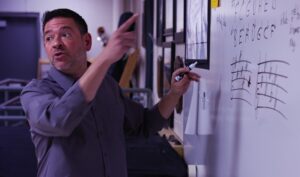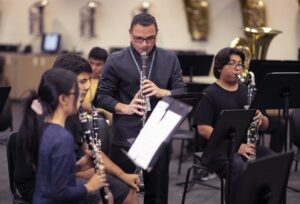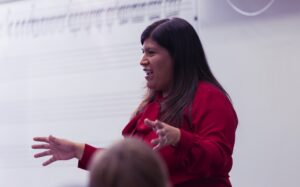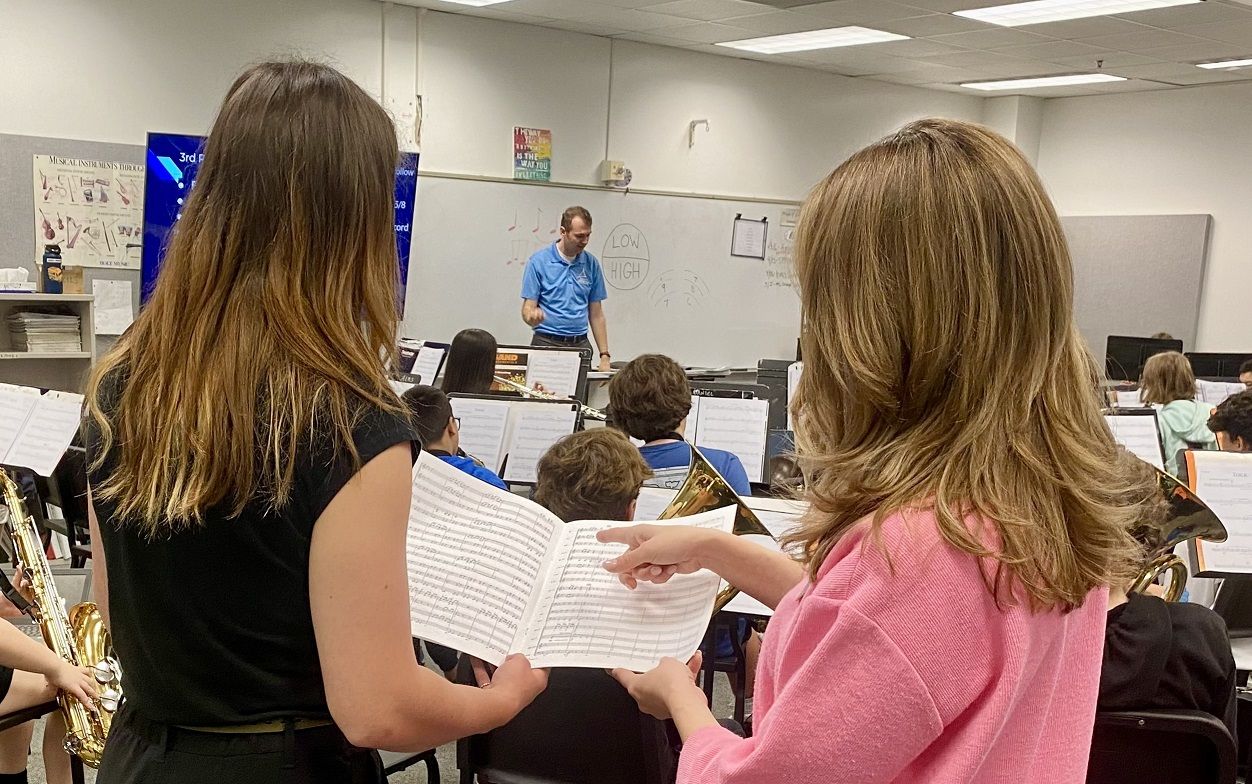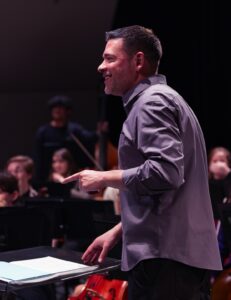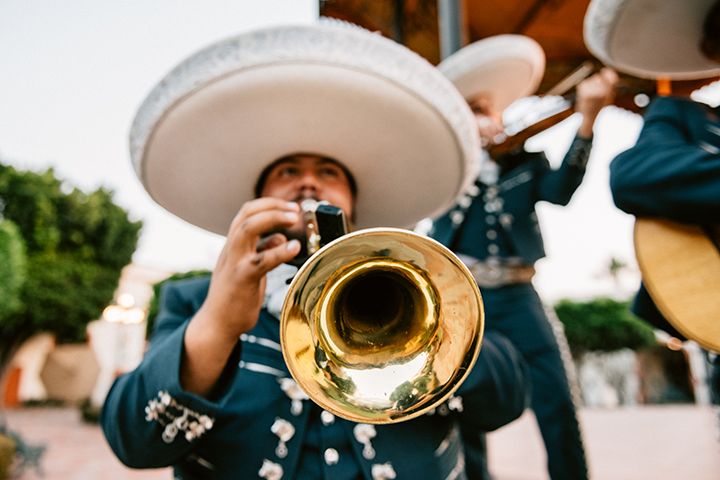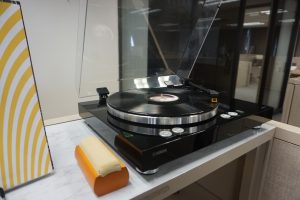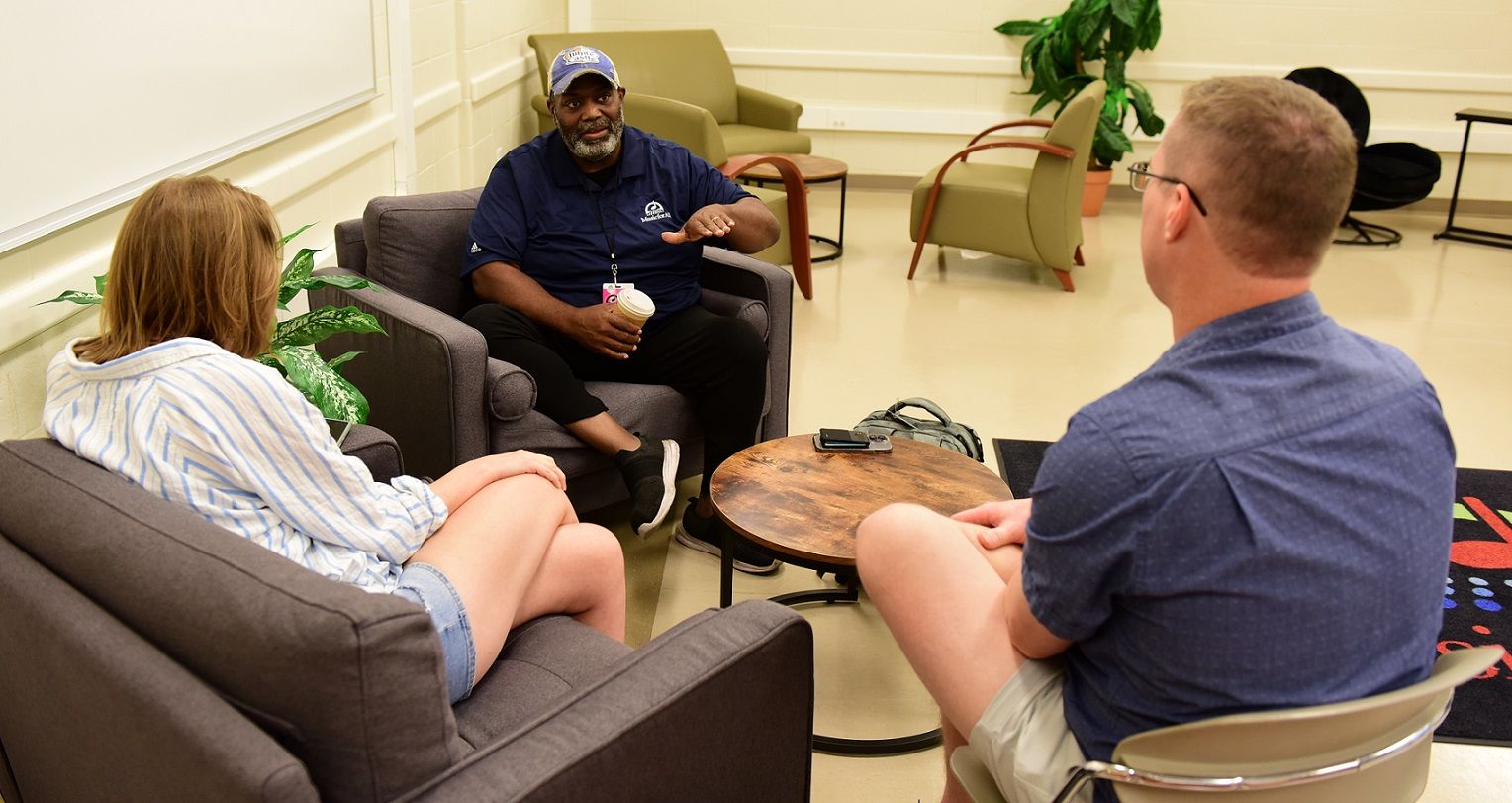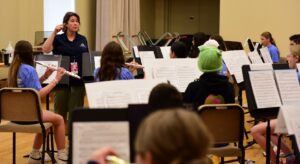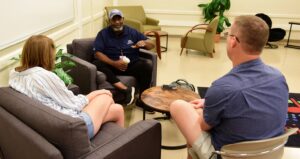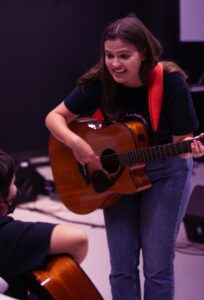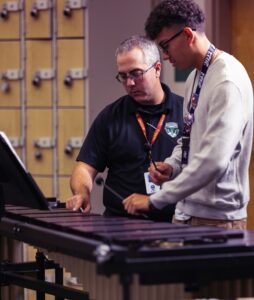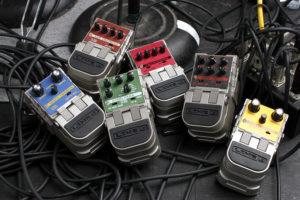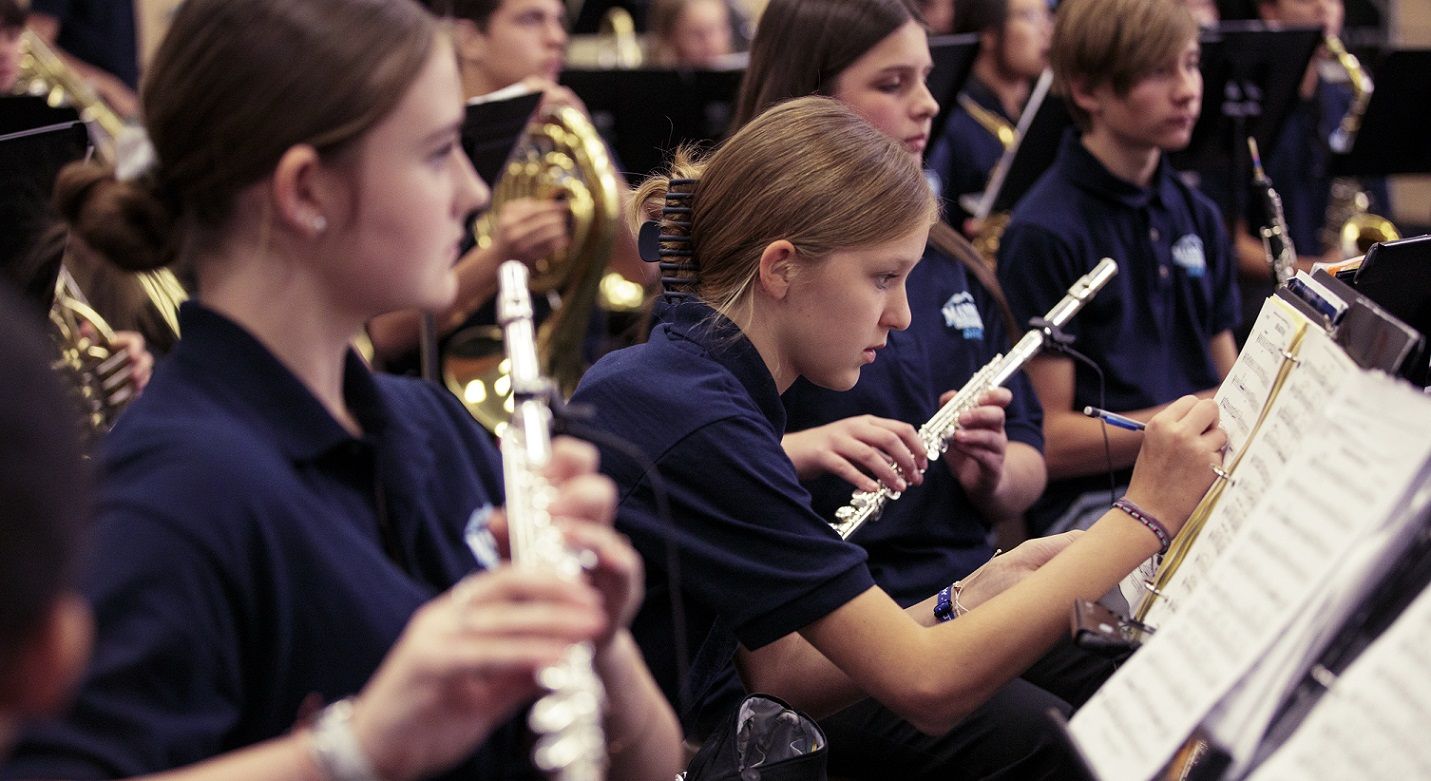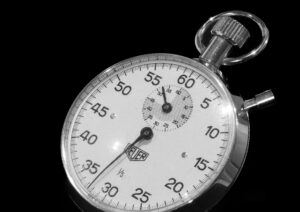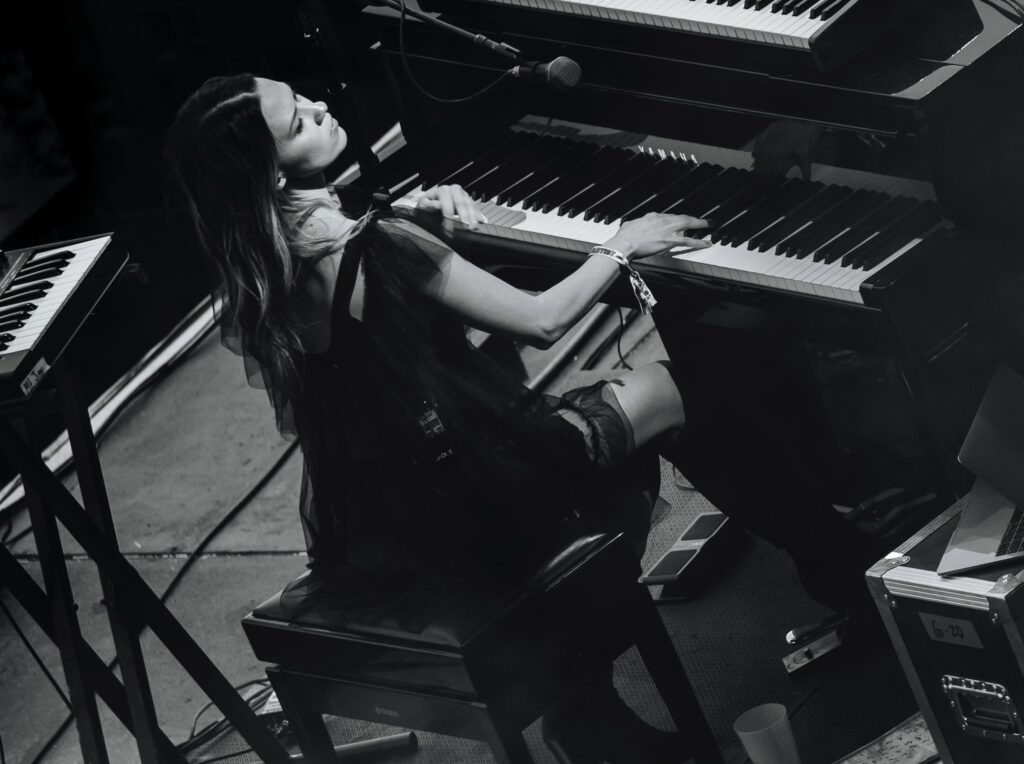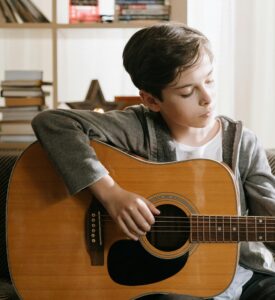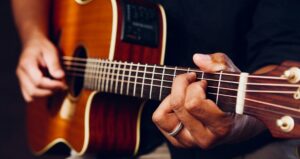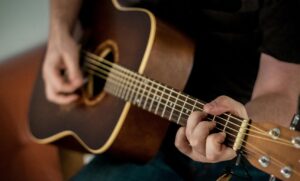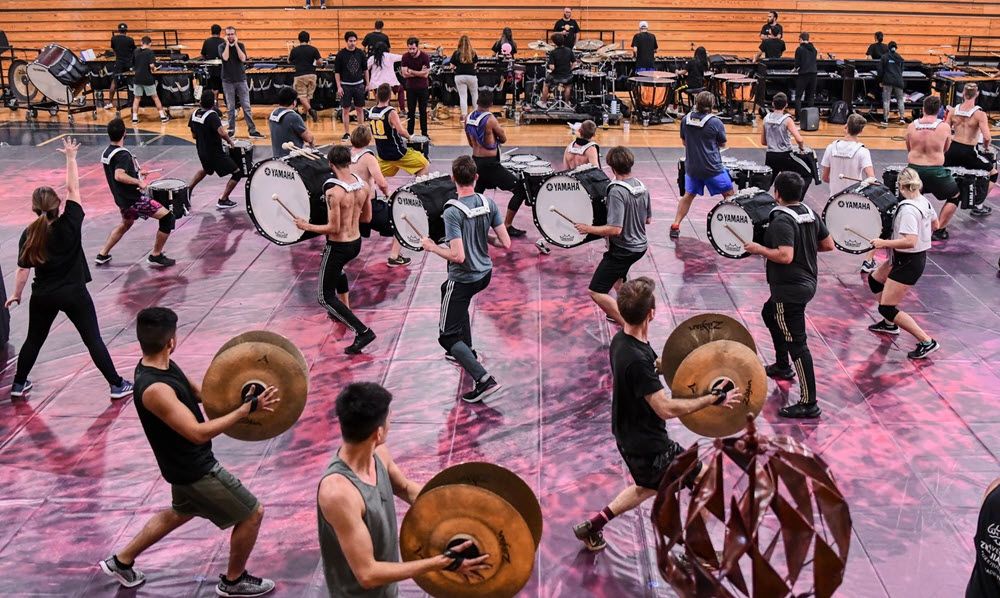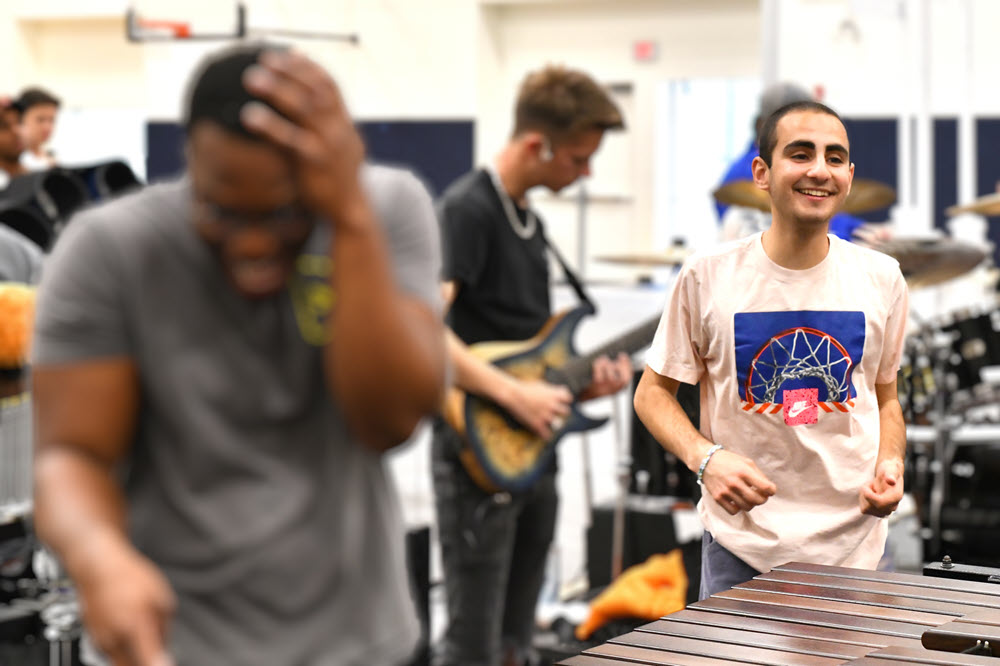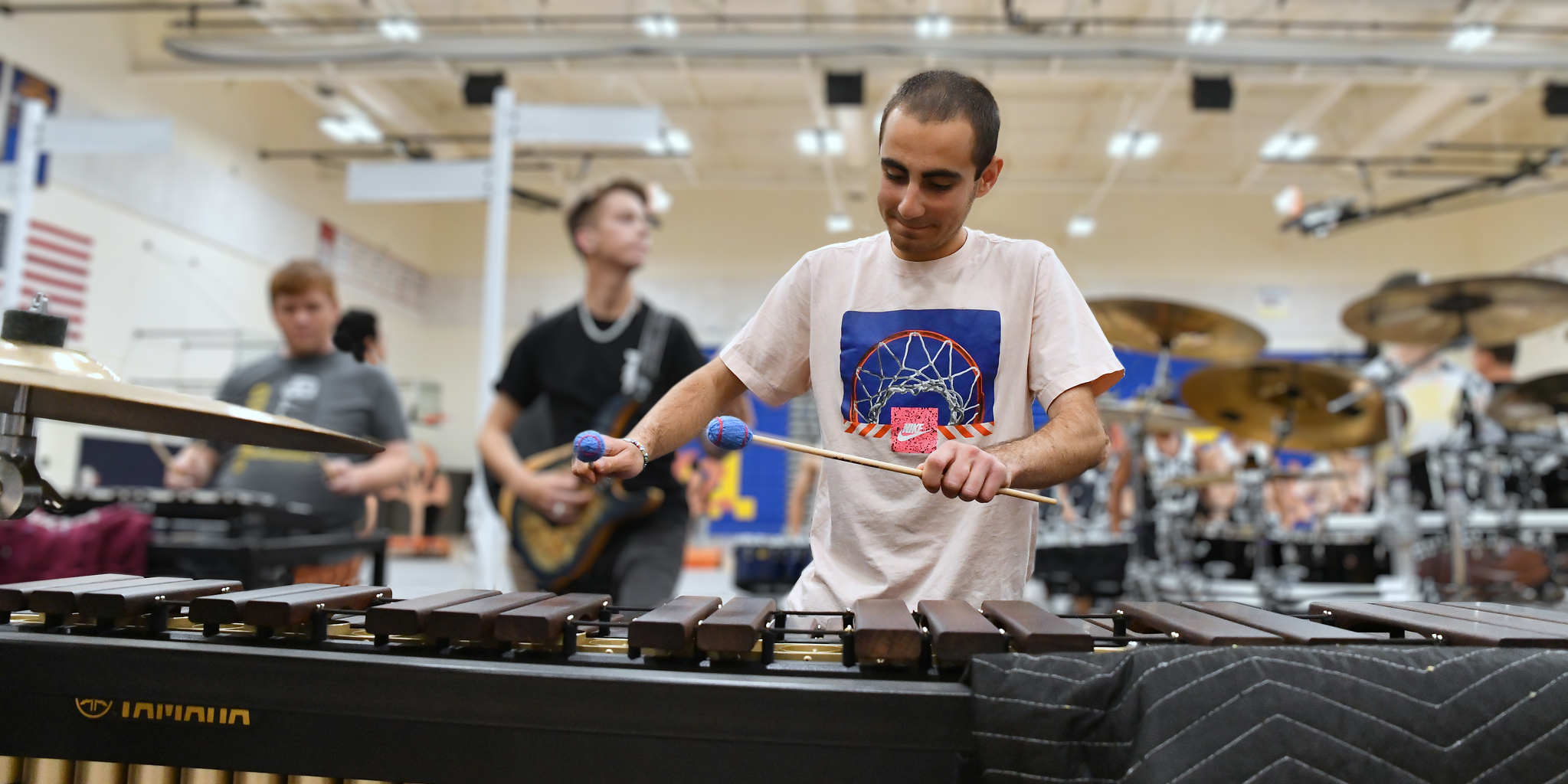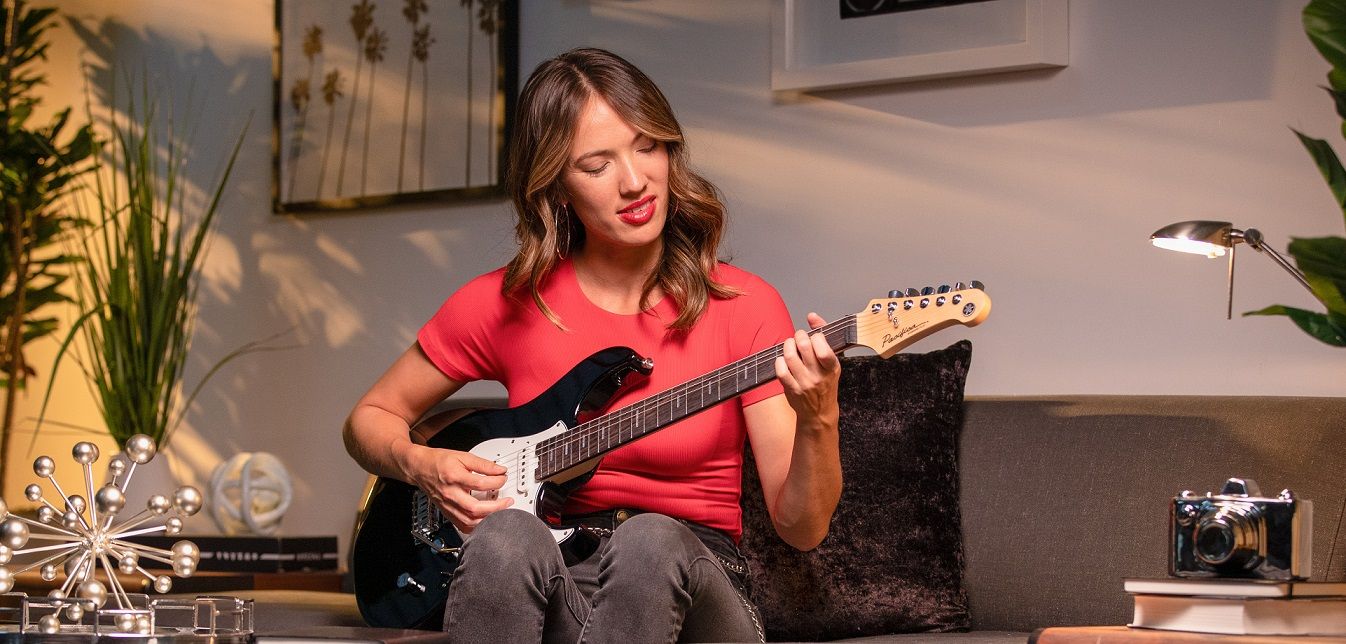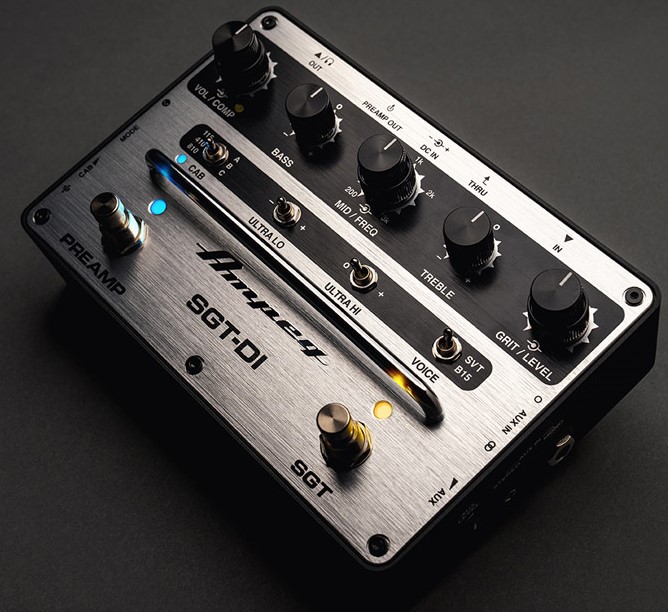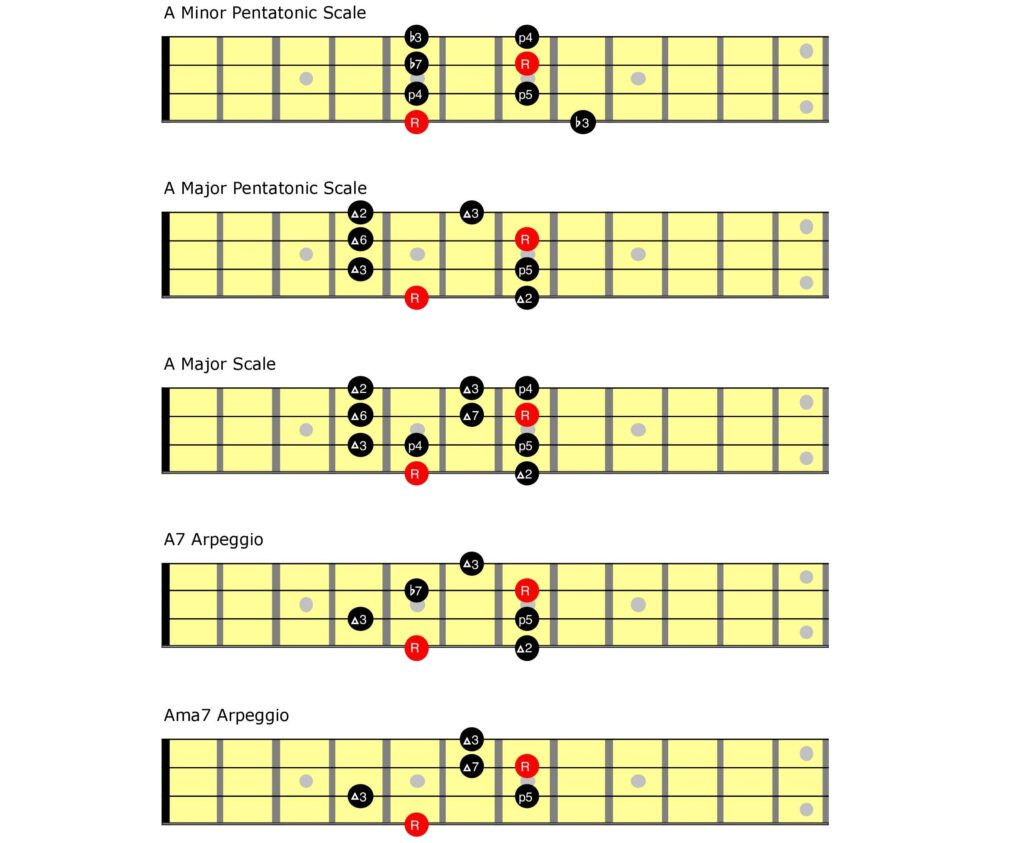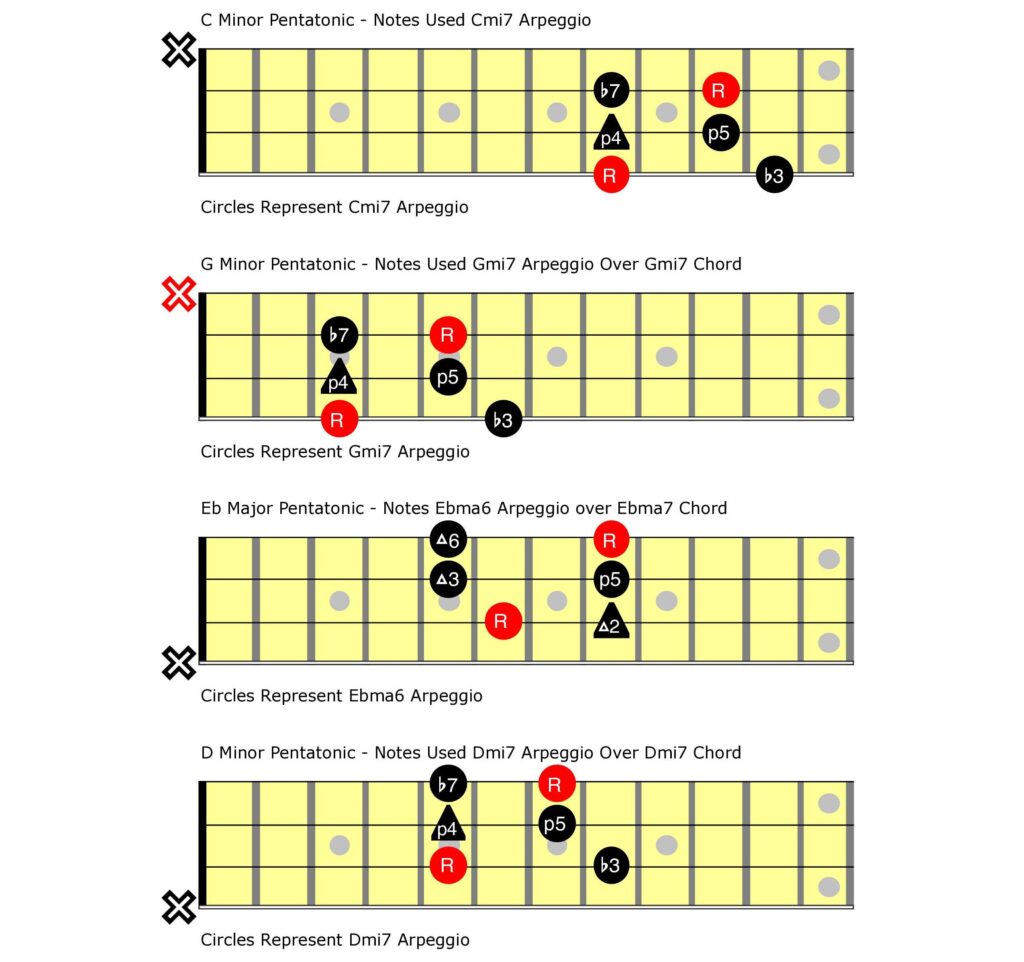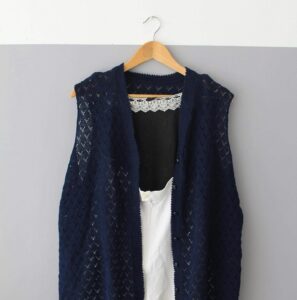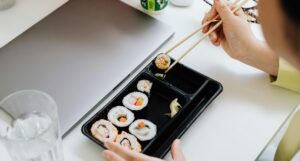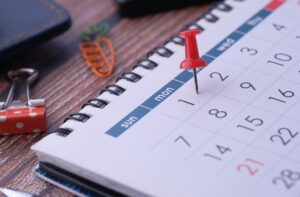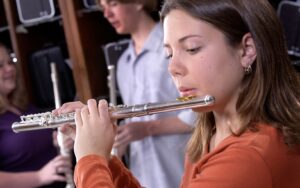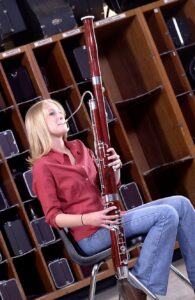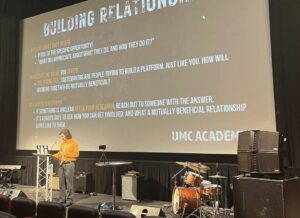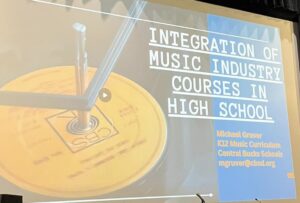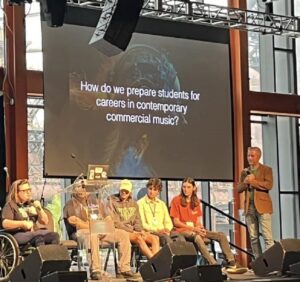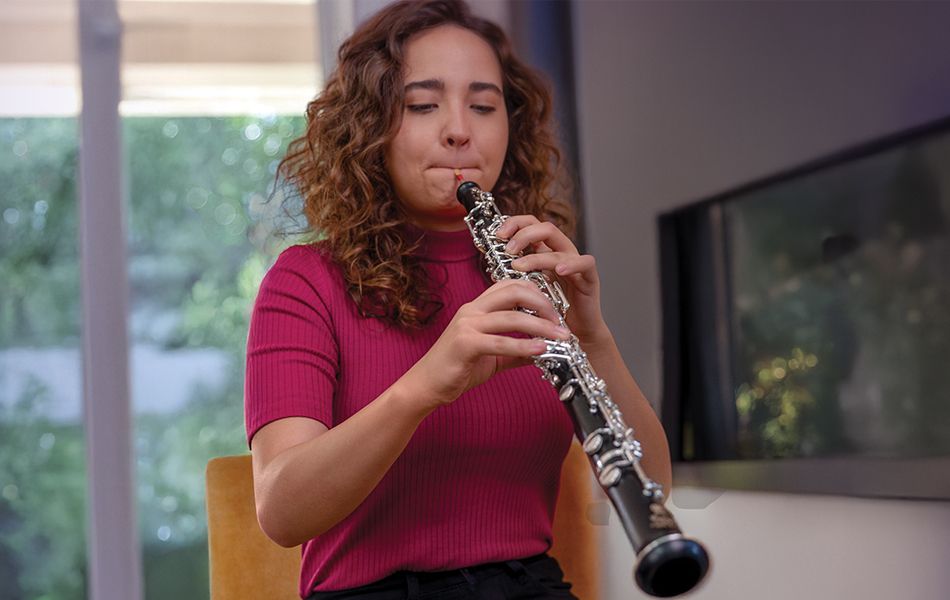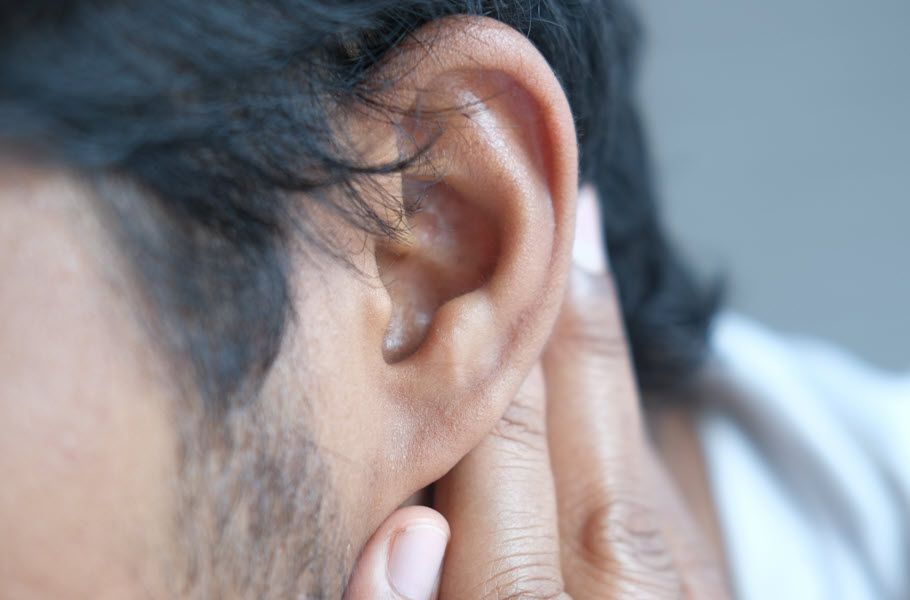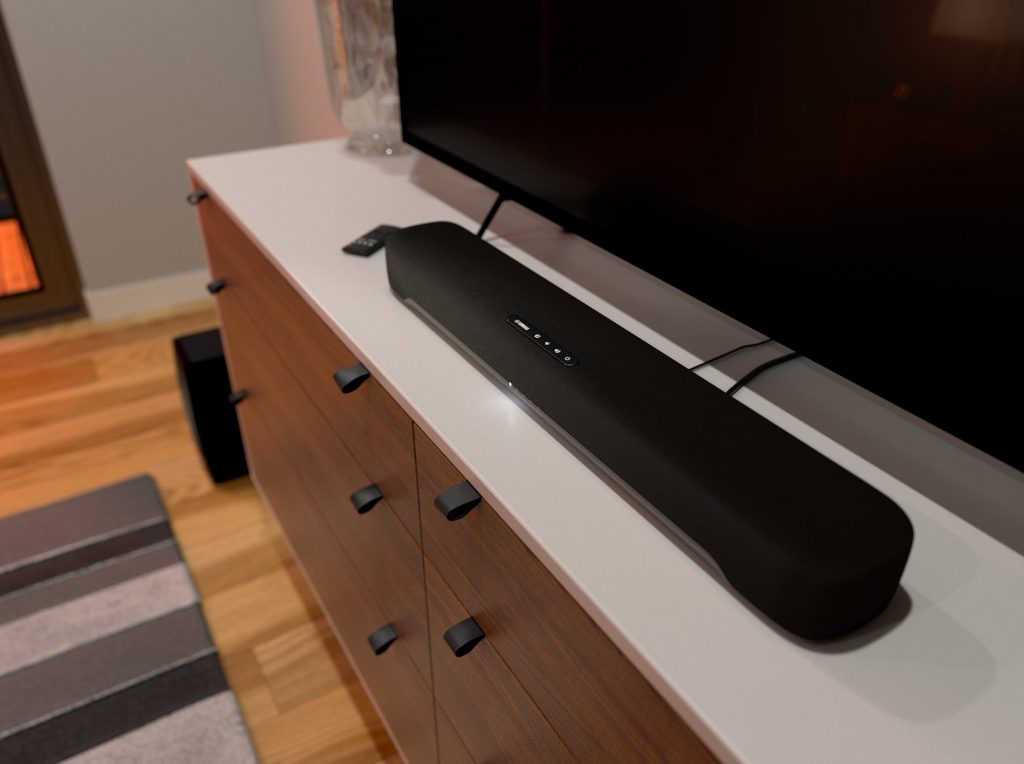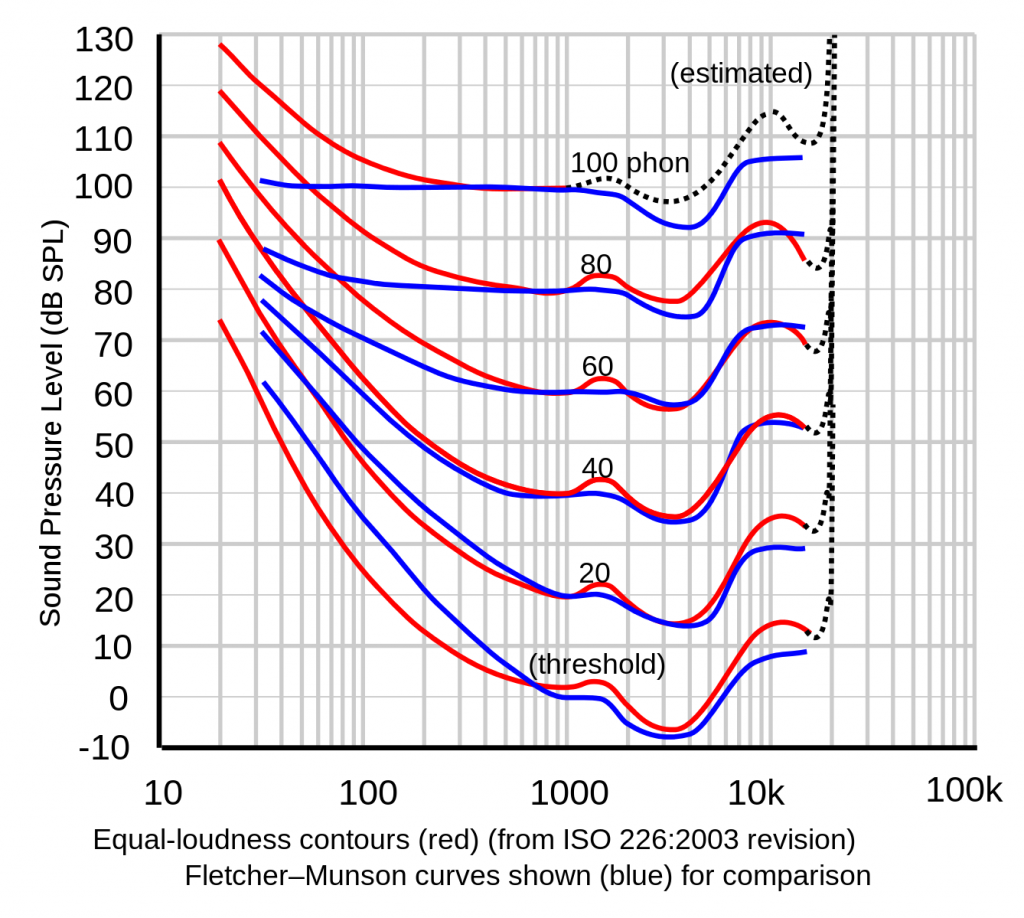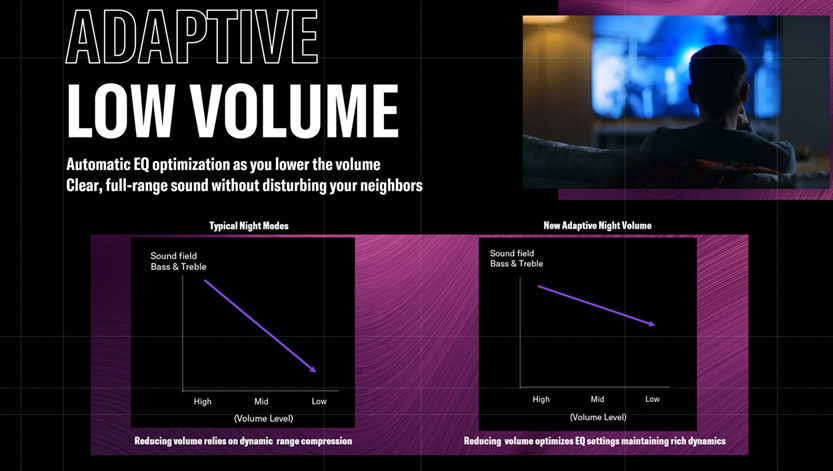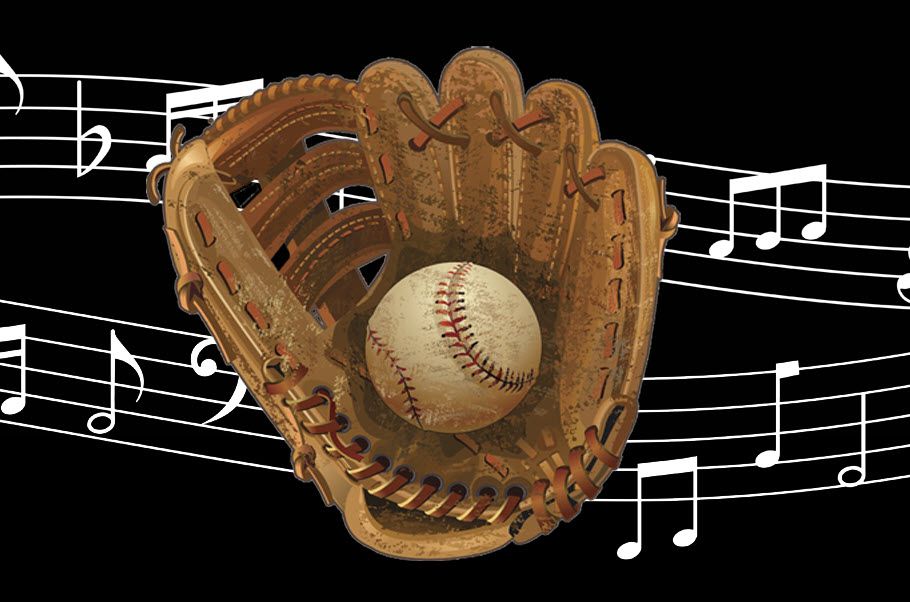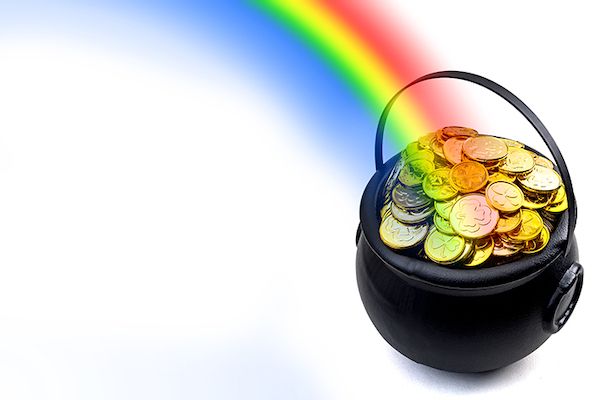Bro Paul Brown on Playing Every Note with Gratitude
The award-winning keys player and producer shares how he was a once-destitute kid who found a lifelong home in music
Written by Lisa Battles
Memphis-based keys player, songwriter and producer Brother Paul Brown has an unforgettable spirit onstage and off – full of life and contagiously positive.
It’s in how he produces and plays with other artists, carefully enhancing their gifts without imposing his own. And when he shares his own stories, he affords that same kind of reverence and grace to earlier versions of himself, along with a lot of laughter.
His presence is as much about what he doesn’t bring as what he does. There’s no fear of being seen, no shame in his circumstances and no holding back the memories, whether heart-filling or heart-wrenching.
There’s also no fear of being heard, because he sees the lessons in all of it and wants to inspire others by sharing them.
Valuing lessons and progressions
Brown sets the scene for the story of his difficult early life by matter-of-factly stating that he wet the bed until his late teens before launching into the details and, most importantly, what he’s learned.
He was 12 when his mother died and his stepfather left him and his siblings to fend for themselves. The Department of Human Services sent them first to juvenile court and then to Tennessee Preparatory School in Nashville, a school for homeless youth.
As a teen, juvenile court guards and a dorm supervisor at TPS shamed him for bedwetting. One time, the dorm supervisor threw his mattress on the lawn with his name tagged on it for other students to see.
“It was just, oh, it was horrible. But she had this bright idea that if she did that, it would solve it. And of course it didn’t. But it was so humiliating, it made me strive that much harder to be better. Music was the one thing that I felt I could be really good at, and I felt like it was my purpose in life. That experience just pushed me harder,” Brown says.
Many years later, R&B artist Shirley Brown threw one of her high heels at him mid-show the first time he played with her. That was her way of checking him for inserting a little too much funk during one of her soft ballad breakdowns. While she missed, he says their conversation afterward taught a lesson that forever shaped his complementary style.
By then, a flying shoe only felt like an invitation to learn something after what he’d been through to find his way back to Memphis and be on that stage.
Finding a home in music at a homeless school
Despite it being a school for homeless youth, Brown found a home in music not long after he arrived as a preteen.
He credits the school for opening the world of music to him, with specific gratitude to two teachers who saw and nurtured him and his gifts. The first, Barbara Biggs, introduced him to the piano.
“What was so incredible is that she somehow realized how this instrument was gonna save my life. She just saw and felt how connected I was to it and fostered that. She would allow me to come in after school, sit down with me and show me songs, taking all this extra time. And I tell you, man, it just transformed my life,” Brown says.
At one point, a foster couple in Memphis took Brown, and the experience did not go well. They treated him poorly, he says, before returning him to juvenile court one night under the pretense of going out for pizza. He learned they’d told administrators he’d caused them trouble.
Sent back to TPS for the remainder of high school, deeply shaken and confused, Brown met Jerry Pickle, the second music teacher who took a special interest in him.
“He was a brilliant piano player. He saw how rattled I was, and he just took me under his wing and brought me back to life,” Brown says.
Pickle set him up with a dedicated space and time to learn instruments like sax, trumpet and flute. Brown formed a band and also played his first show ever in the school’s auditorium, using both the piano and organ to play Foreigner’s “Cold as Ice.”
His teacher also introduced Brown to country artist Louise Mandrell, who would become his musical sponsor for a time. She gave him a trumpet, had him play a couple of songs at a local appearance with her and took him on his first record store visit to buy a player and albums. Already a huge rock fan, he chose Black Sabbath, KISS and Foreigner.
As Brown began to thrive and get attention for his talent, things started changing for him at school. Mandrell’s sponsorship abruptly ended. They were each told separately that the other wanted that, which wasn’t true. About four years ago, they reconnected and have remained close since, Brown says.
The school also ended his other music privileges, so he left TPS, this time for good. At age 17, he scaled the dorm wall with a road atlas and his trumpet.
Memphis, the Mississippi River and expanding musical horizons
Brown ran away to Memphis and was homeless again, often sleeping in city parks while looking for work. Not surprisingly, someone stole his trumpet one night as he slept.
With survival as his priority, he pressed on to find a job. One of his brothers, Pete, told him where to get hired as a deckhand for boats hauling crude oil barges up the Mississippi River. While it took many tries to get the job, he eventually did and says he enjoyed the good money, especially being able to buy and practice instruments again.
“When I got on the river, I had nothing. By the time I left the river, it would take me two or three trips to get all of my music stuff. I had like three or four different guitars, amps, and I’d gotten myself a trumpet. Oh man, it was crazy. I already knew it was gonna be my career,” Brown says.
Things were looking up until one day, when the boat, with three barges attached, hit a bridge and almost sank. Brown asked for time off to mentally regroup. When denied, he quit. A month later, the same boat hit a lock and sank, killing three deckhands and the cook, he says.
Not long after, he married his first wife and started a family with her, having twin sons, Paul and Pat (the latter of whom passed away in 2020). Brown did odd jobs to make ends meet – car washes, building fences – until landing at a music store. That reconnection eventually opened opportunities to rehearse, play and meet other musicians in the Memphis scene of the mid-1980s.
He learned how to use a sequencer and arrange music while touring with a hotel-circuit pop-rock band. After their sets, he and the band’s drummer would jam late into the night, experimenting with other musical styles. The two of them moved back to Memphis above a recording studio, and more connections developed from that. He got his first publishing deal and started recording his first original songs, and other artists started picking them up.
A studio connection recommended him to The Bar-Kays after the departure of the funk band’s original keyboard player, Winston Stewart, who moved on to work with Shirley Brown. When Stewart left that gig, Bro Paul was a natural fit – at least after the shoe-throwing incident. He then worked with Hi Records’ soul artists, Ann Peebles and Don Bryant, and blues artist, Bobby Rush, the latter with whom he’d earn his first GRAMMY® Nomination in 2014 for producing “Down In Louisiana.”
“One memory I can still see in my mind’s eyes was Stax session guitarist and a true hero and mentor of mine, Bobby Manuel, and I at each end of that beautiful console, riding faders together on Ann Peebles’, Mavis Staples’ and Shirley Browns’ vocals and mixing those records with so much feel and love,” Brown says.
Returning to Music City and the greatest gift
Eventually, Brown met the woman who’d become his second wife, a paralegal named April who lived in Knoxville. In 2006, when a friend called and urged him to return to Nashville for a standing gig at the city’s B.B. King’s Blues Club, he and April decided to meet in the middle of the state and start a life together.
Brown landed the gig at B.B. King’s and picked up many others, while continuing studio projects and touring with established artists. He quickly became known beyond his musical abilities for his unwavering dedication.
One legendary example is the night he insisted on playing his gig with Mike Farris despite having an accident that took off the tip of his ring finger while unloading gear earlier in the day.
“When we talk about pivotal moments or an epic moment in my musical life, it’s like … That happened, and I still did the gig,” Brown says.
(Many years later, it was Farris who recommended Brown to play with Gloria Gaynor on her Grammy-winning gospel album “Testimony” in 2020.)
Over time, he and April grew apart and began the process of divorce in 2010. That ended abruptly when April called one day for help after a fall. He rushed to her aid, and they learned she had stage IV metastatic bone cancer. They stayed together during her treatment and journey afterward, during which time April discovered her own musical and artistic gifts.
Given a Native American flute as a gift during a cancer wellness retreat, April took to it naturally. She then tried her hand at oil painting and created beautiful works on canvas. She and Brown recorded an album together, “Elders and Ancestors,” released in 2015 and still used as a calming tool in many cancer treatment centers all over the world, he says. April transitioned in 2017.
“I watched her get so much out of cancer instead of getting beaten down by it. She gained so much and gifted me so much from it, just being able to take this journey with her,” he says. “She never looked at it as something that was taking life from her. She always looked at it as though it was giving her something, a gift, which gave me a gift.”
Brown says he learned an unforgettable lesson in humility, seeing how she used her newfound talents not for personal acclaim but to inspire others not to give up to cancer.
In the cyclical way he’s seen his work and life play out, he’s now working again with Trish Bowden, who helms the label that released that record.
This latest project with Bowden is a tribute album to blues singer Koko Taylor and will feature many talented guests. He says one of the things he cherishes most about gaining all of these experiences and perspectives is that he can bring them all into the studio to support and produce great vocalists.
“Humility is a big one for me these days. I feel a lot more humility in the things that I do and the things I accomplish, because I feel like what I’m accomplishing is for the good of other people, supporting artists and helping them be as great as they can be,” Brown says. “My sweetheart Janni Littlepage, who is an amazingly soulful singer, songwriter, pianist, garden designer and painter, is the same way. There’s so much selflessness to her, and she inspires me and so many others by what she does.”
A blues tour, a bluegrass show and a new band
For the past 11 years, Brown has been part of The Waterboys, a rock group founded in 1983 by Scotsman Mike Scott. They connected in 2013 through a Kentucky-based folk singer, bluegrass artist and radio show host, Michael Johnathon.
During their tour promoting “Down in Louisiana,” Bobby Rush and Brown played Johnathon’s show, “WoodSongs Old-Time Radio Hour.” They hit it off, and Johnathan invited Brown back to play with his band for several more shows. A big fan of The Waterboys and Scott, Johnathon booked the band and recommended that they have Brown join on organ.
“Recommended” may be an understatement. As Brown describes it, it took three persistent emails from Johnathan to convince Scott to give him a chance.
“We did the show, and it’s on film. It just turned out so beautiful. After that show, Mike Scott said, ‘I don’t know how or when, but we’re gonna work together again,’” Brown says.
One day and a year later, Brown received an email inviting him to be part of the group’s next album, and he’s been with them ever since.
With gratitude and humility, he’s got faith in being right where he needs to be.
“My playing to me speaks volumes in gratitude,” Brown says. “I get people who come up to me after a show and tell me how great they feel after watching me play, how much joy they feel. They ask me where that comes from, and I’ll always say the same thing. It’s gratitude. It’s gratitude. Every note that I play is just filled with gratitude … Sleeping in parks and the hardships – it’s all in there.”
The Three440 Artist Story Series takes you beyond the spotlight and into the real lives of Yamaha Performing Artists. Each story is a window into the creative process, pivotal moments, setbacks and victories that define an artist’s path.









